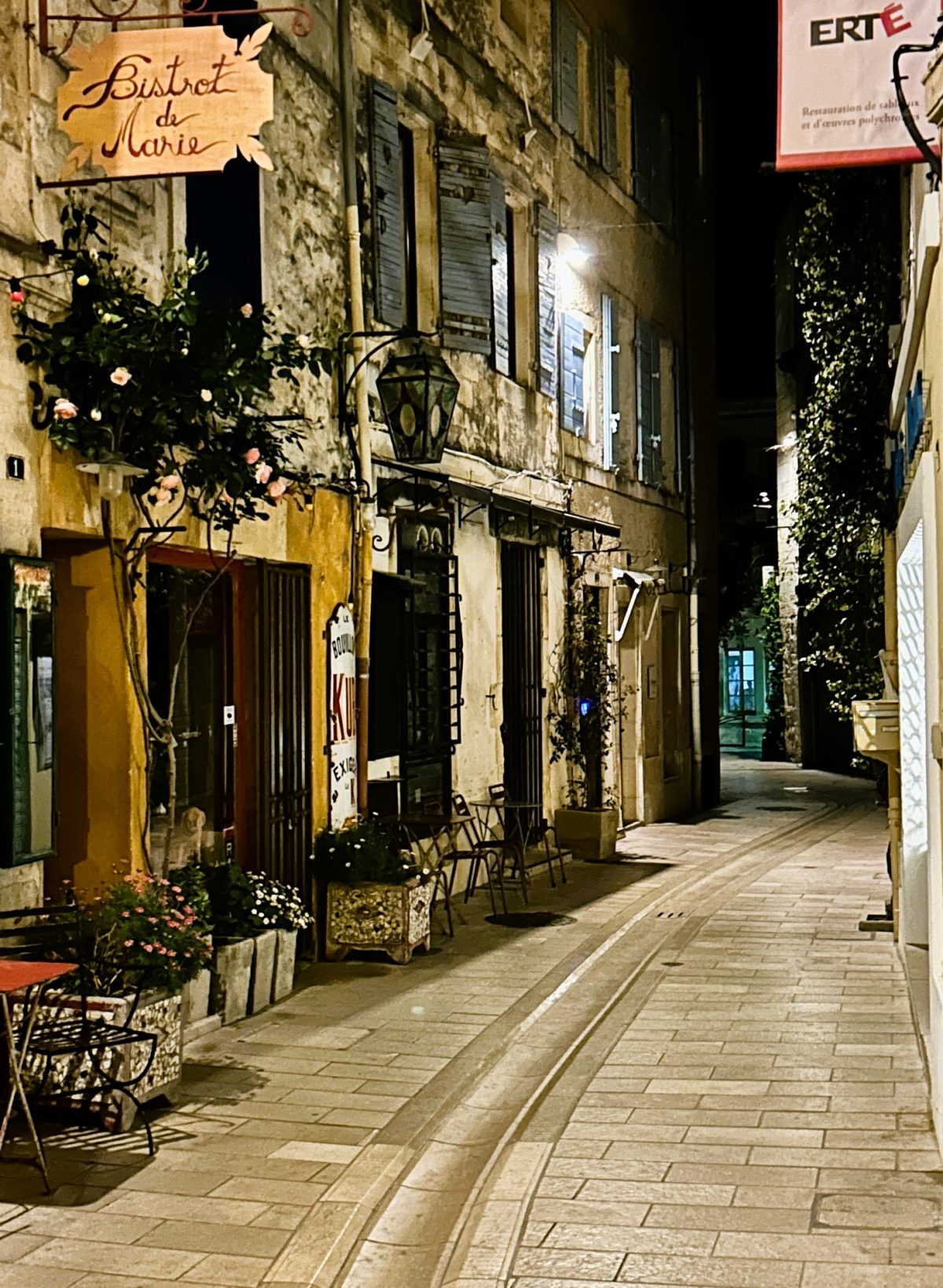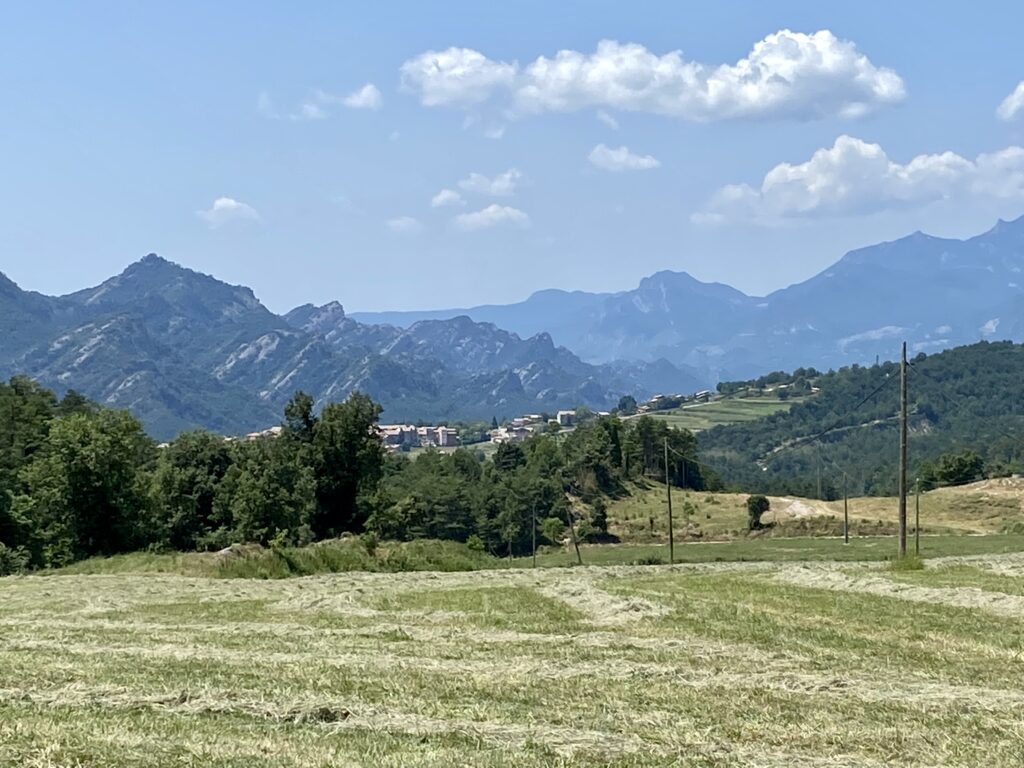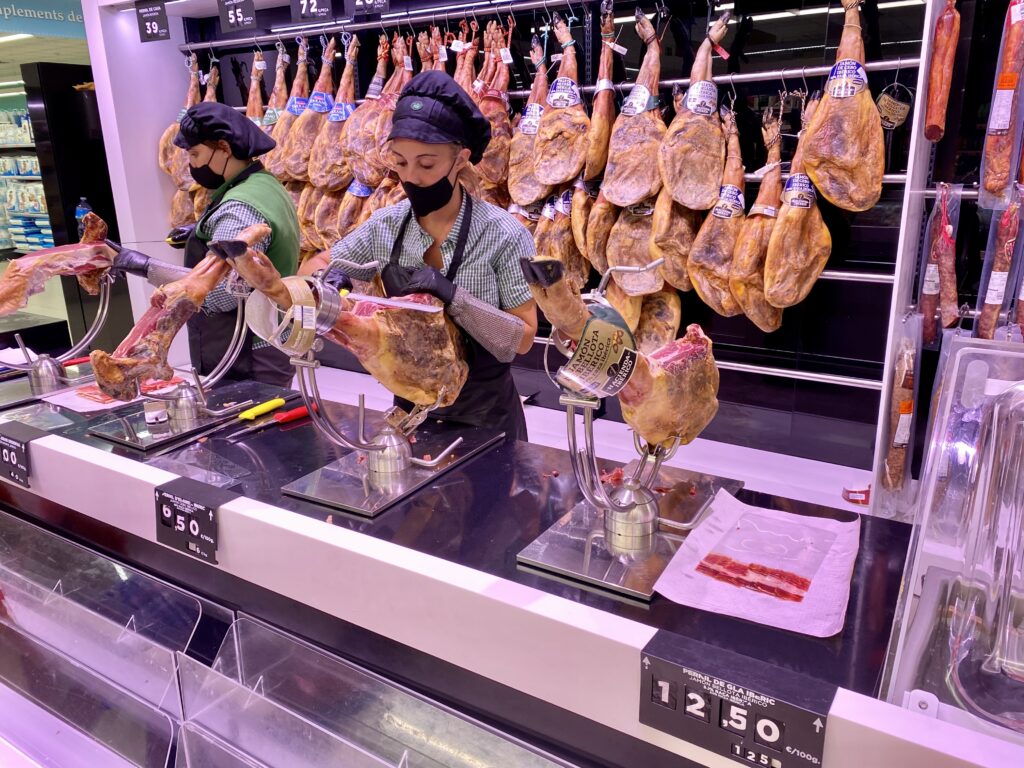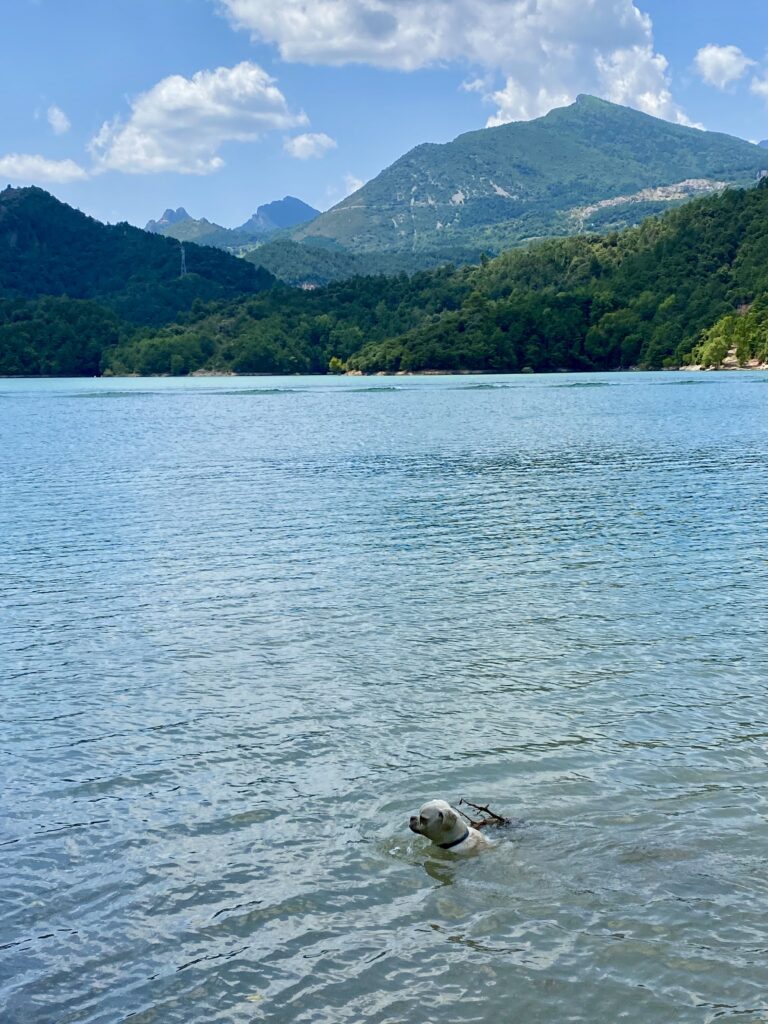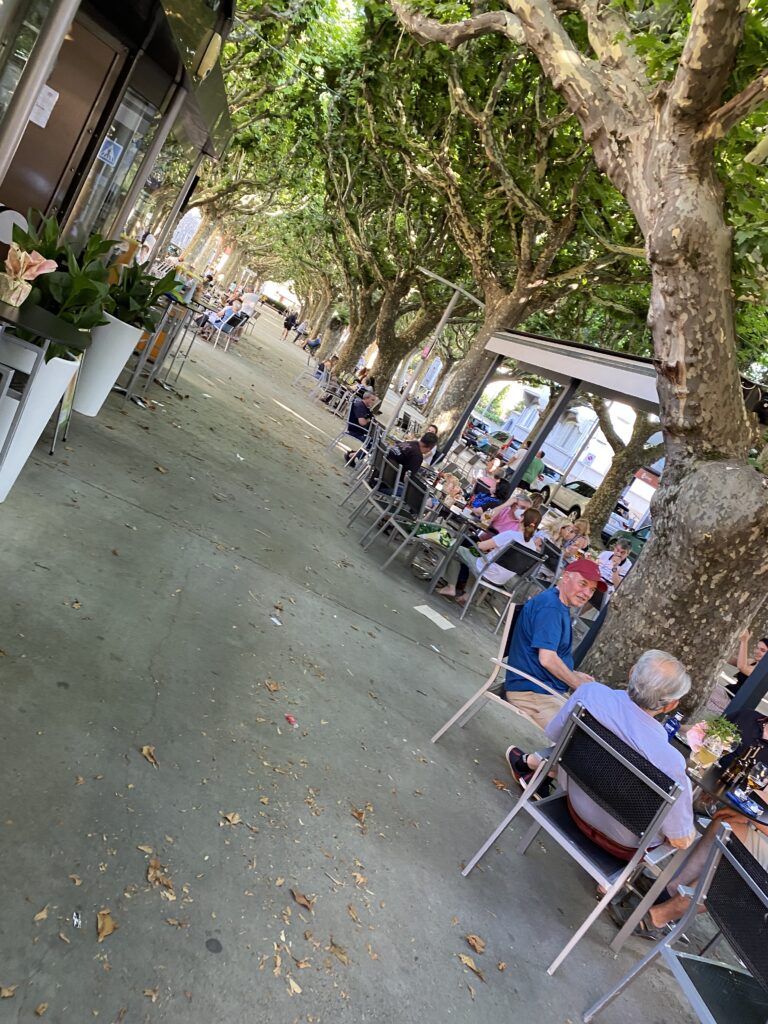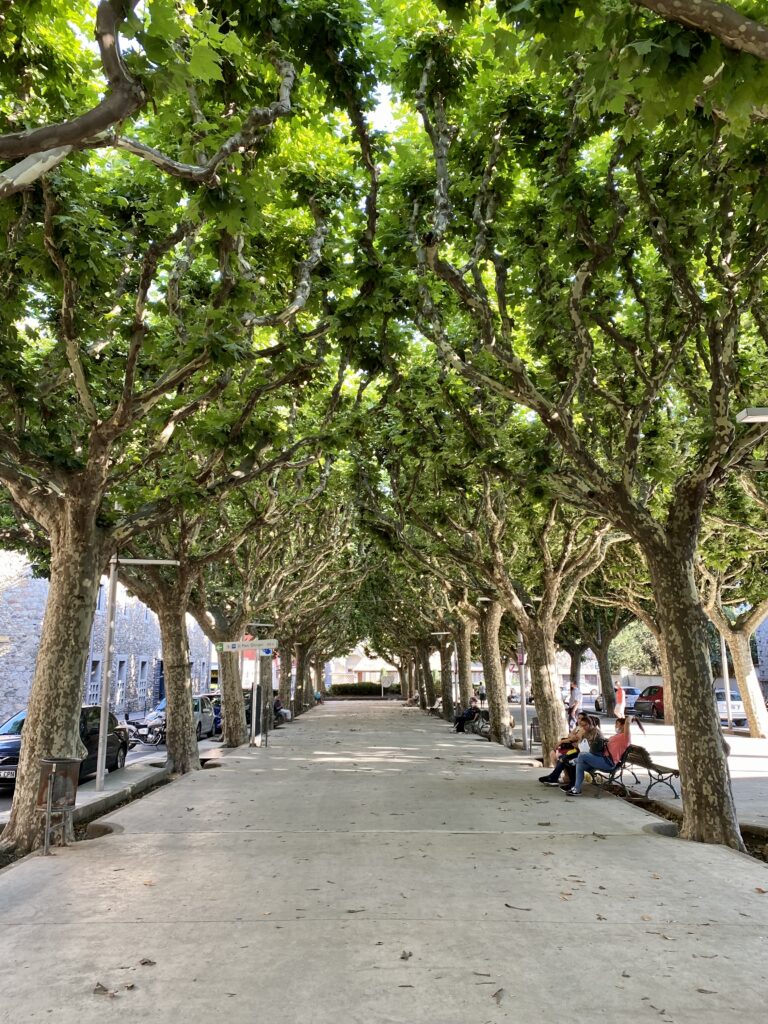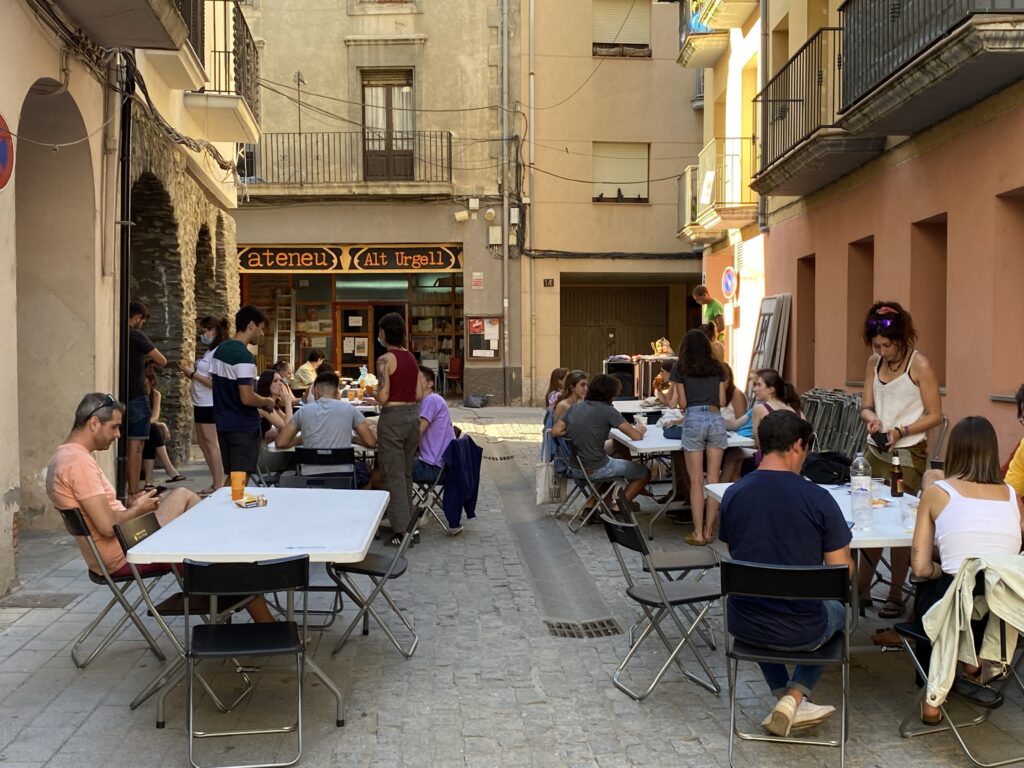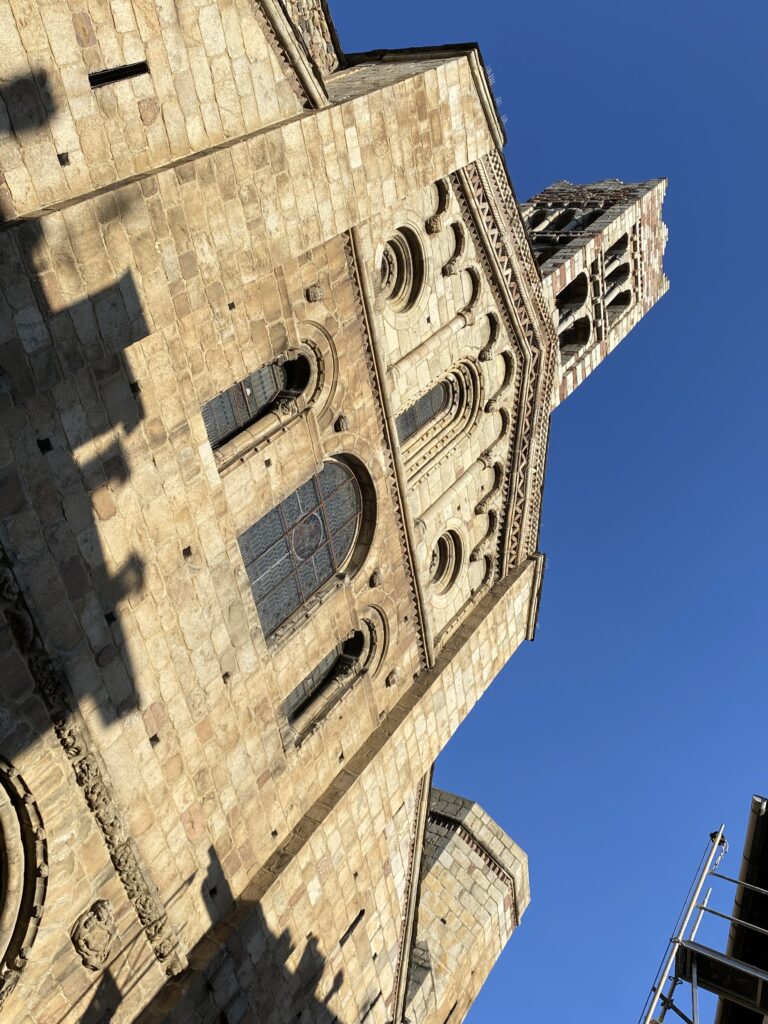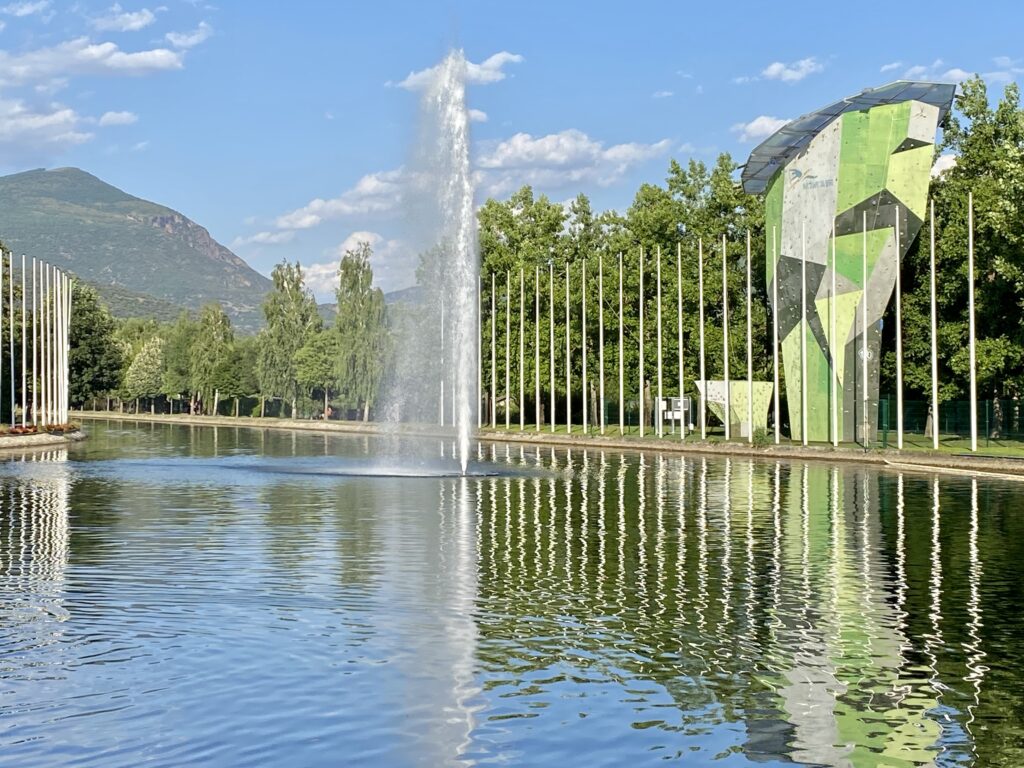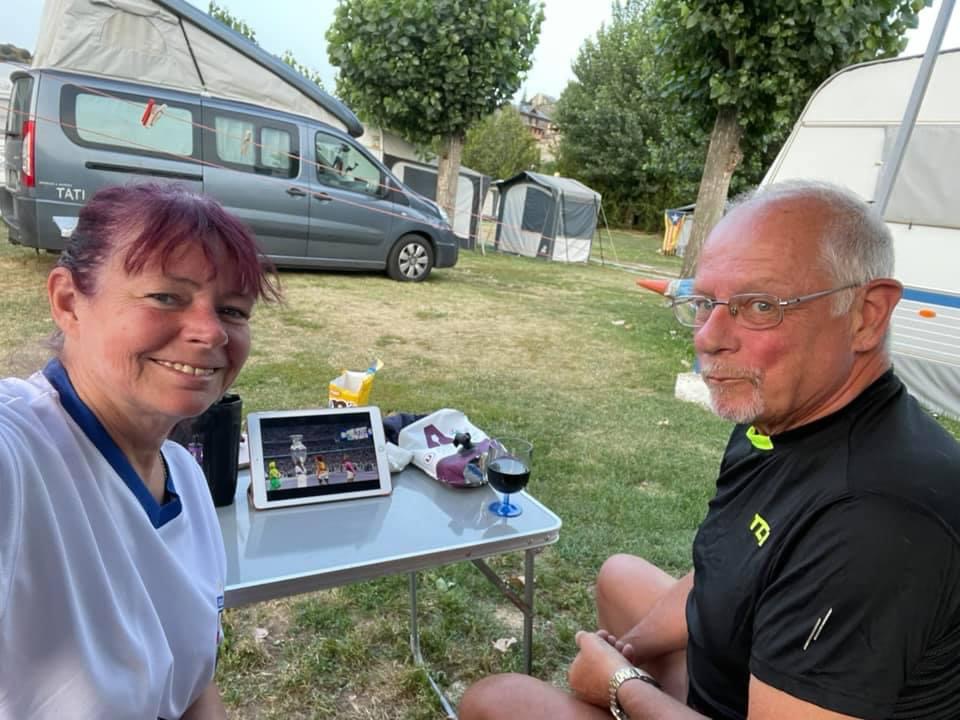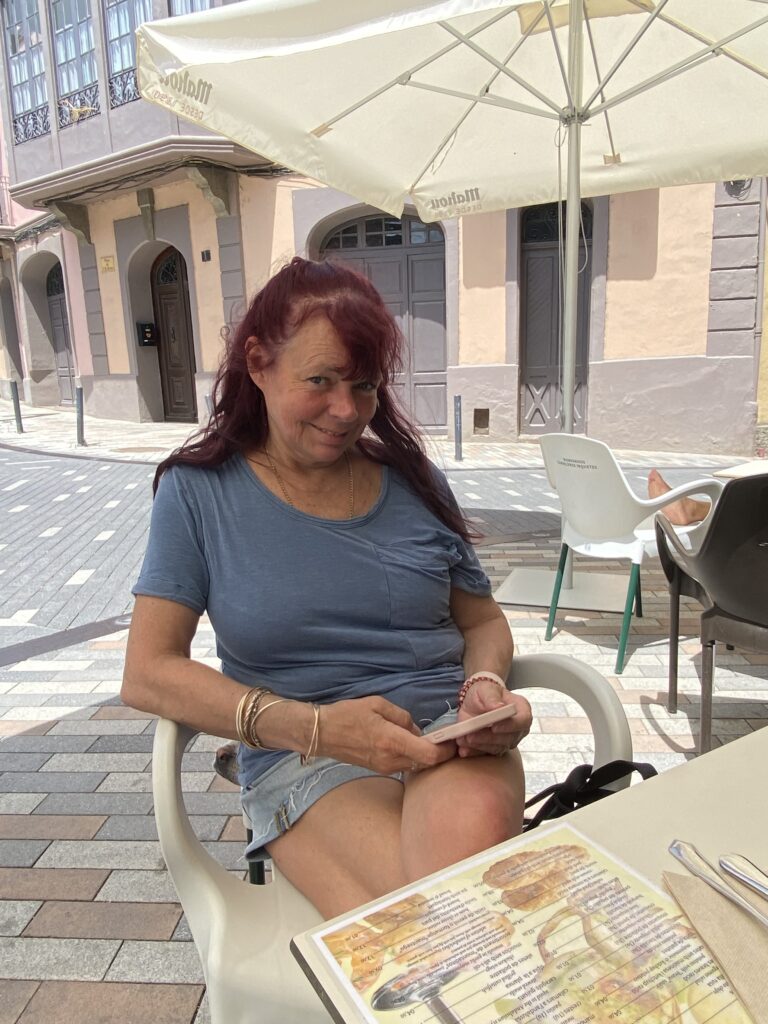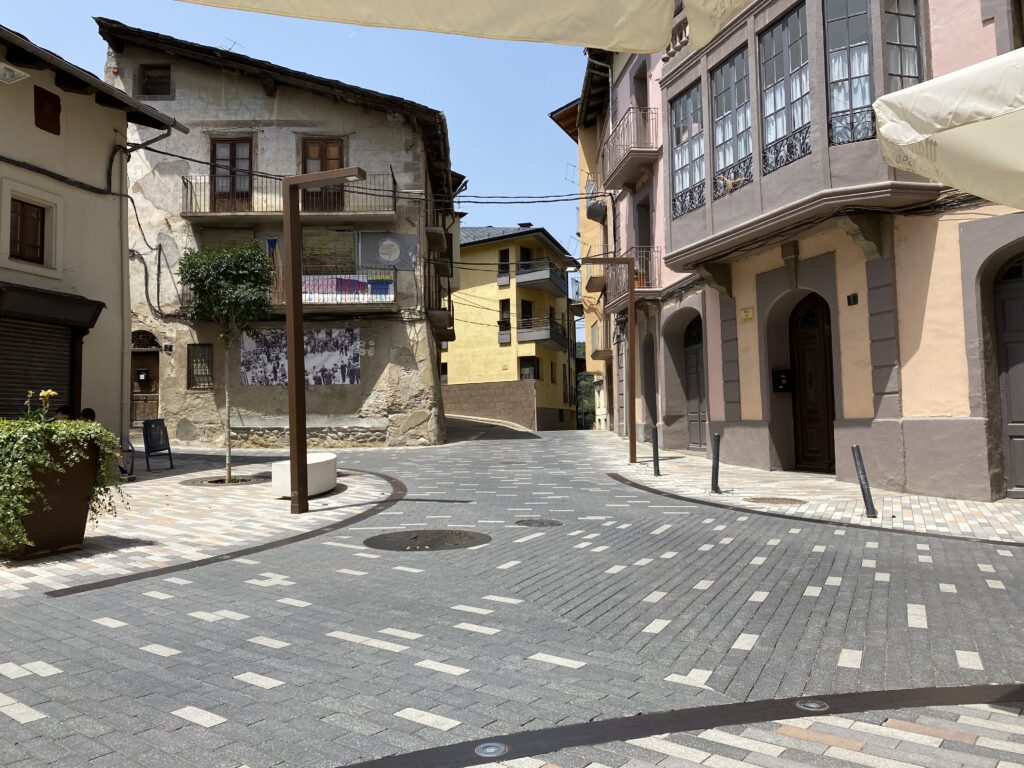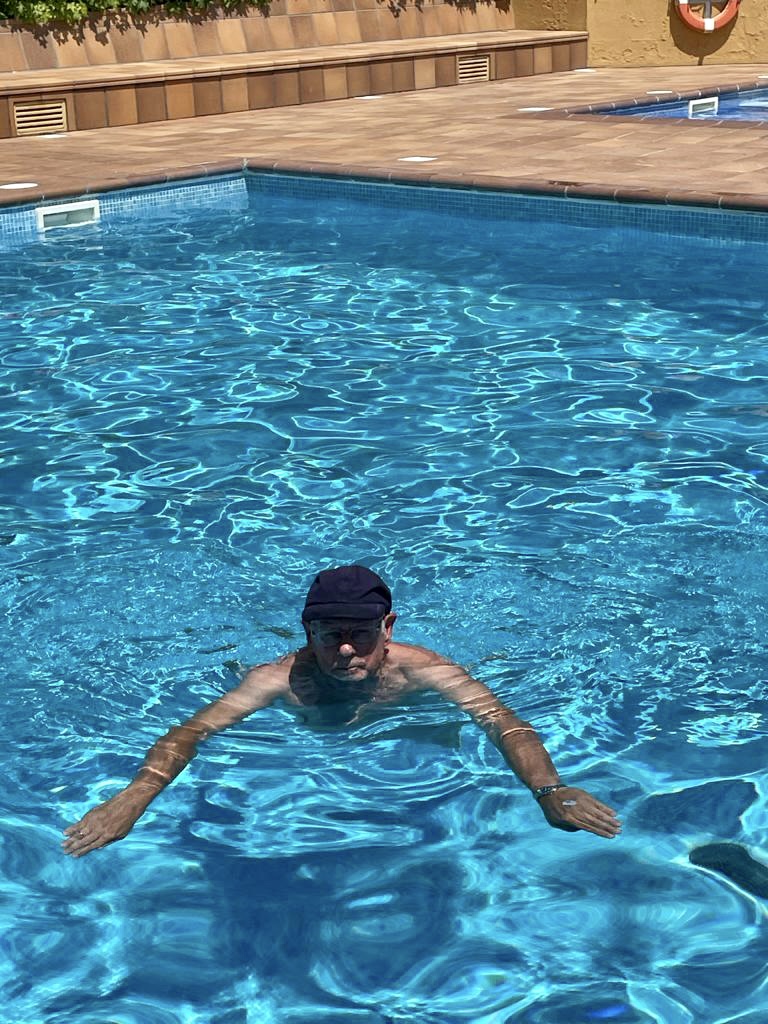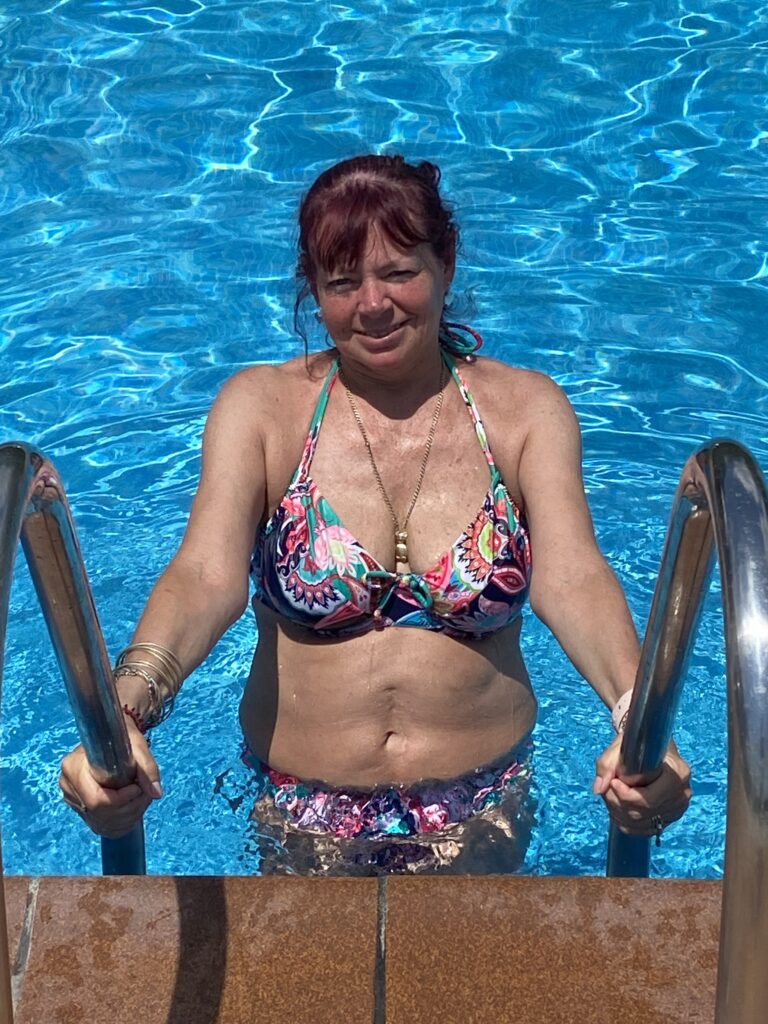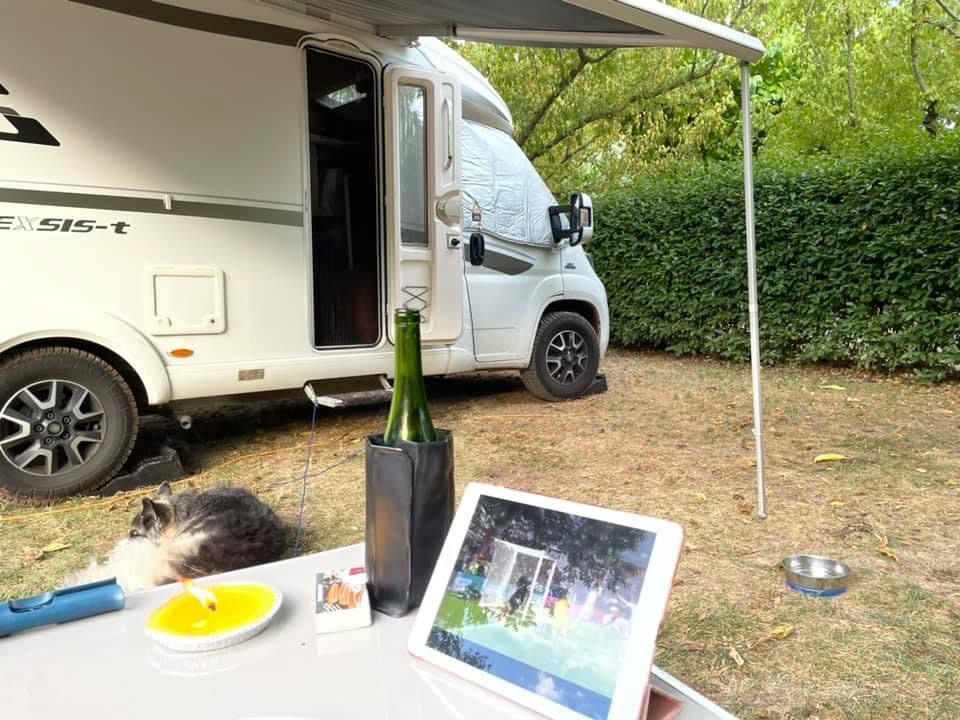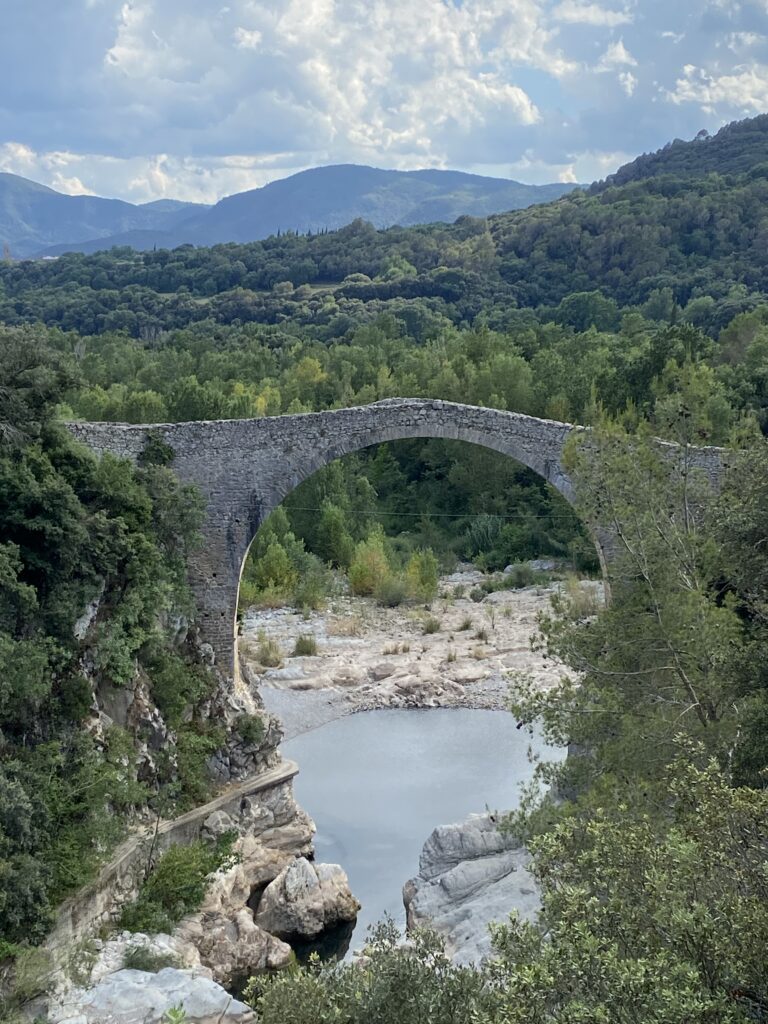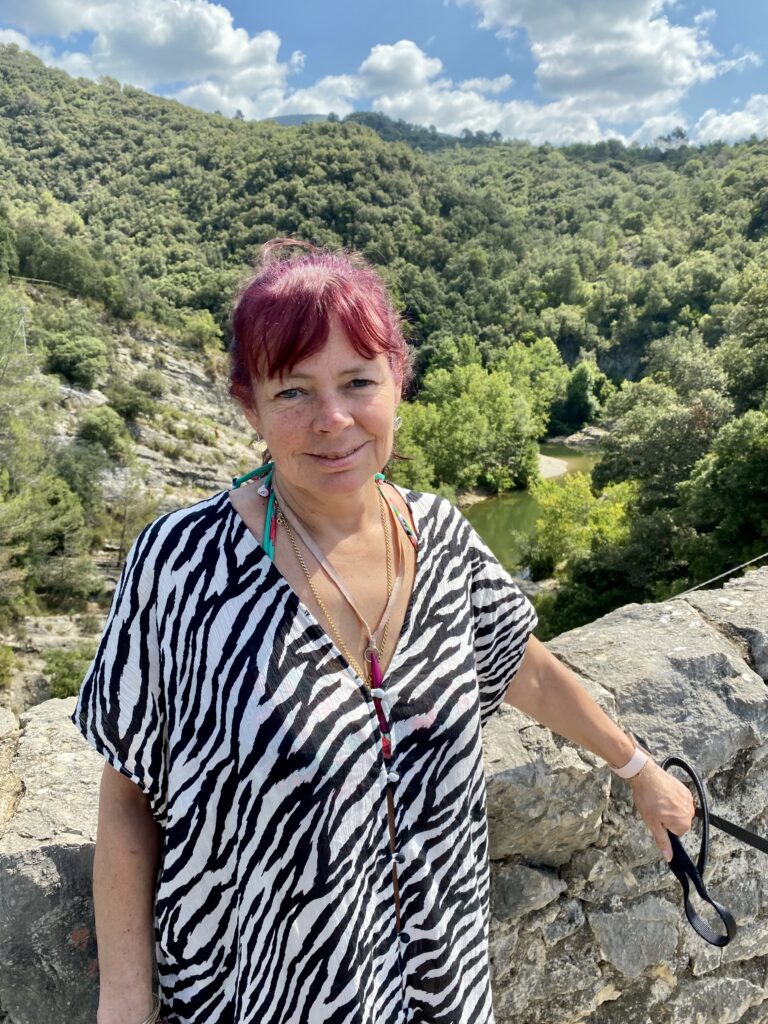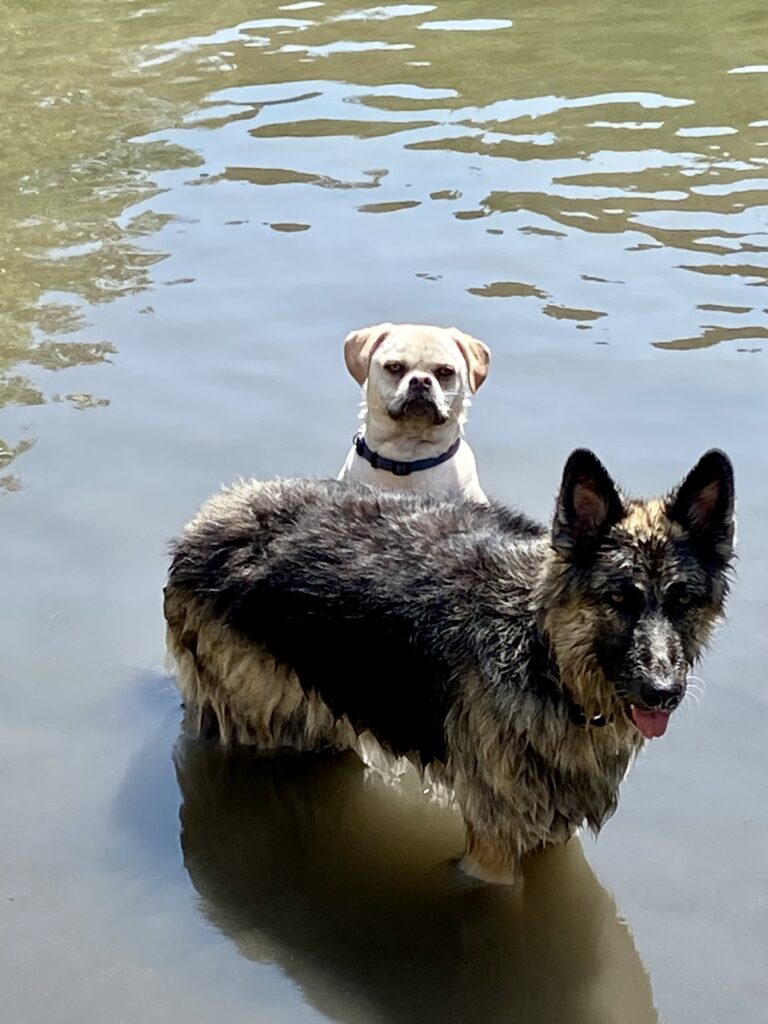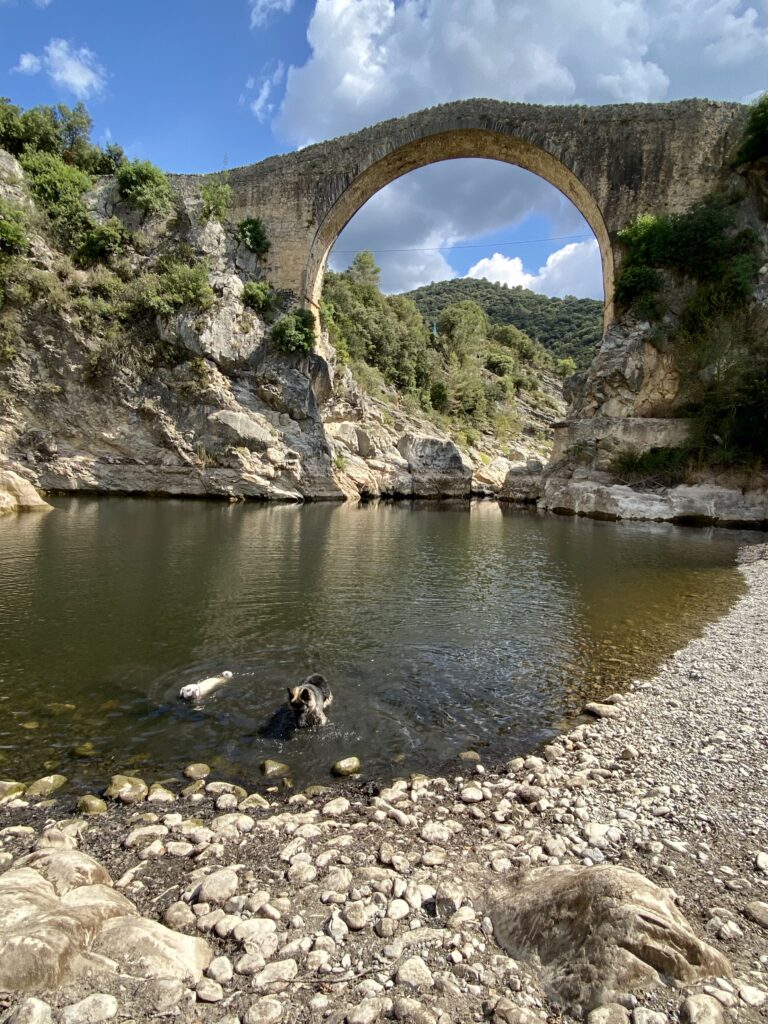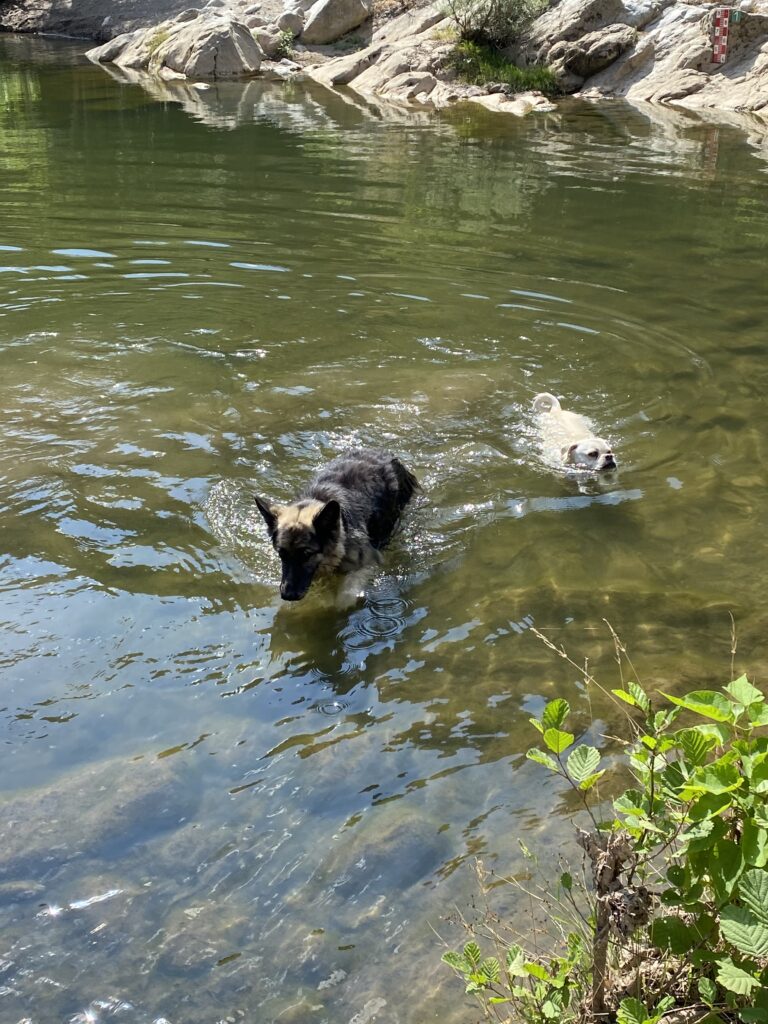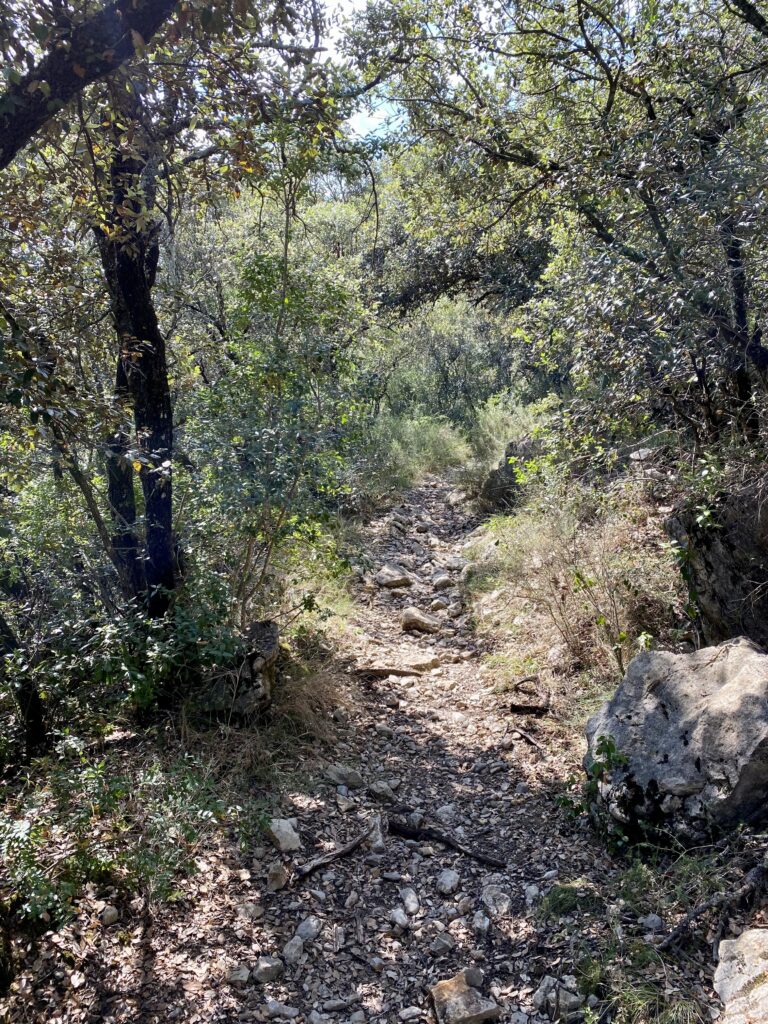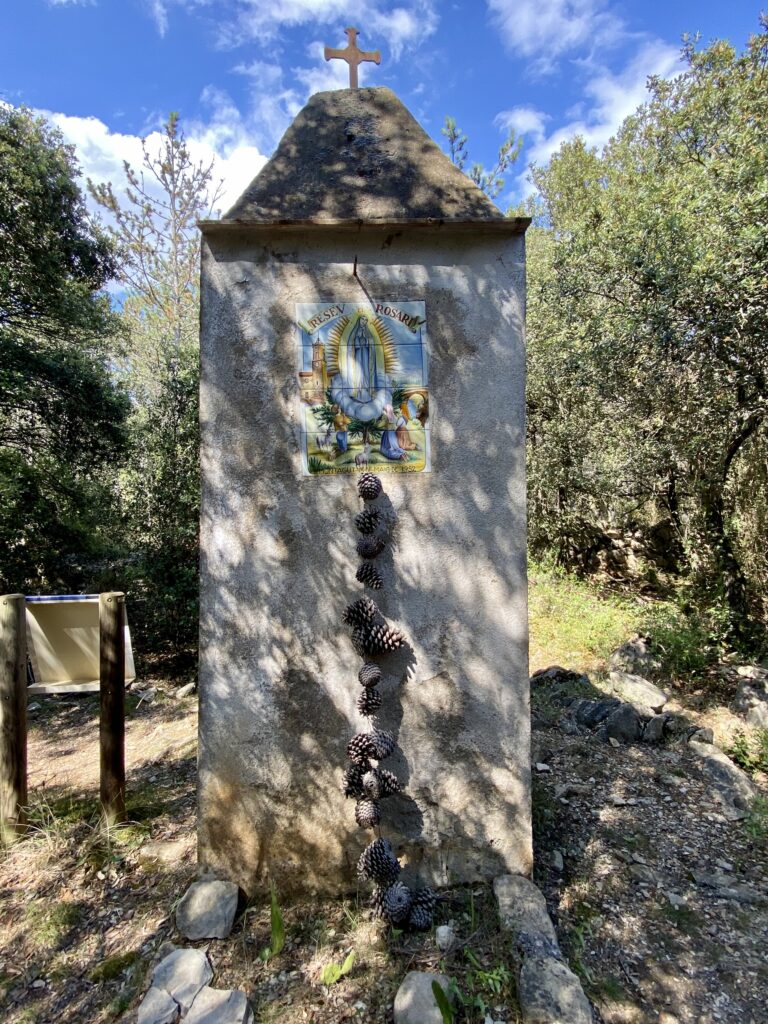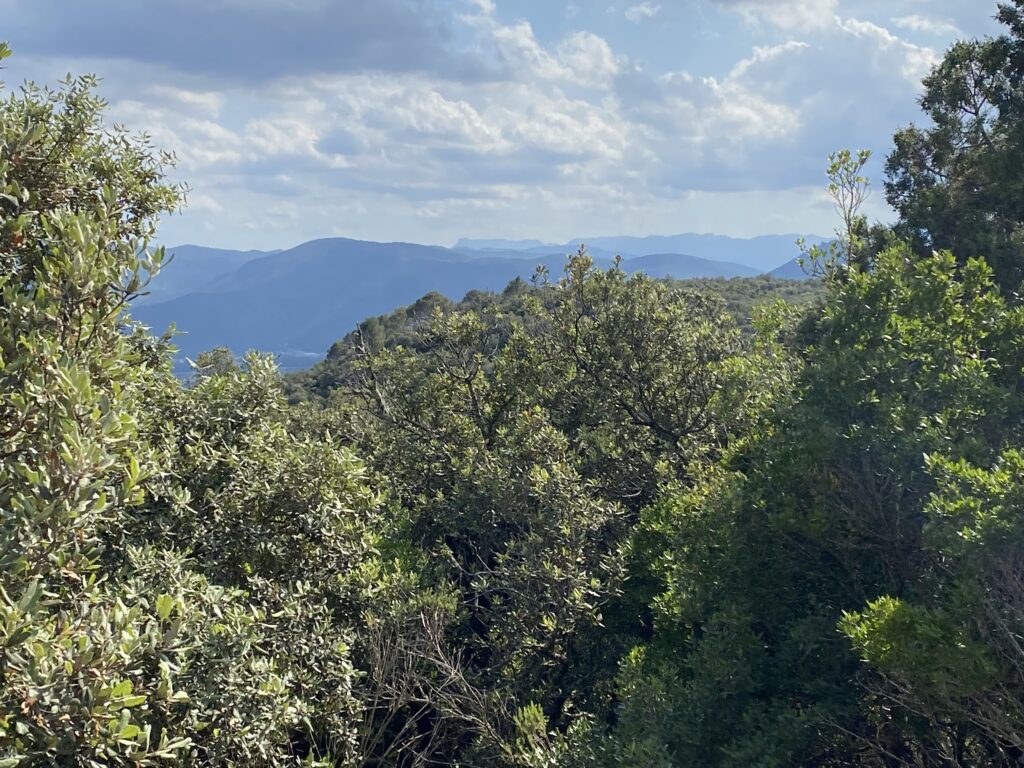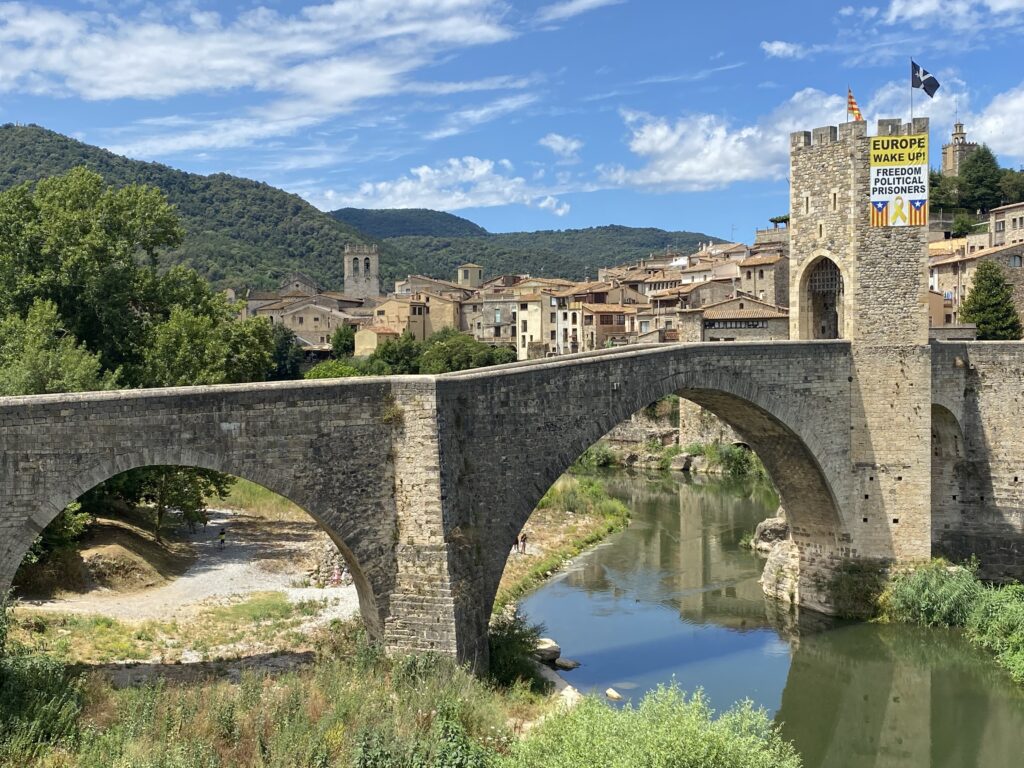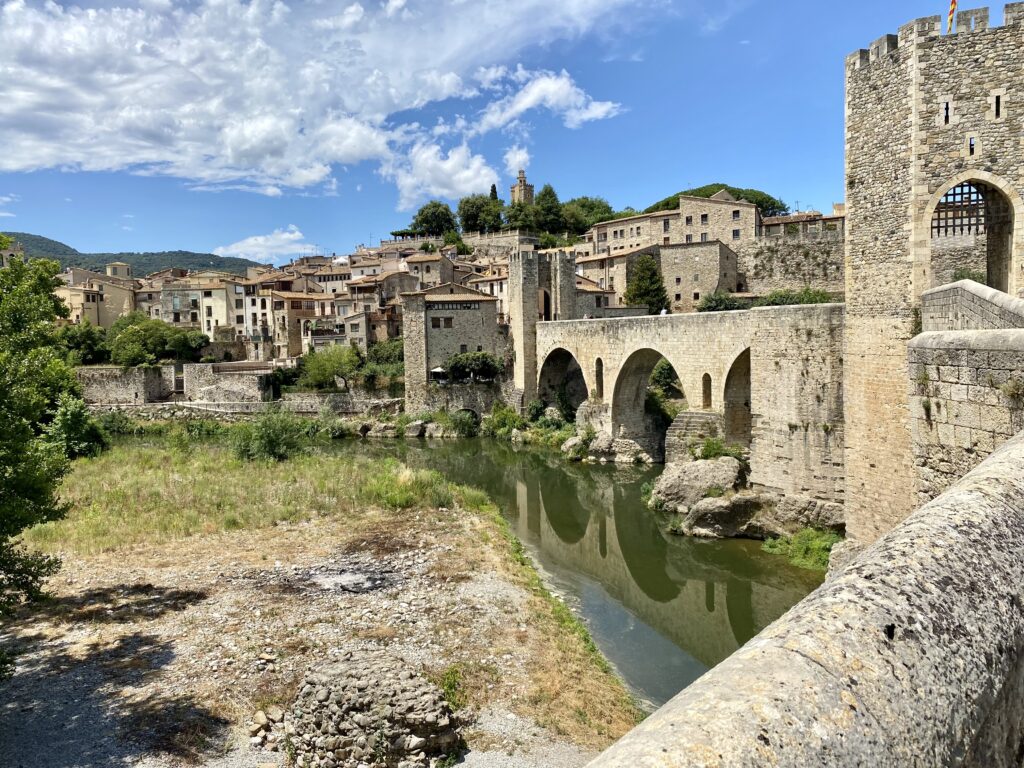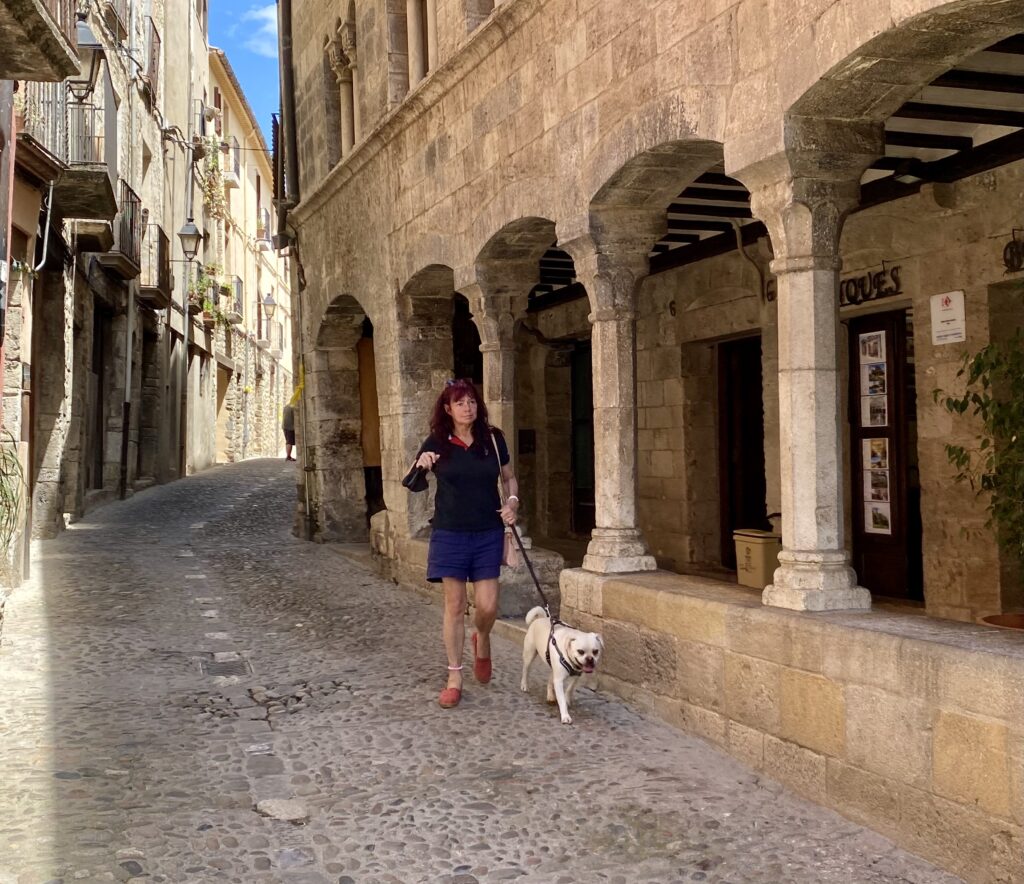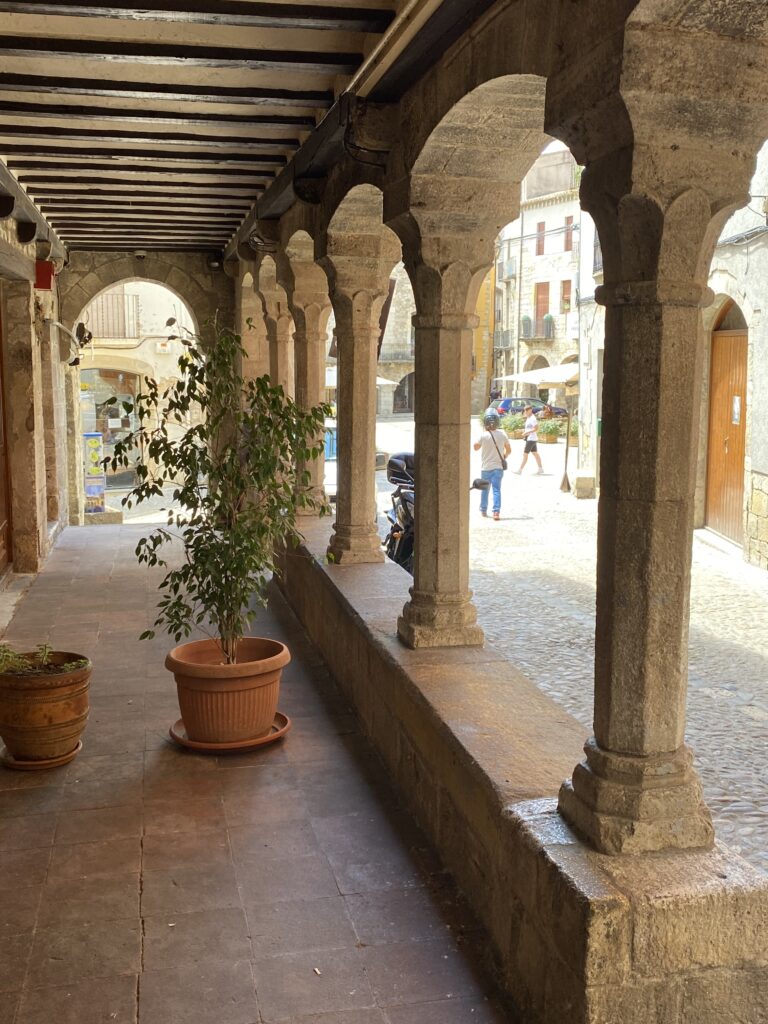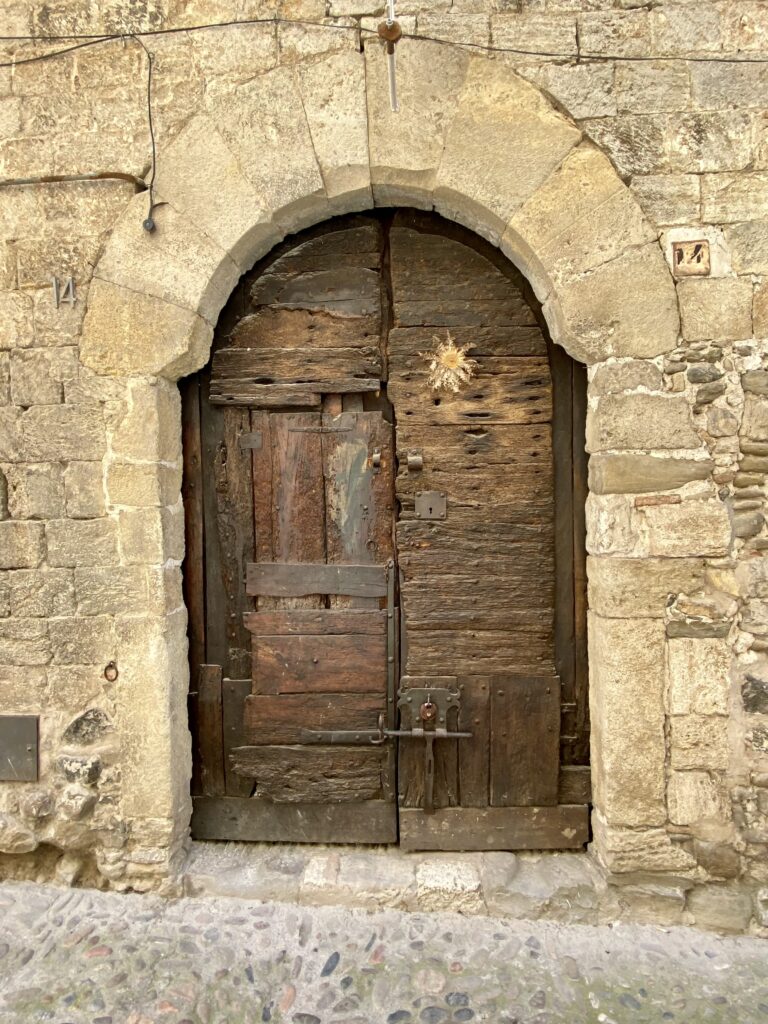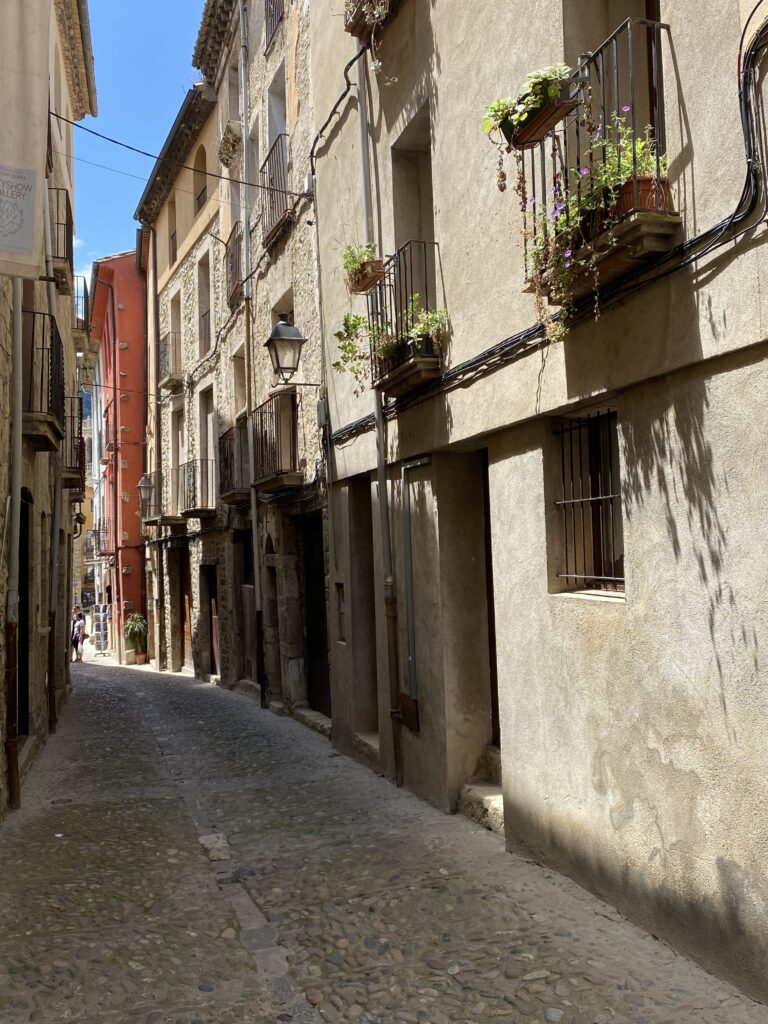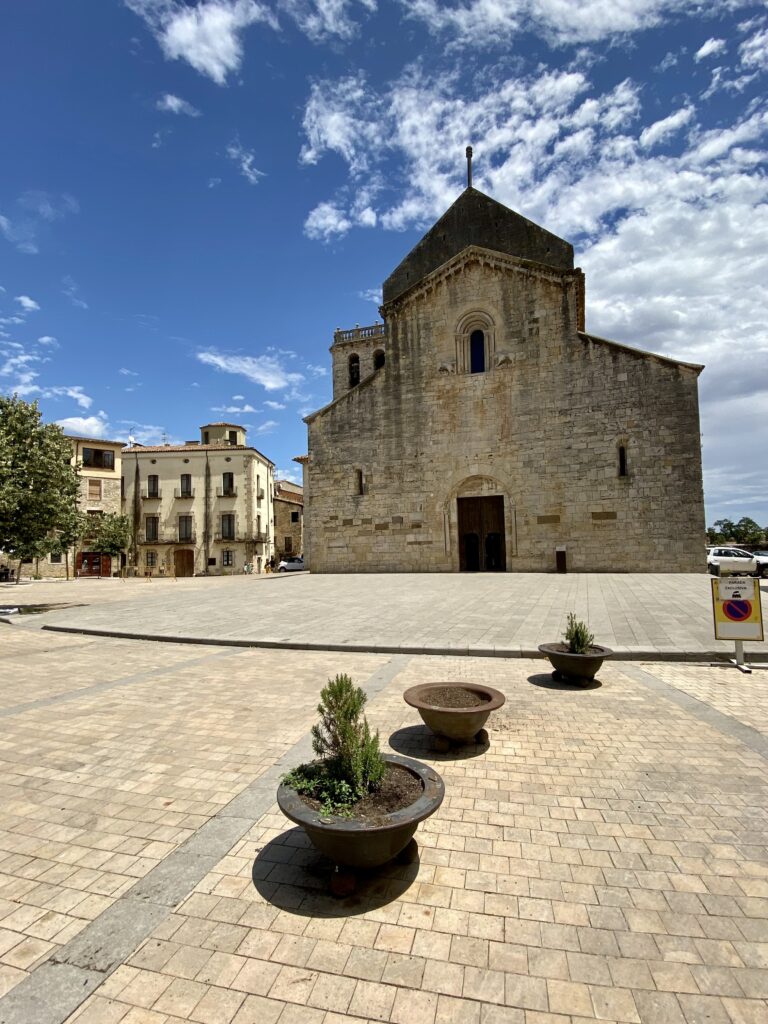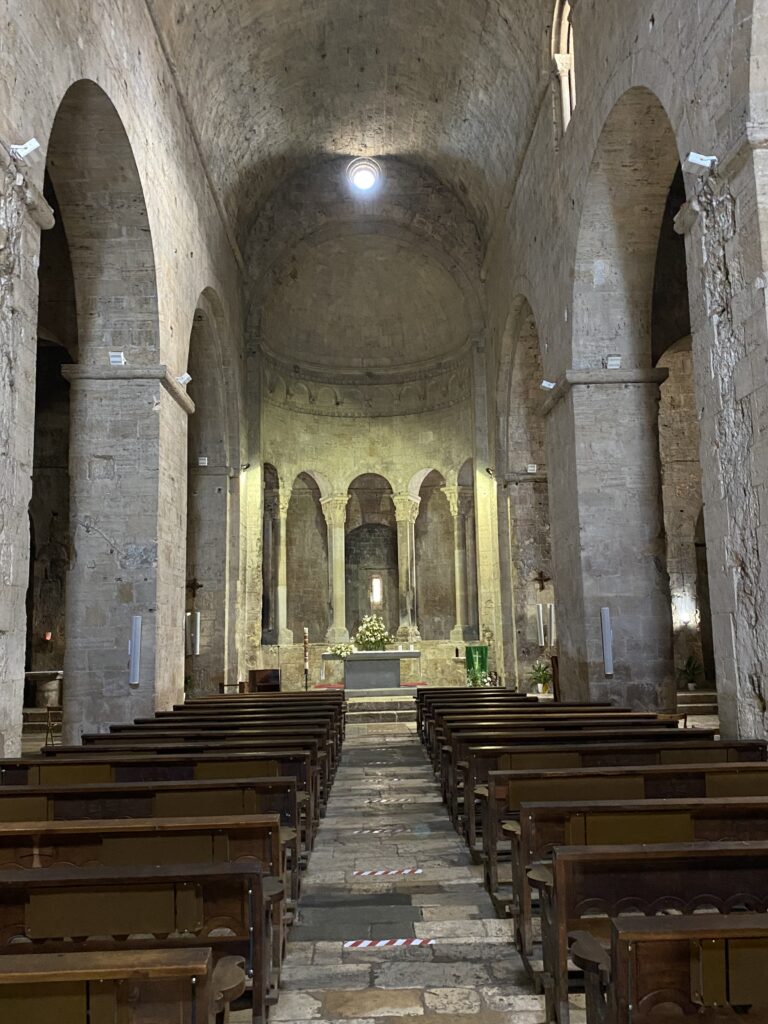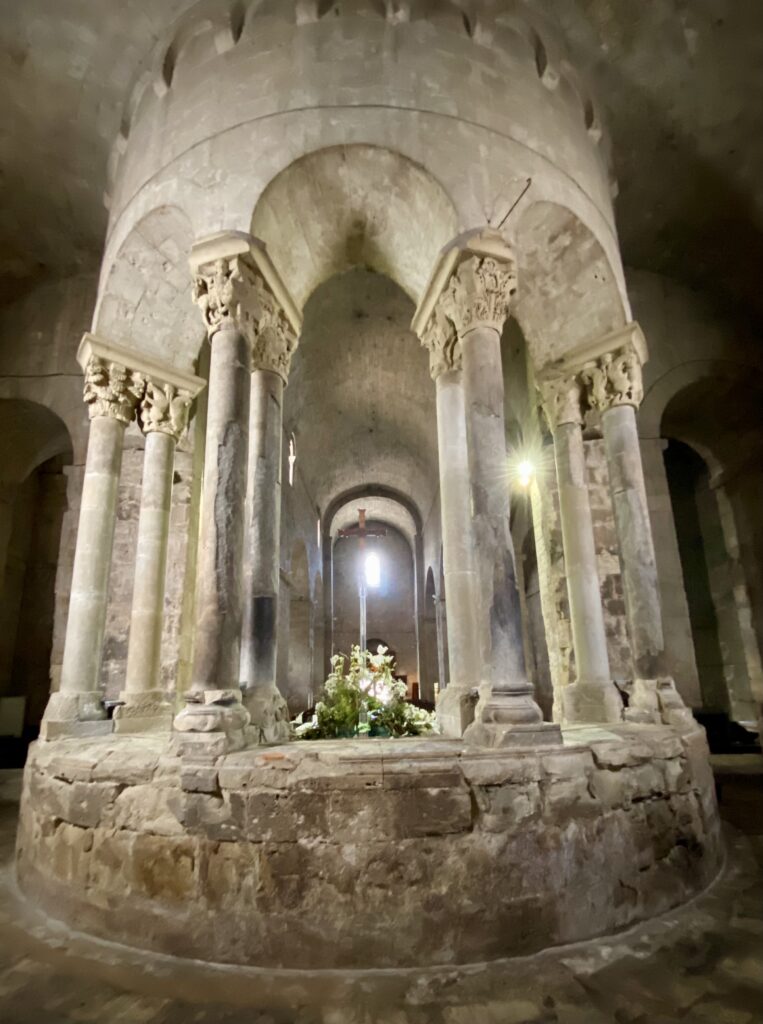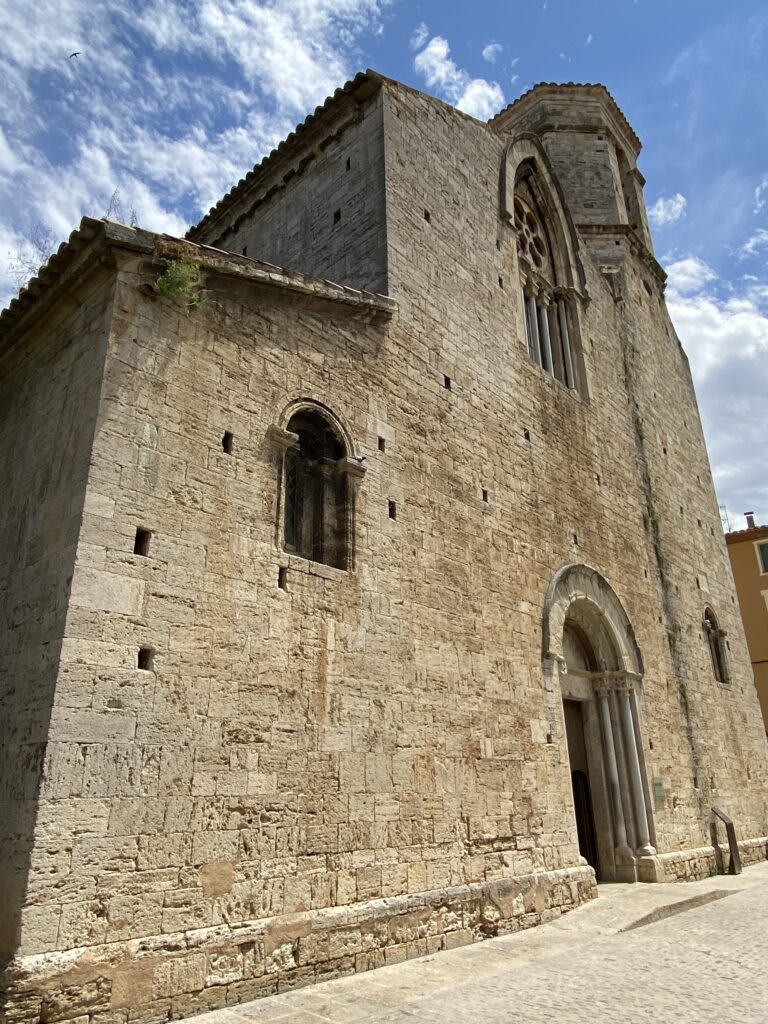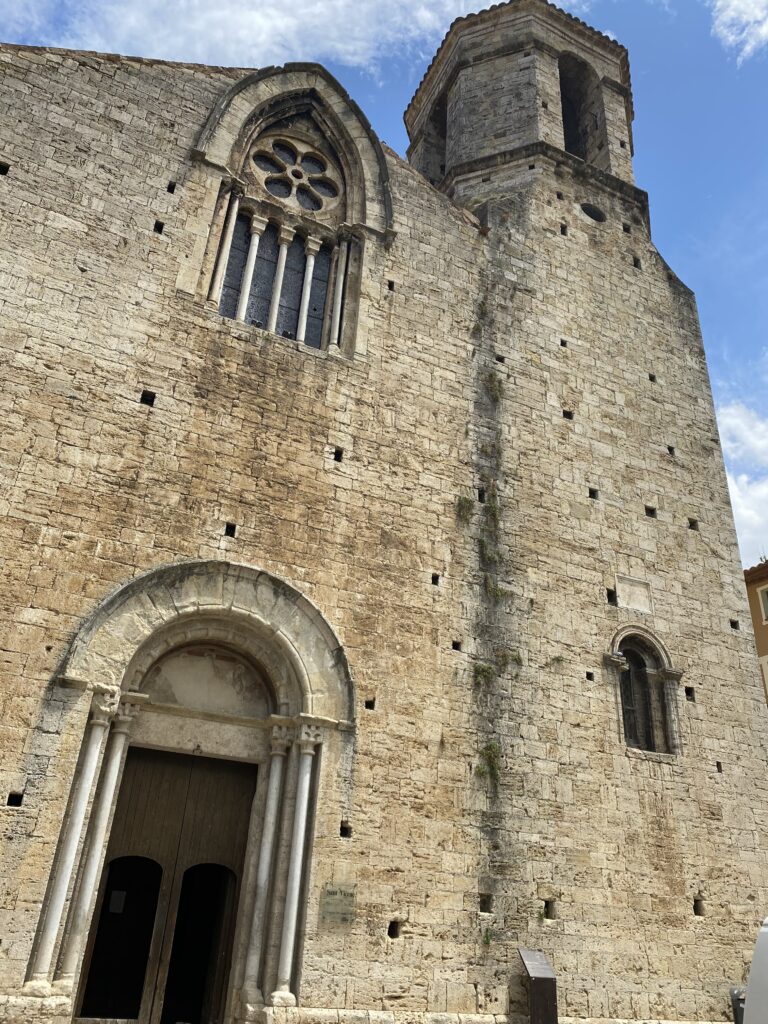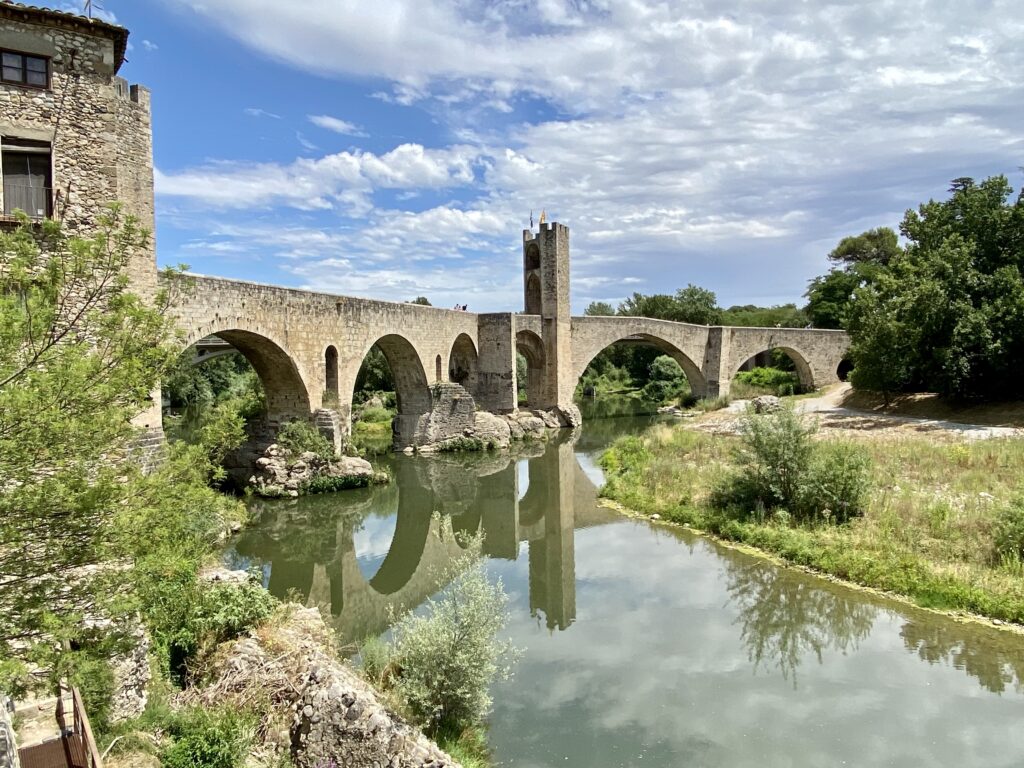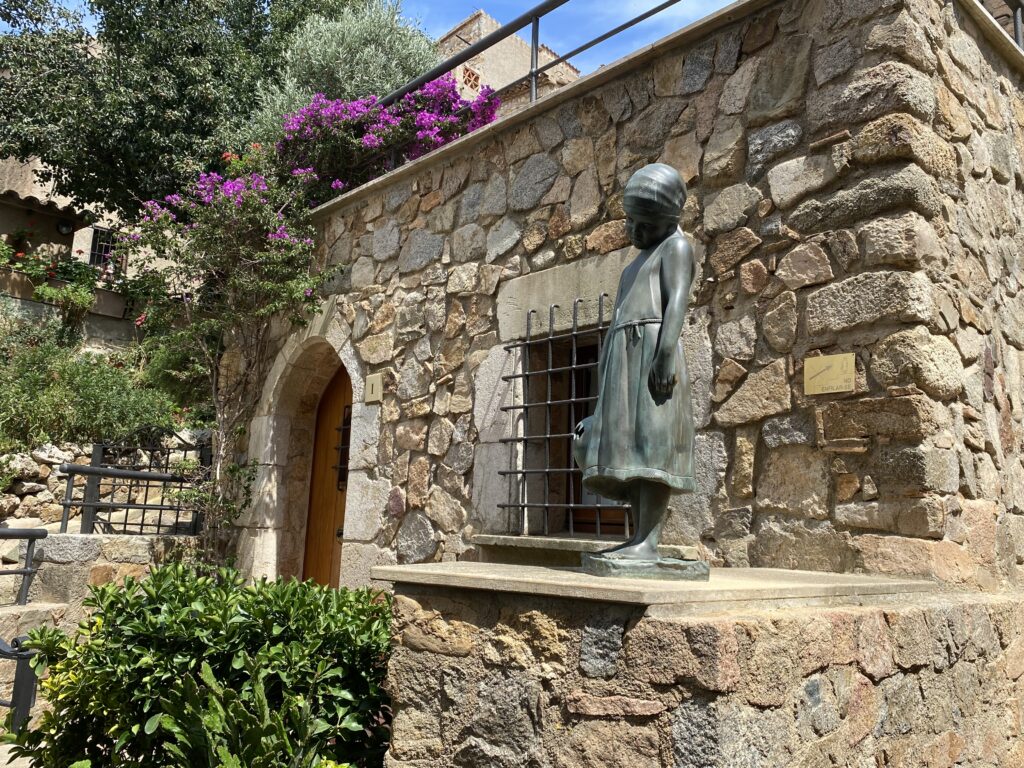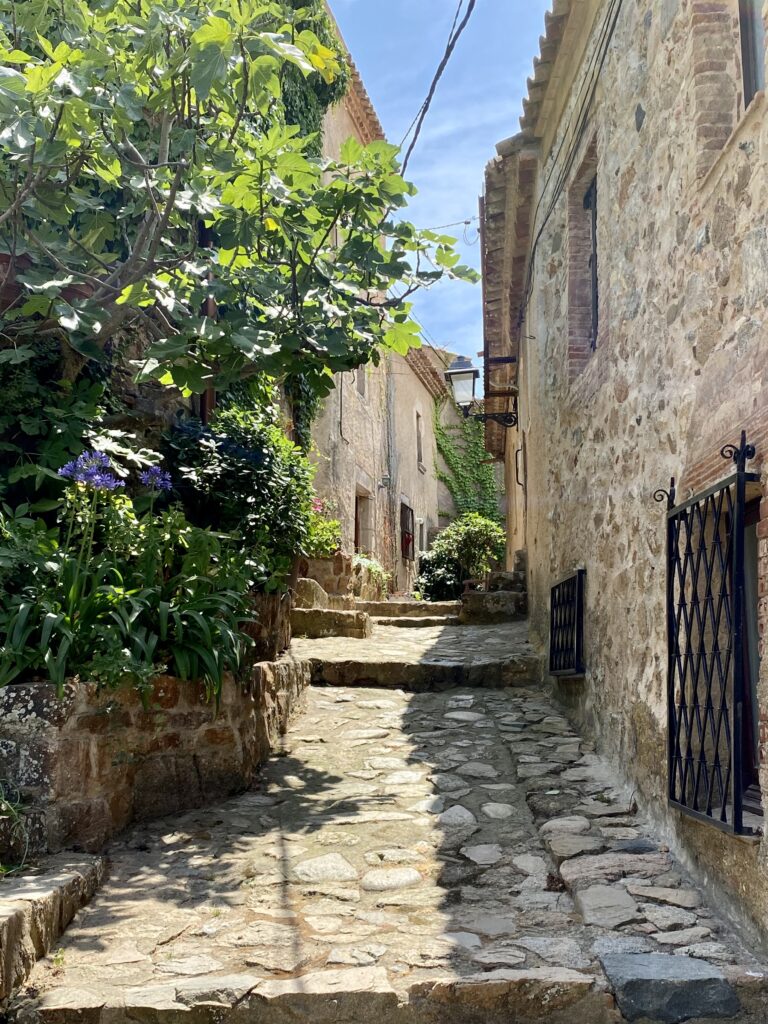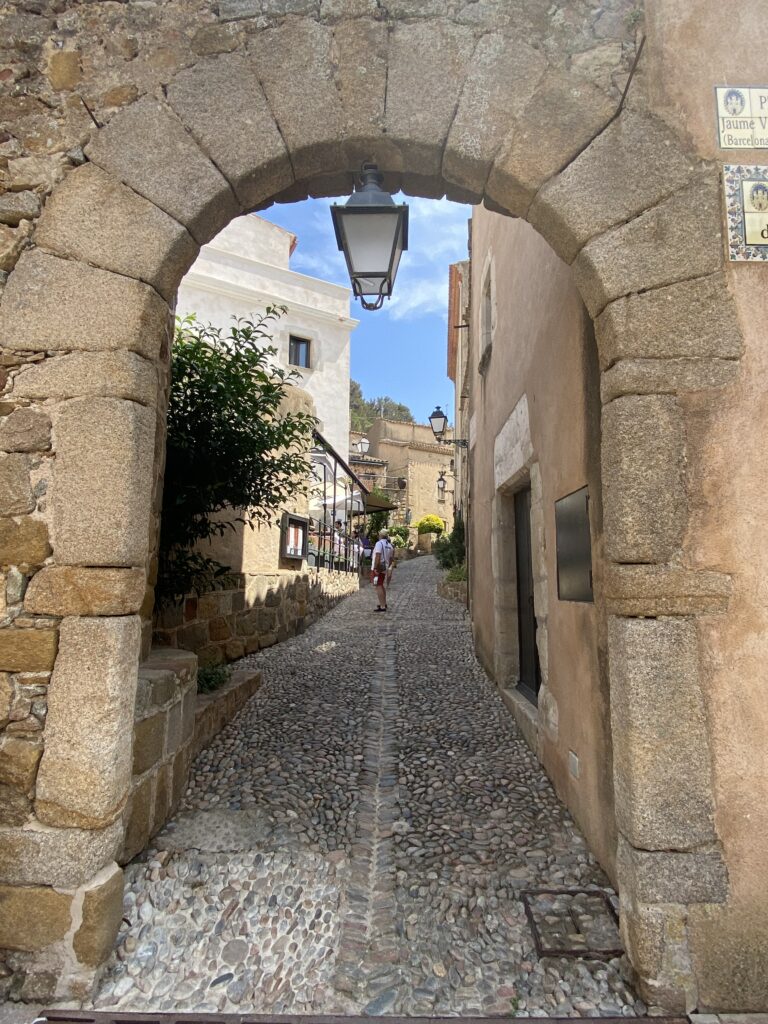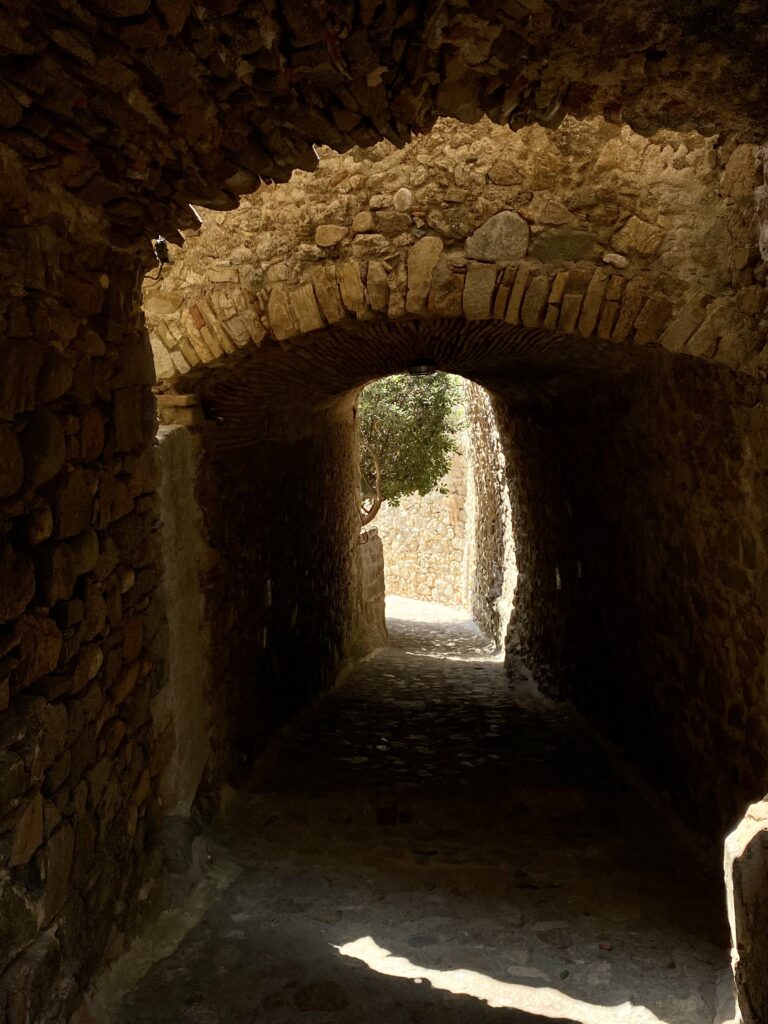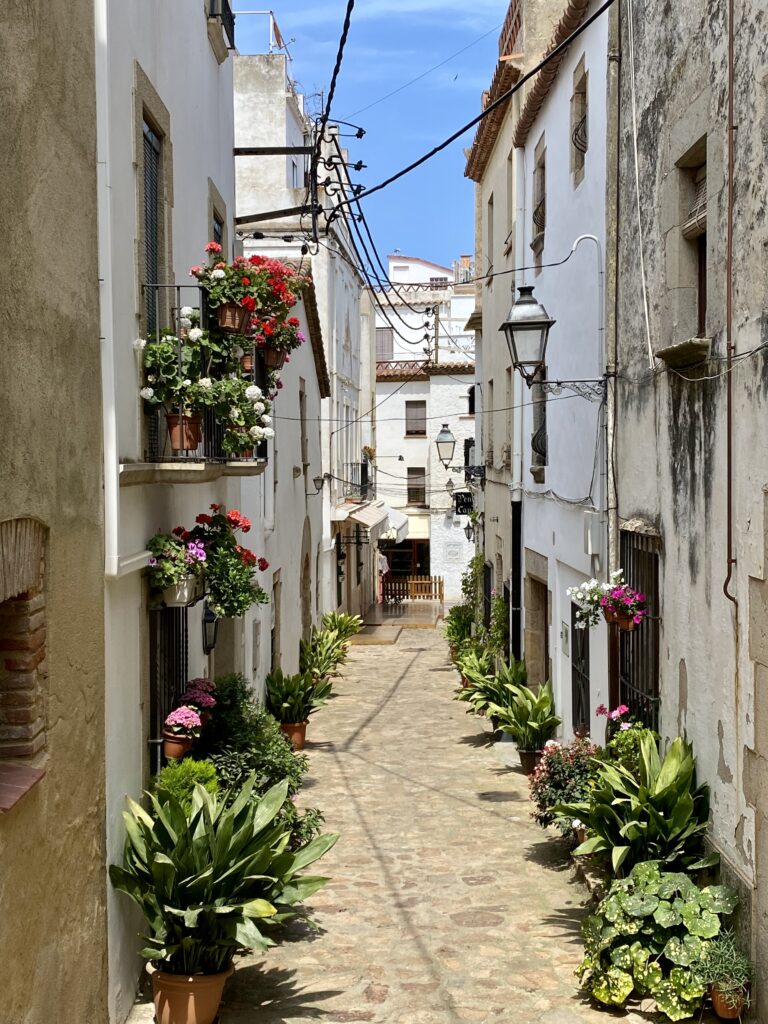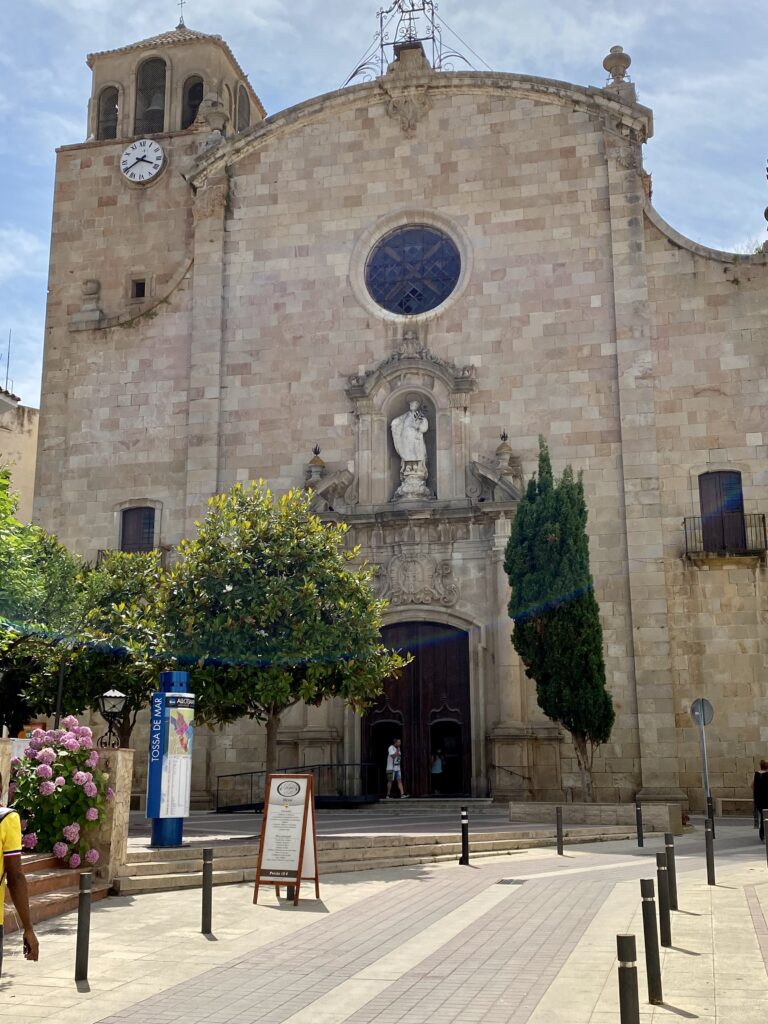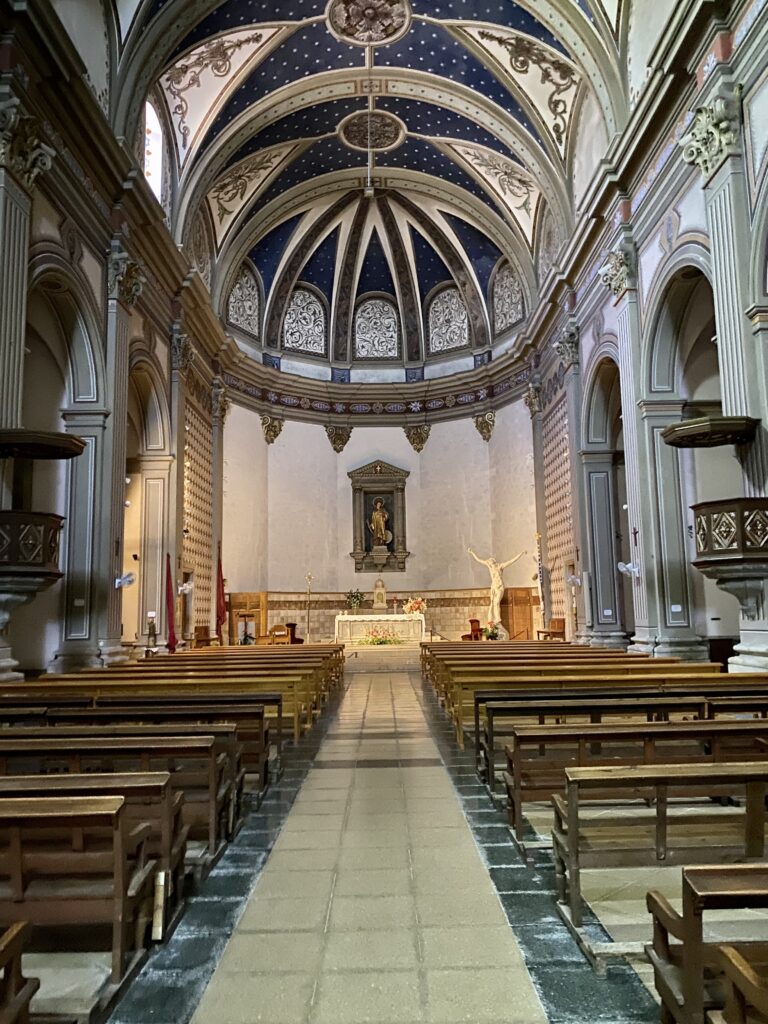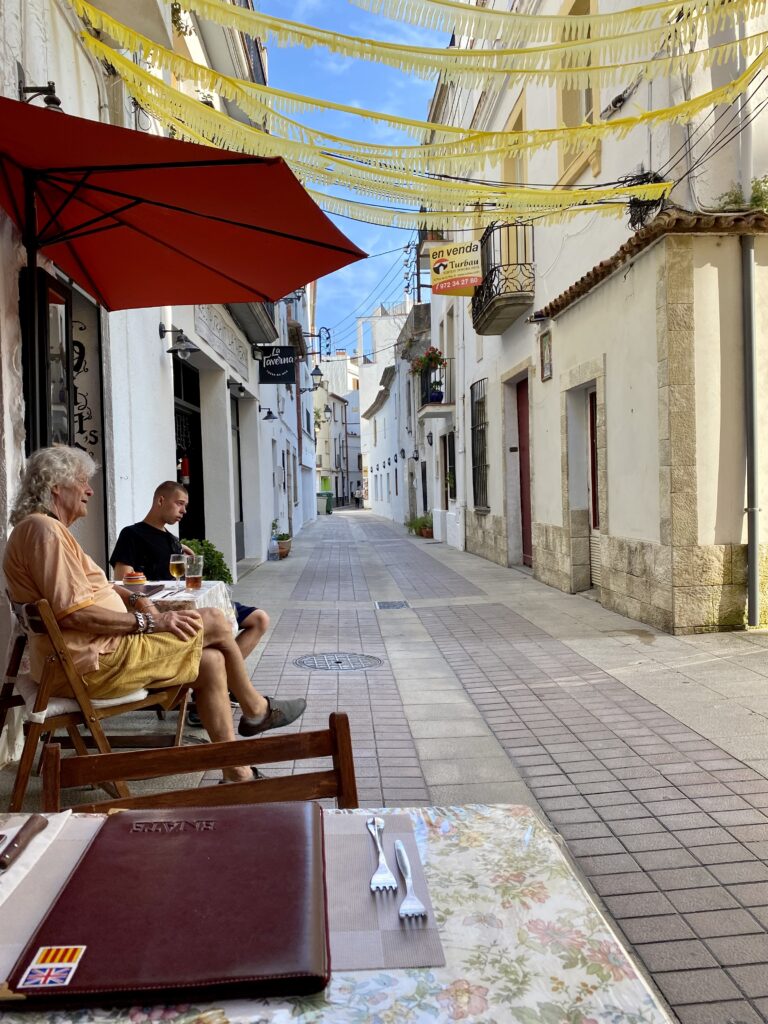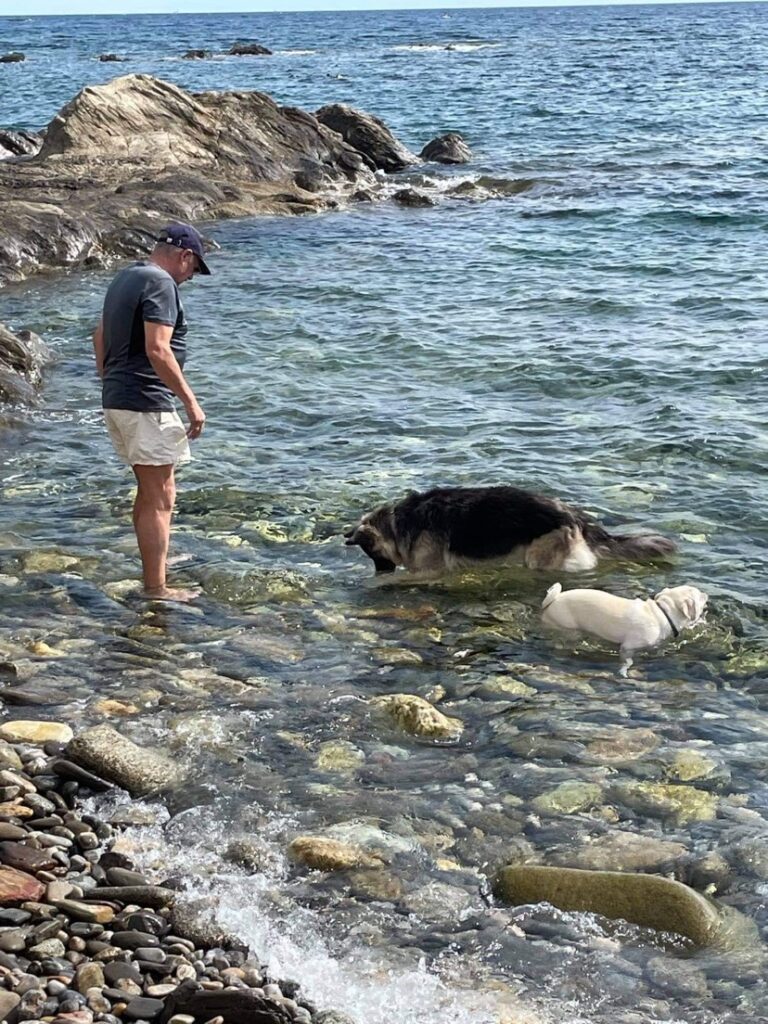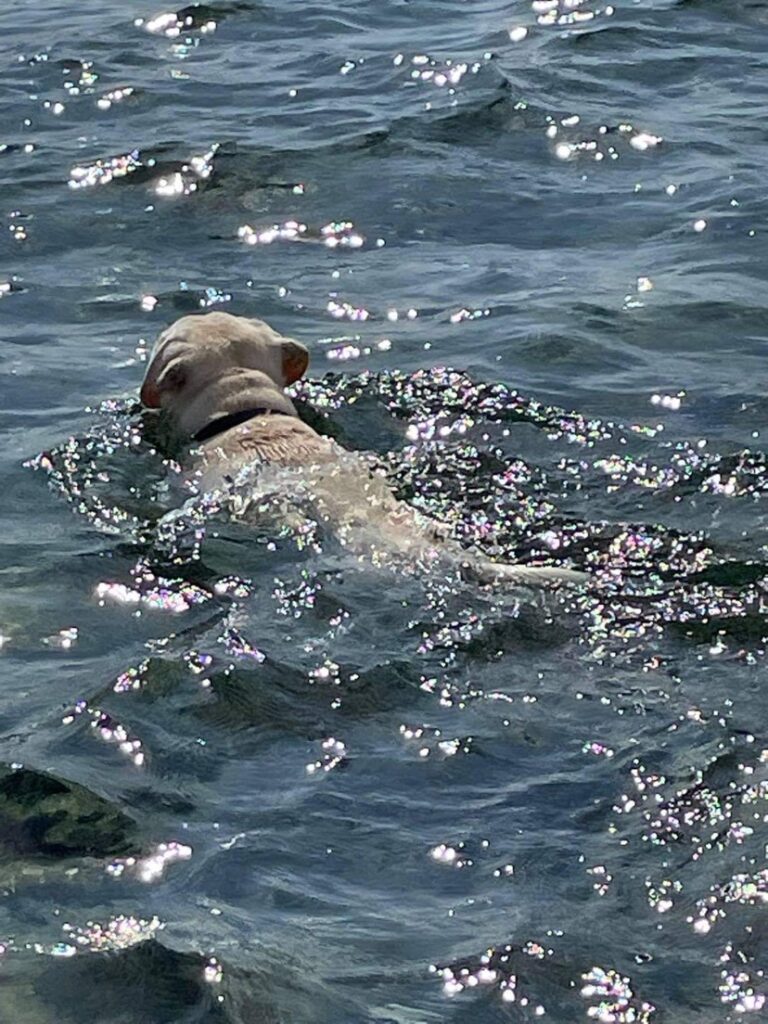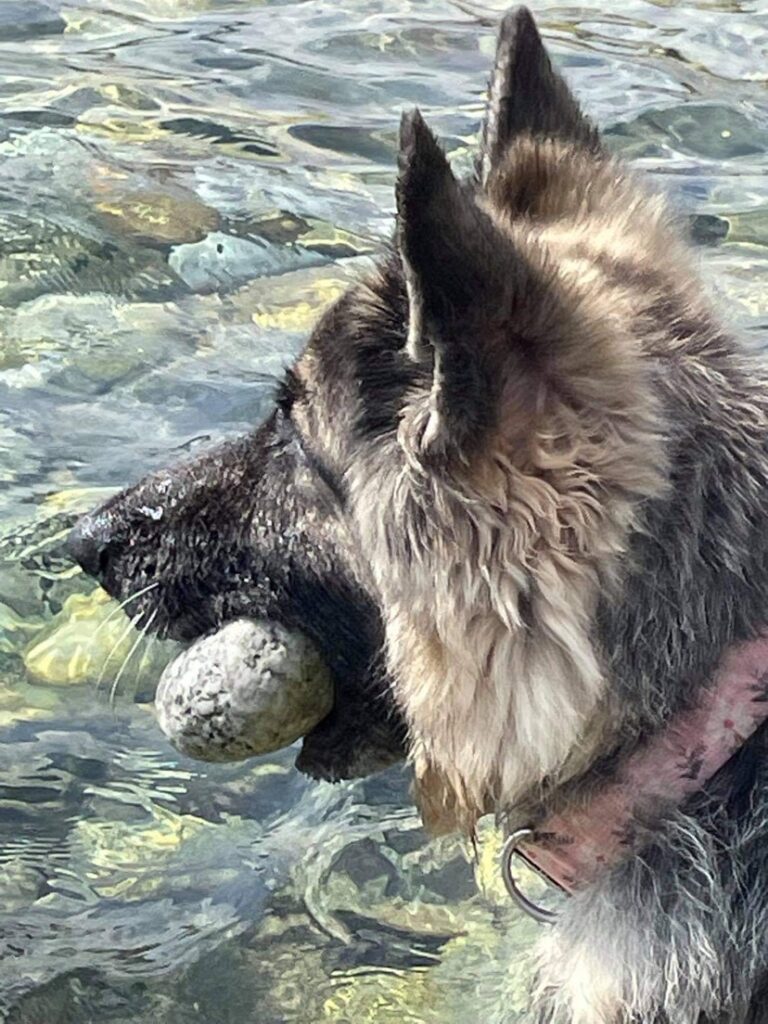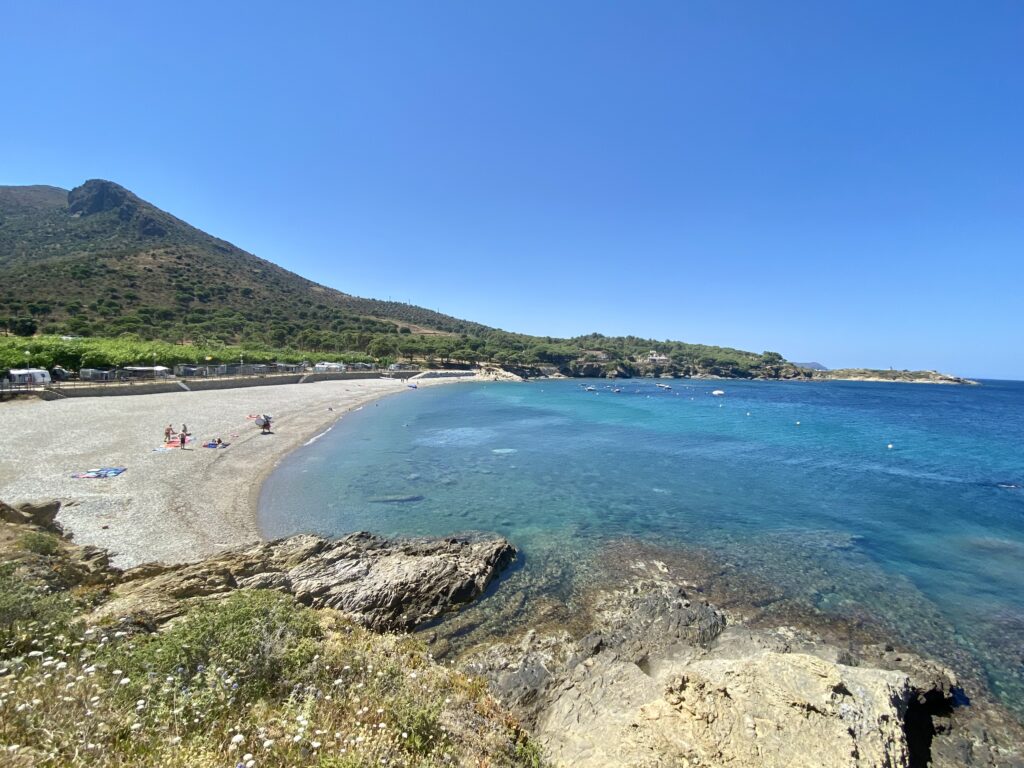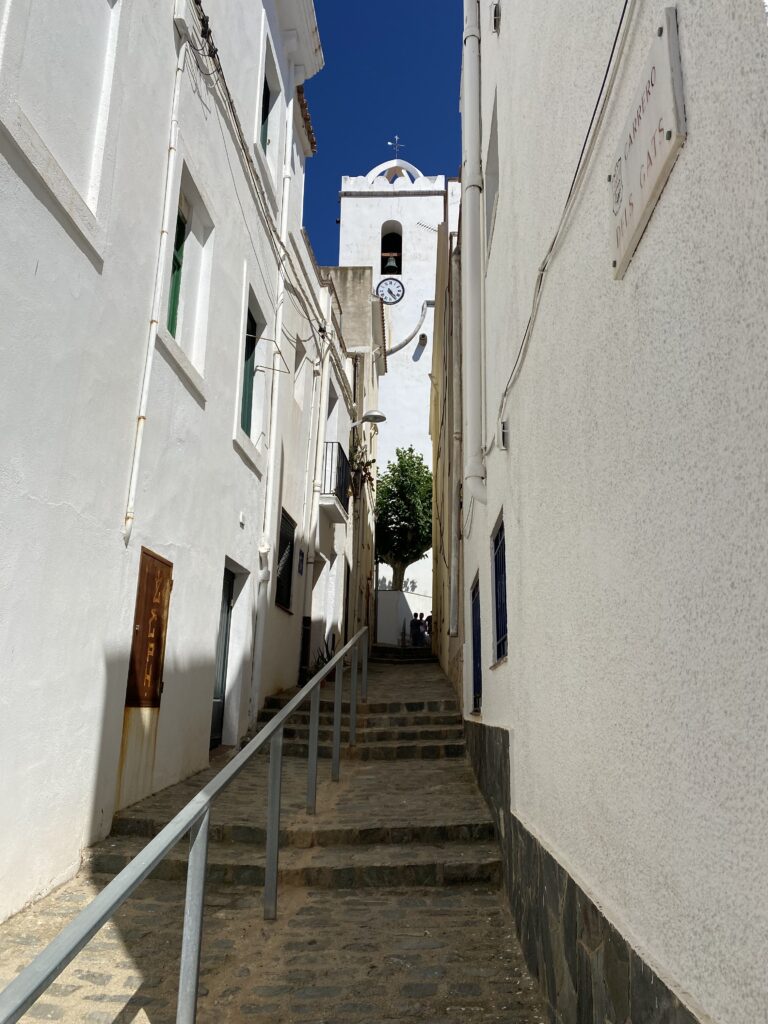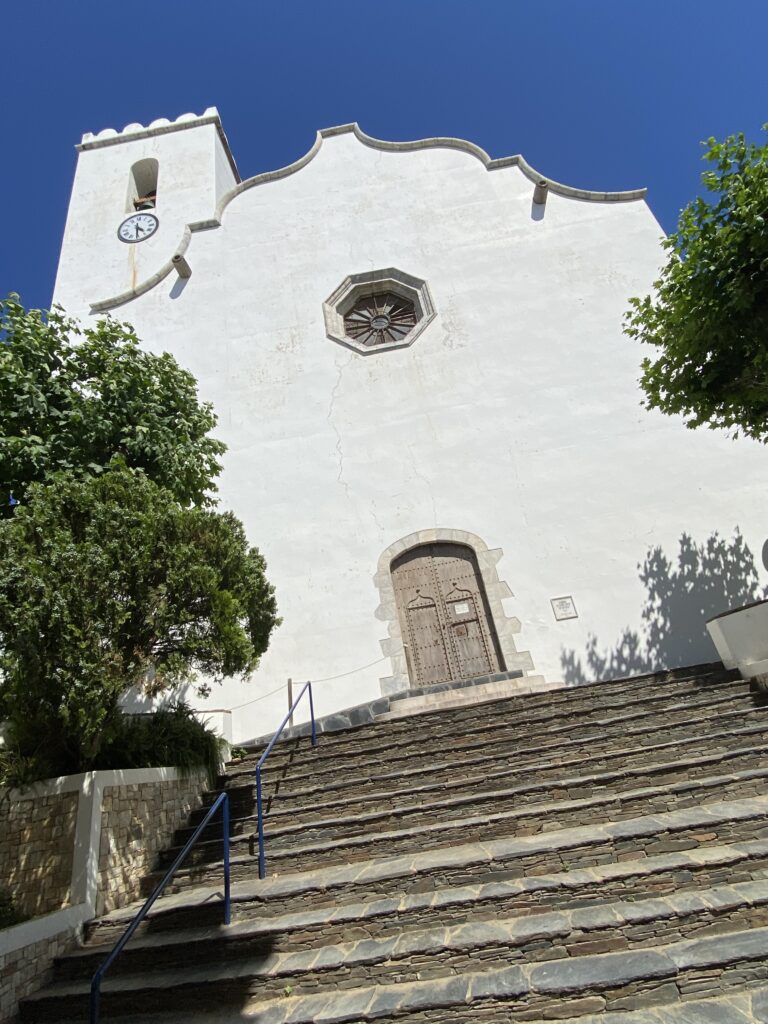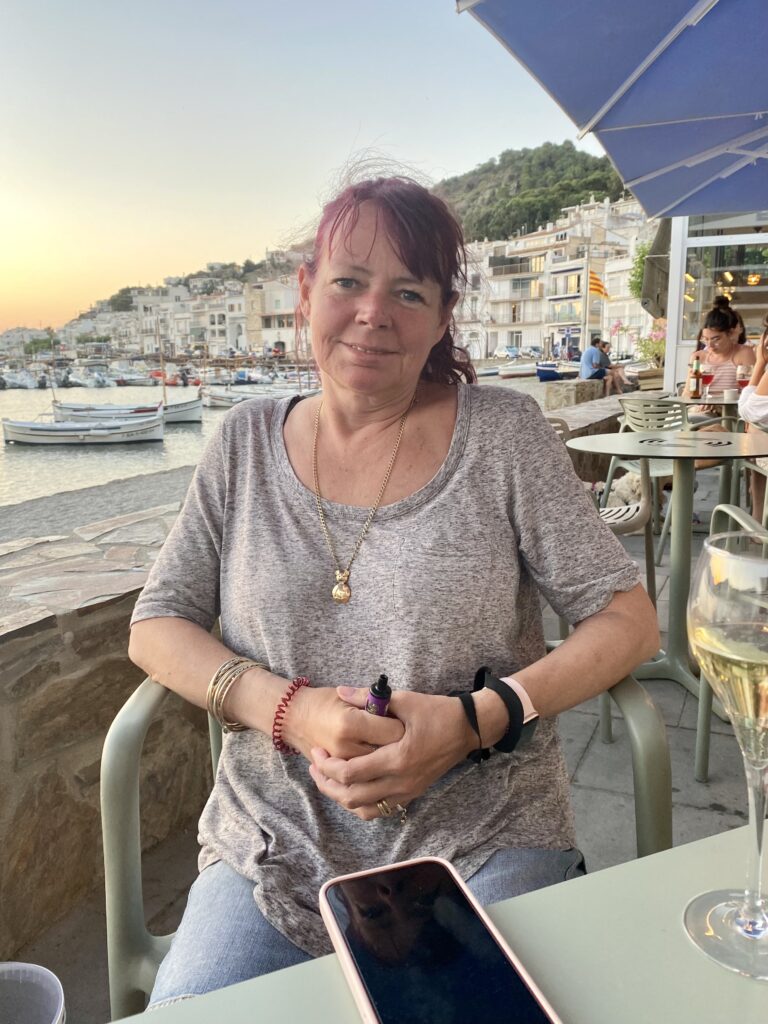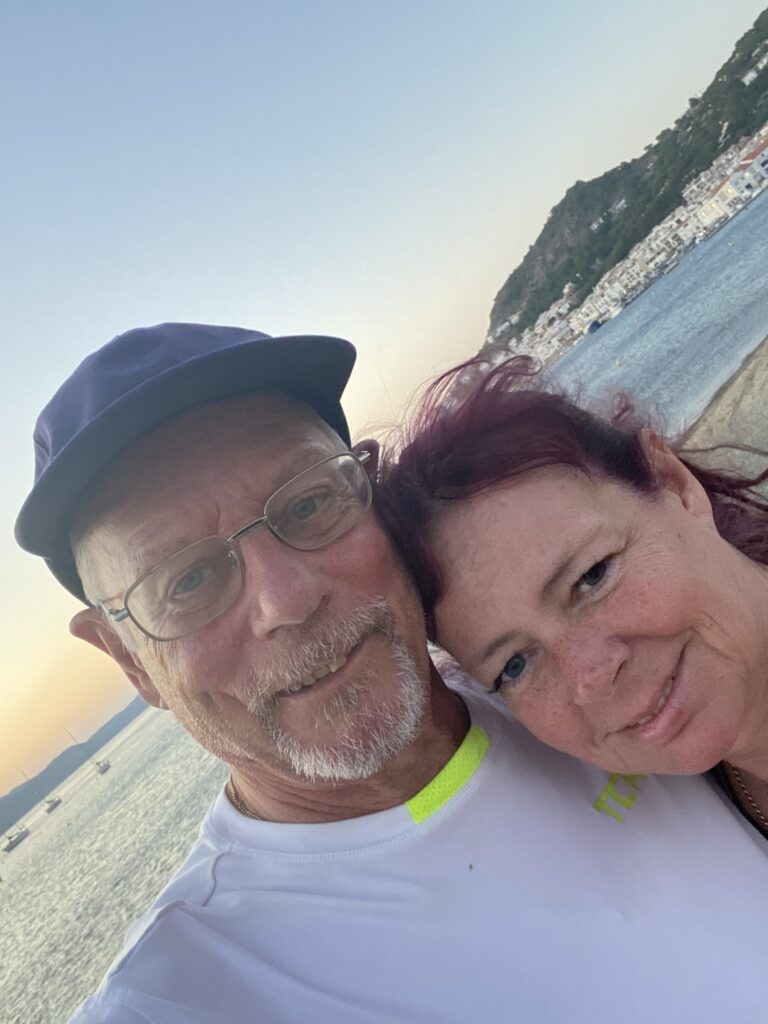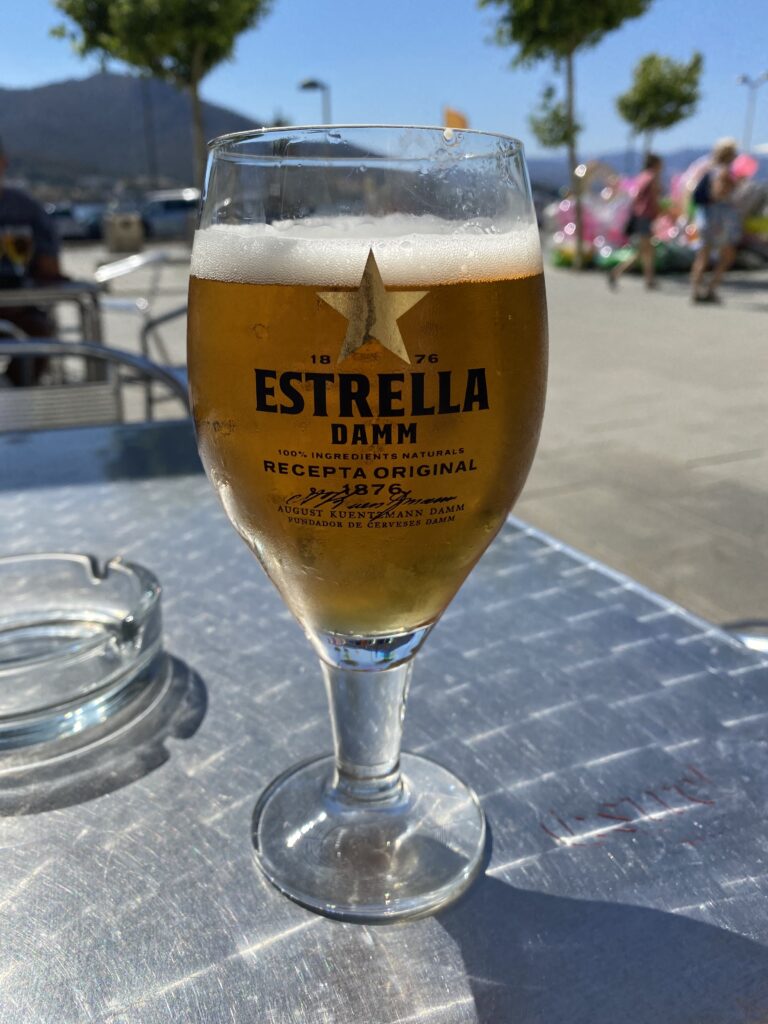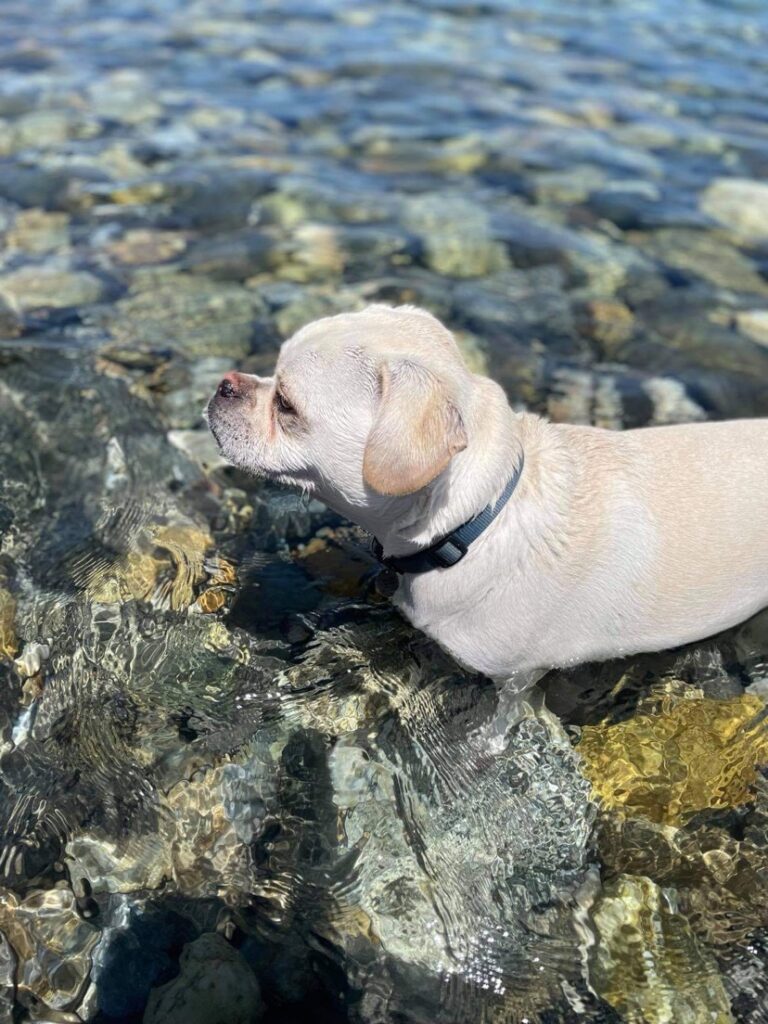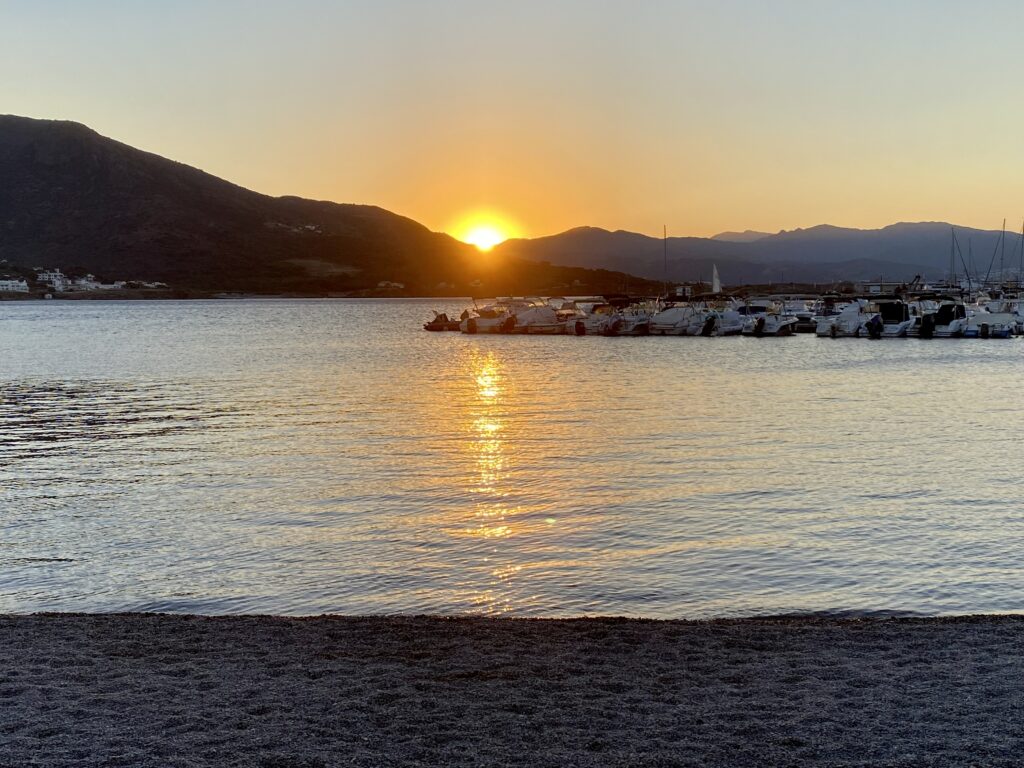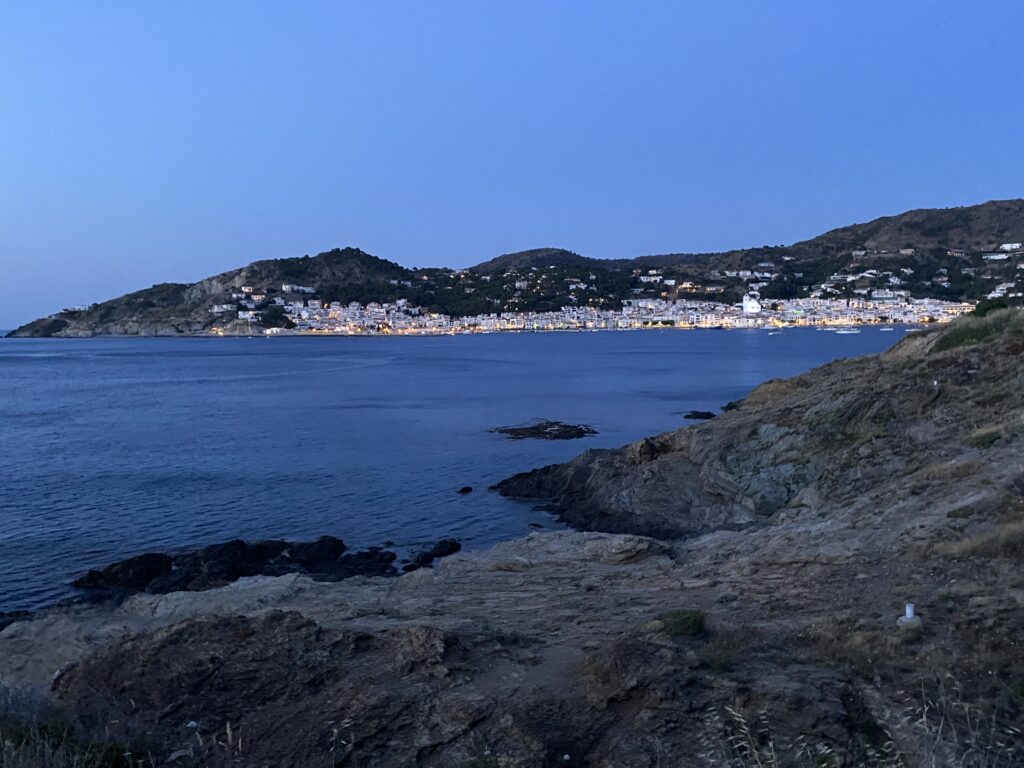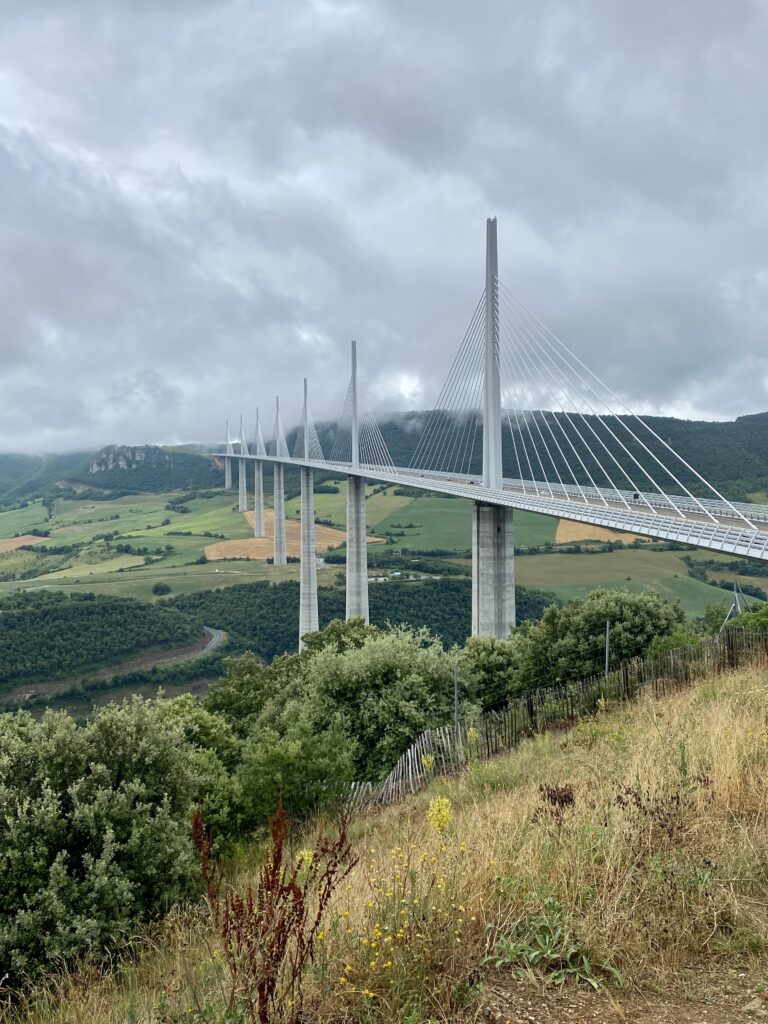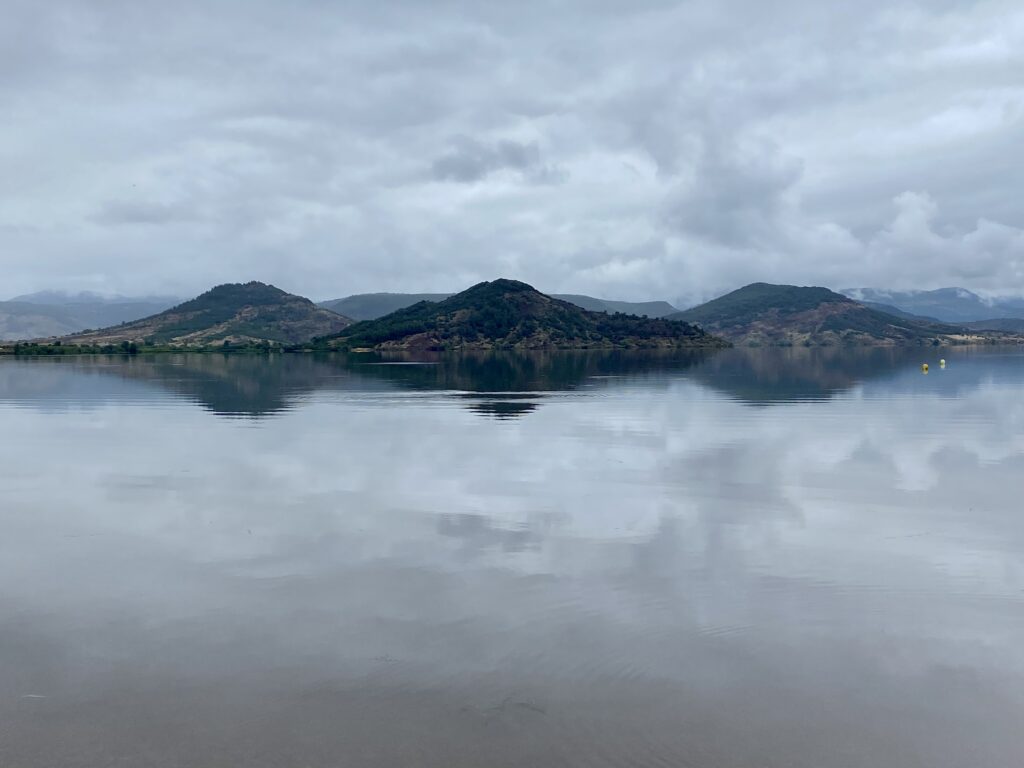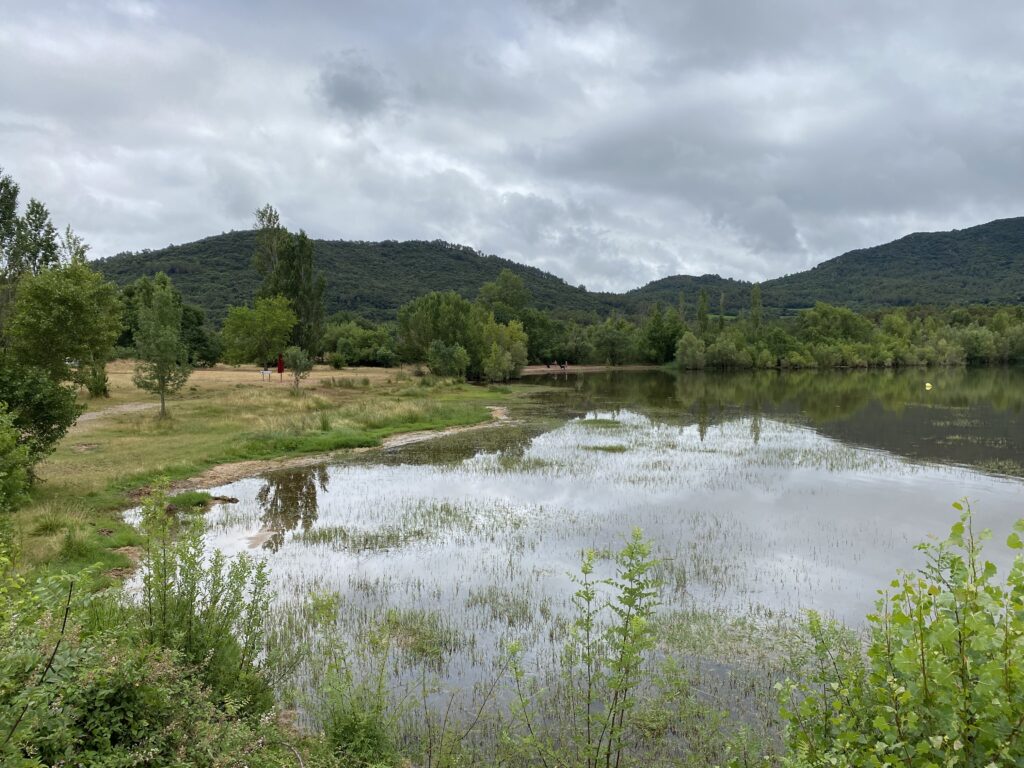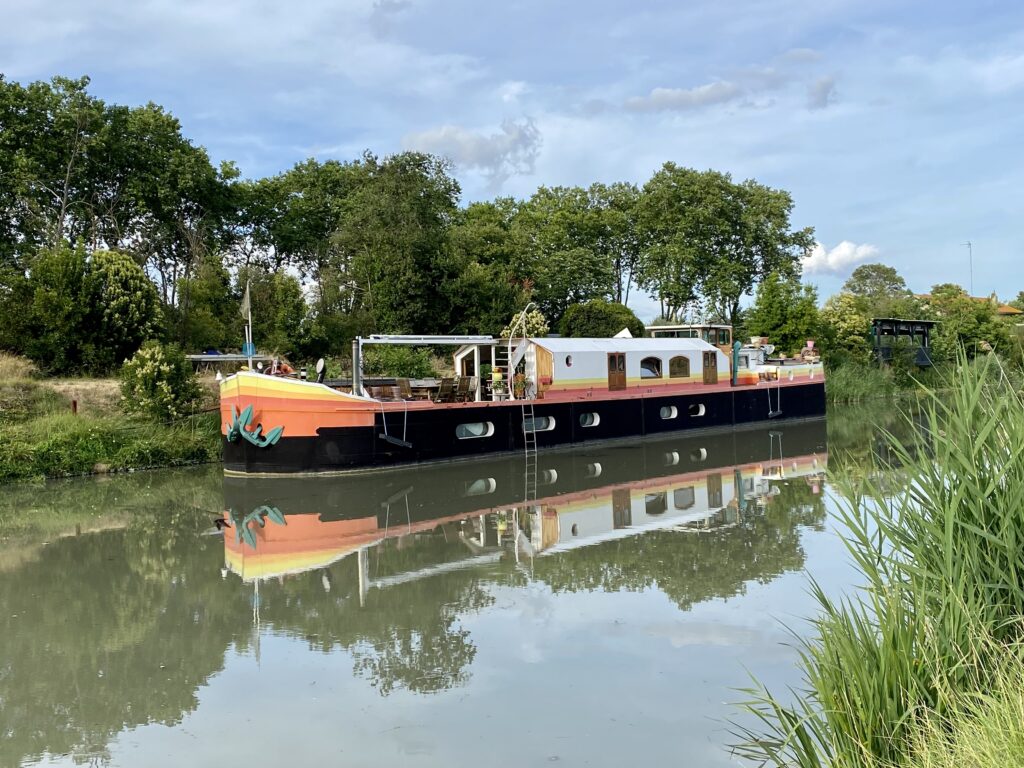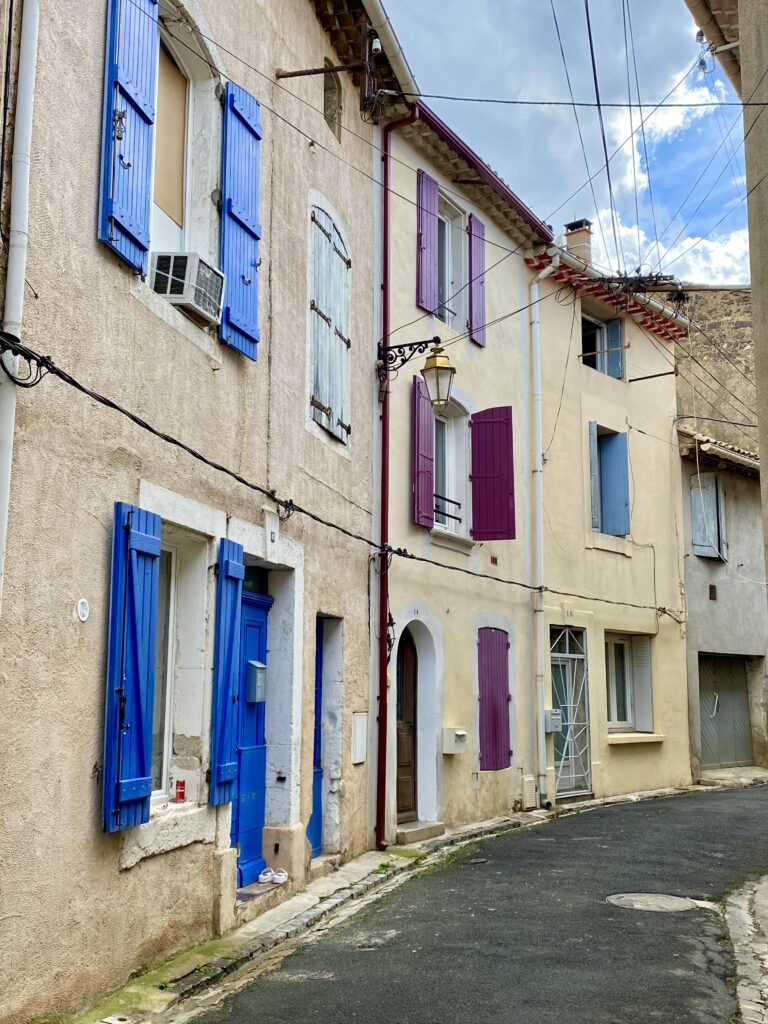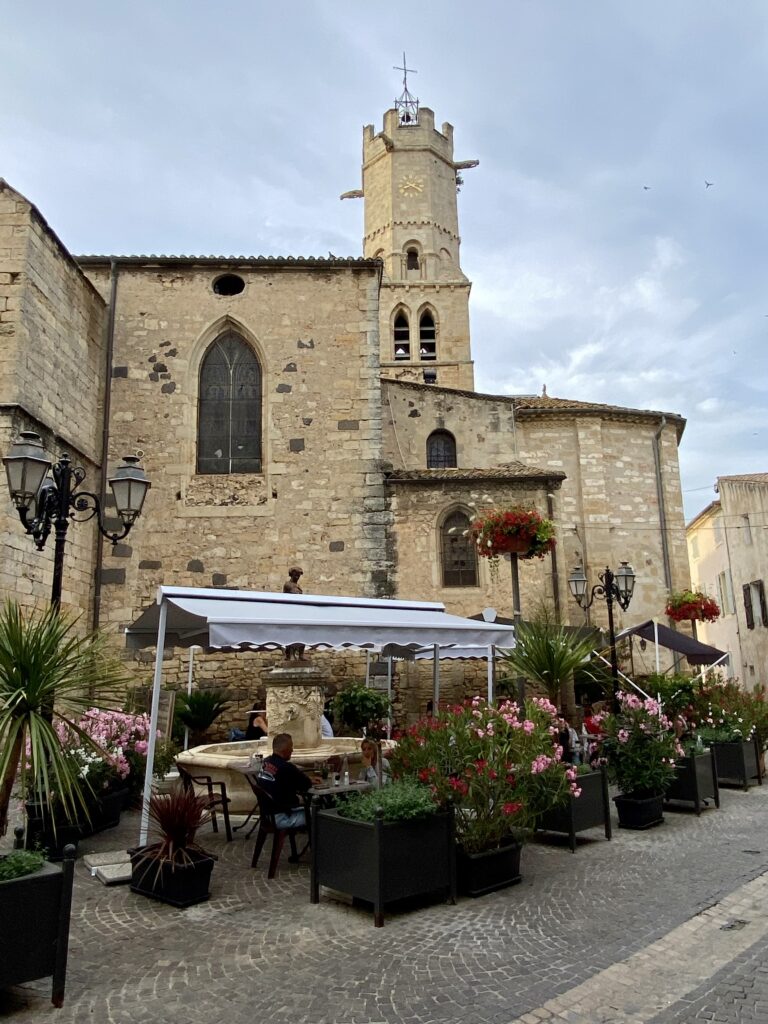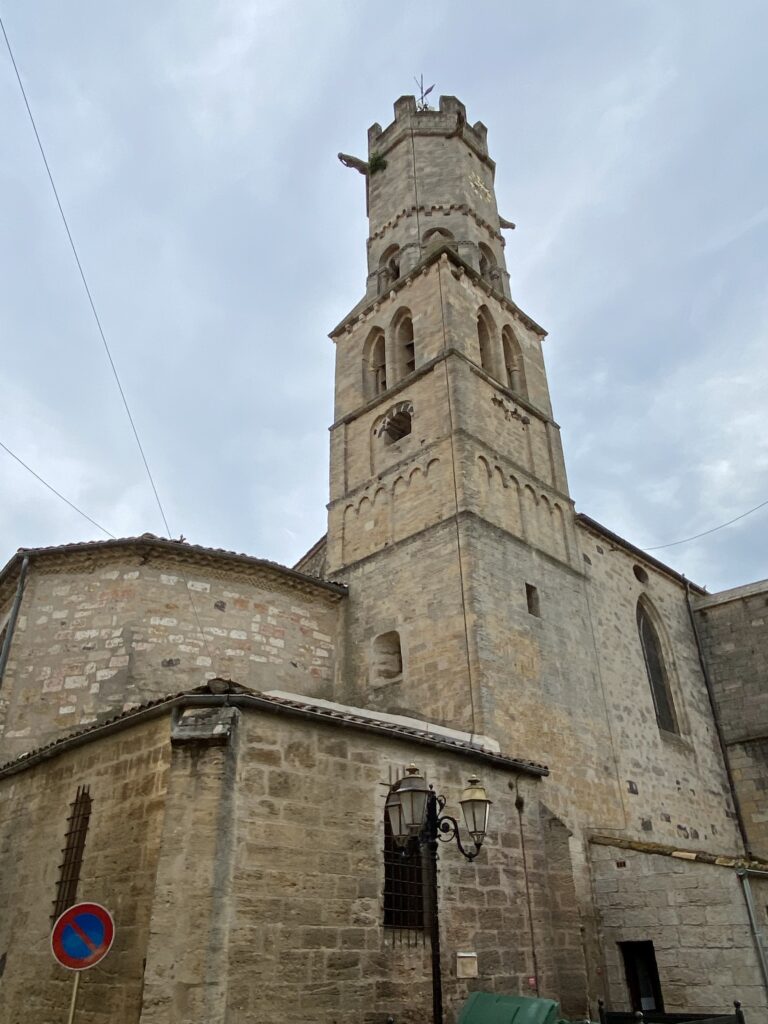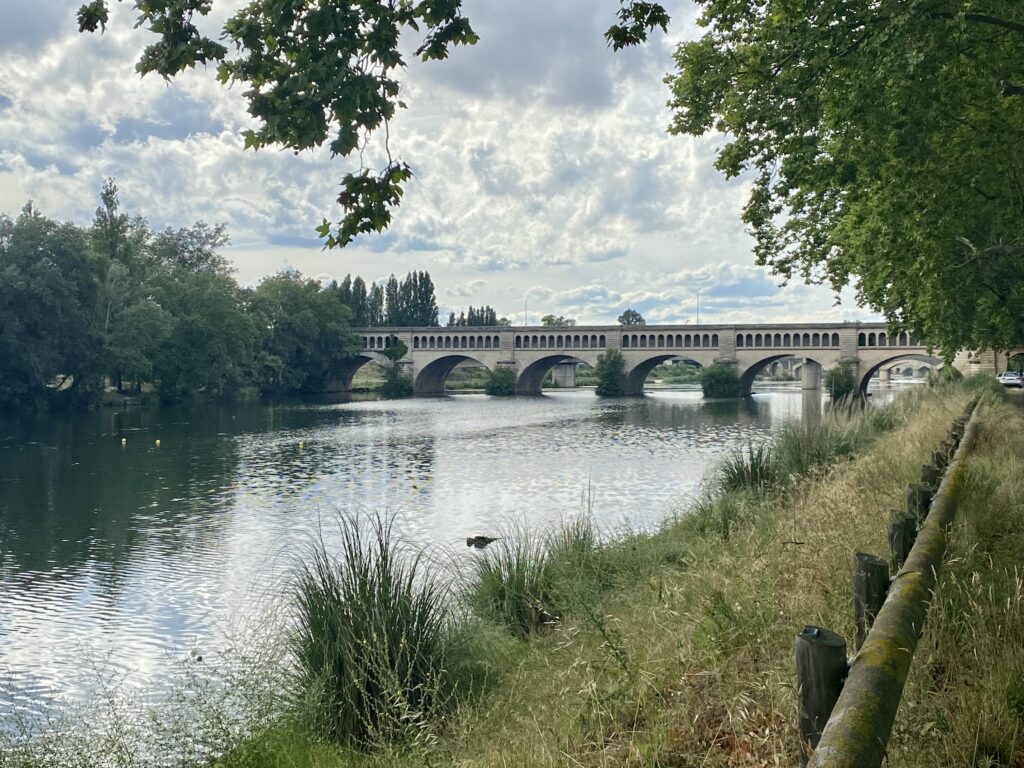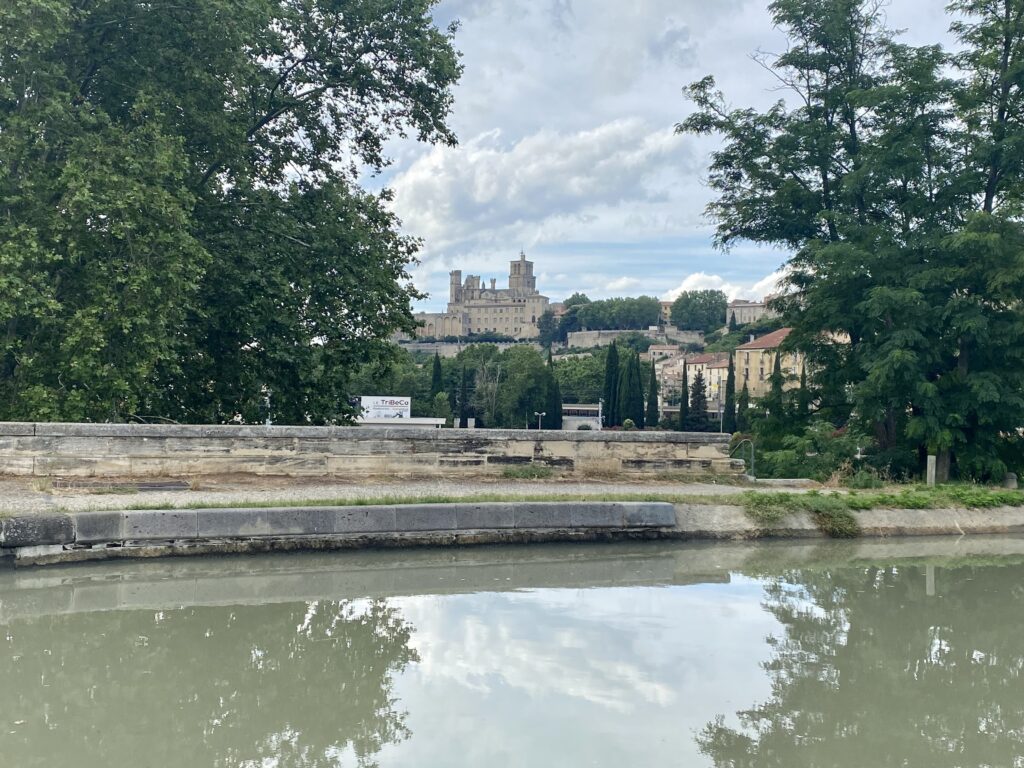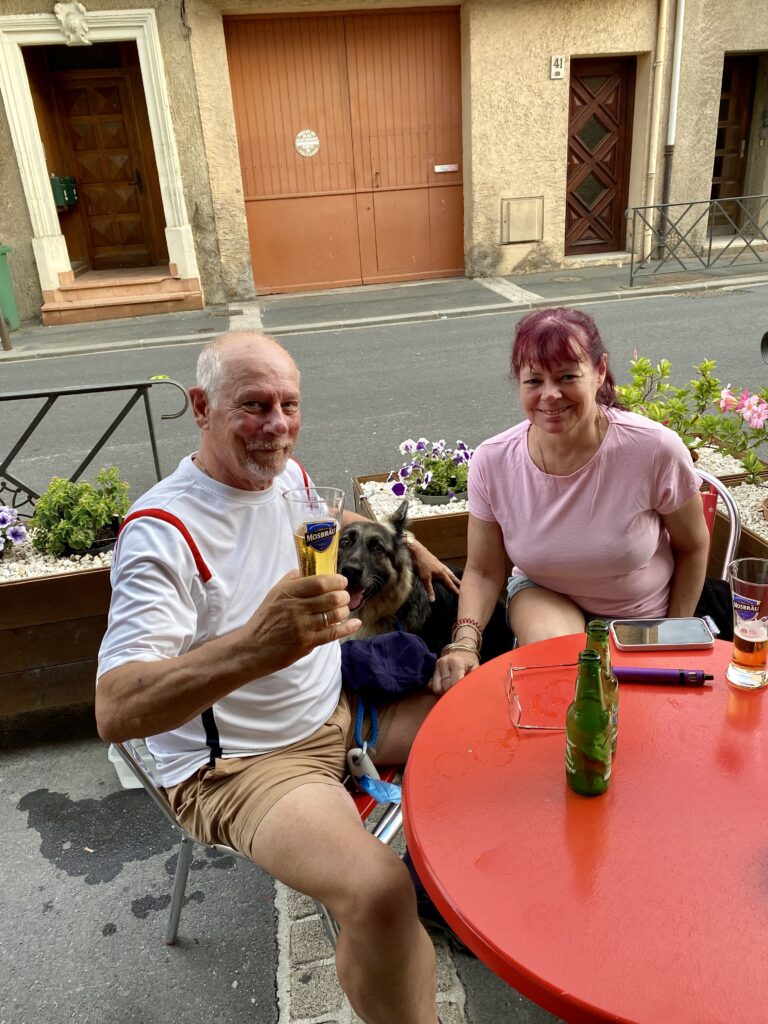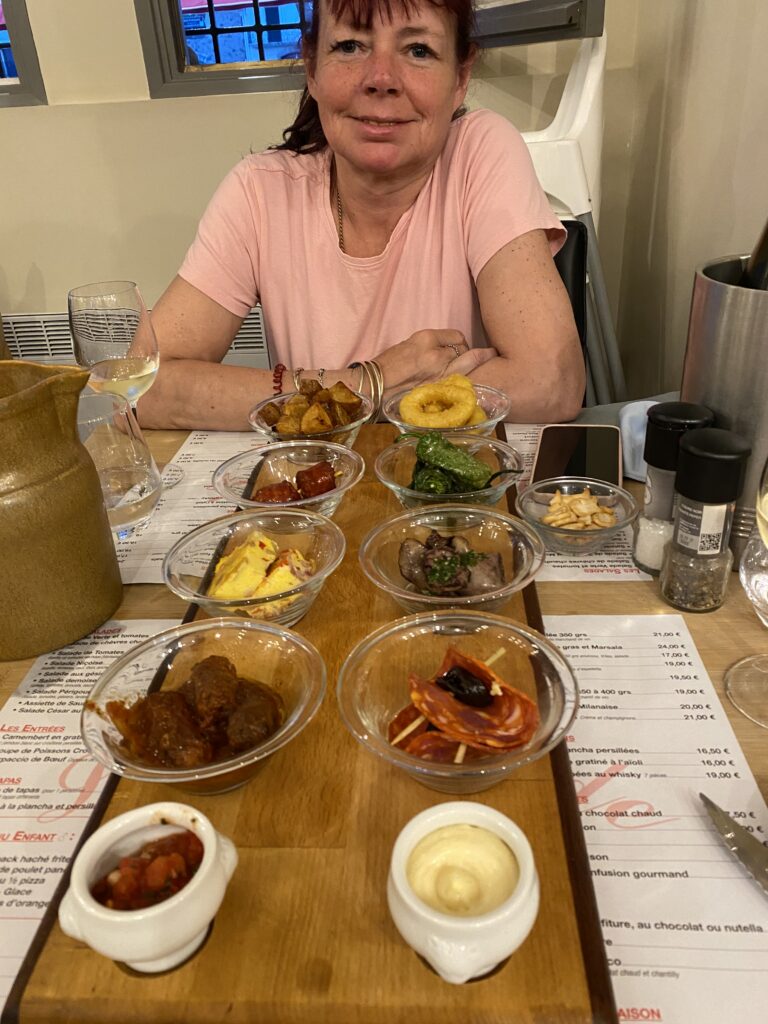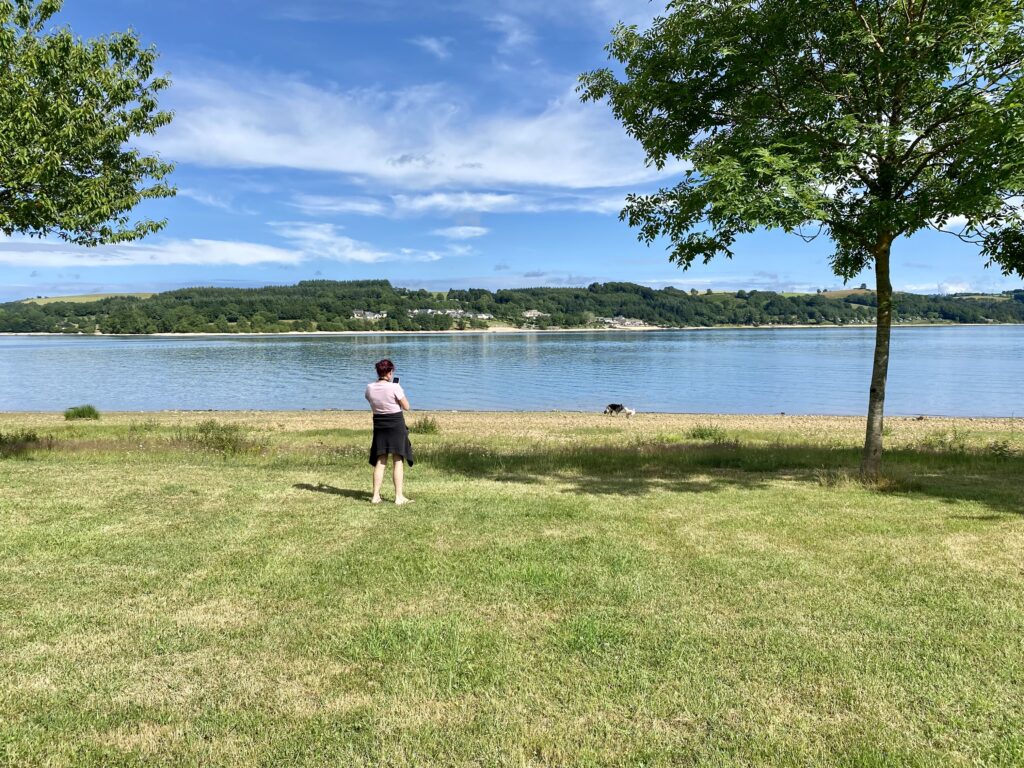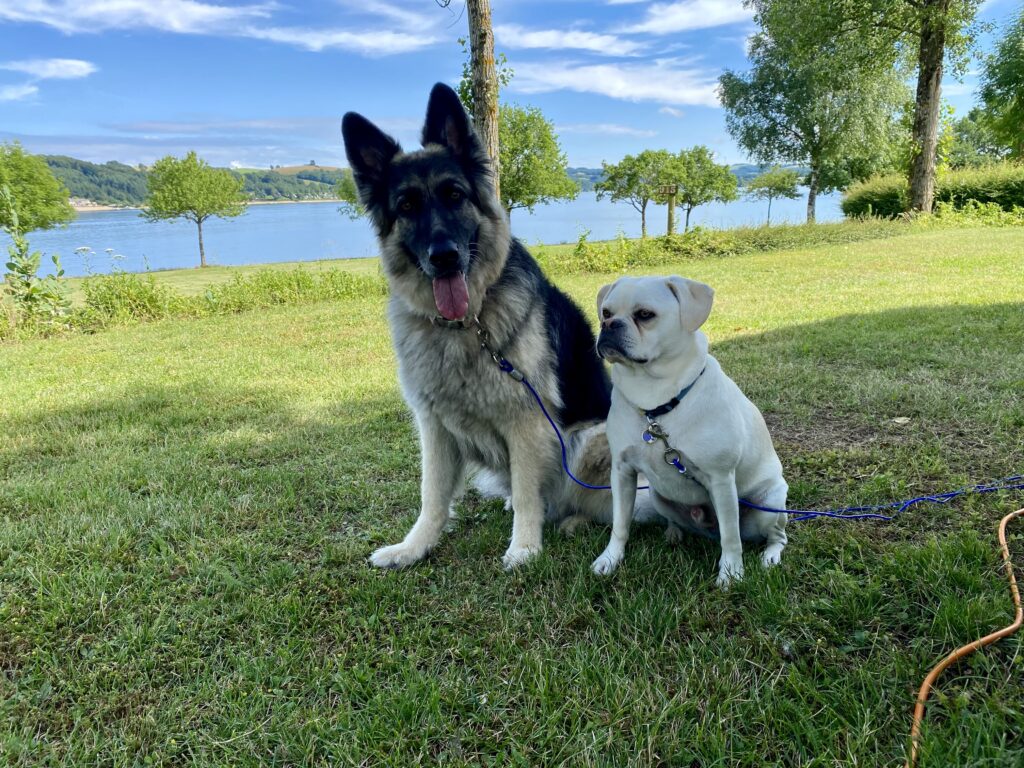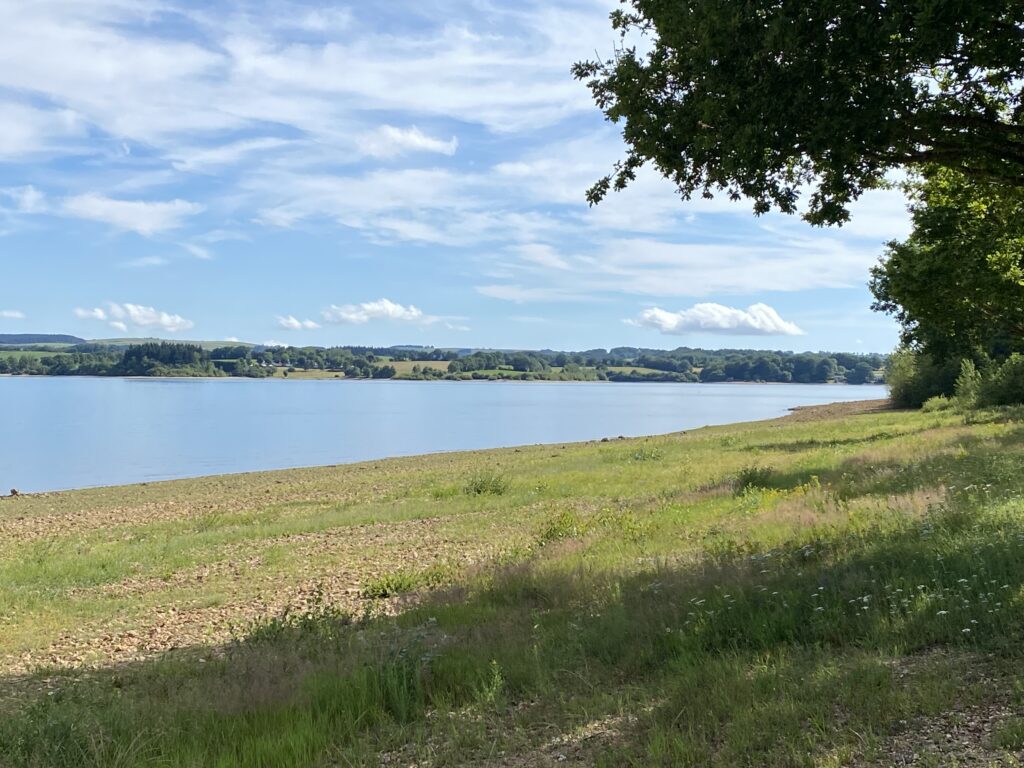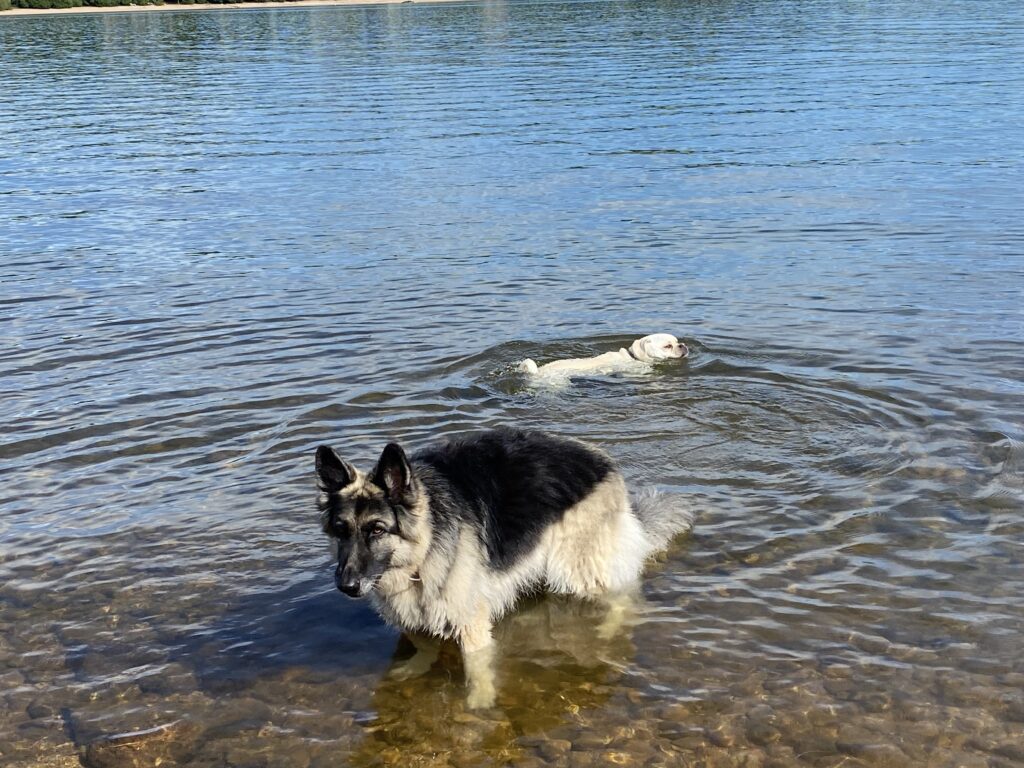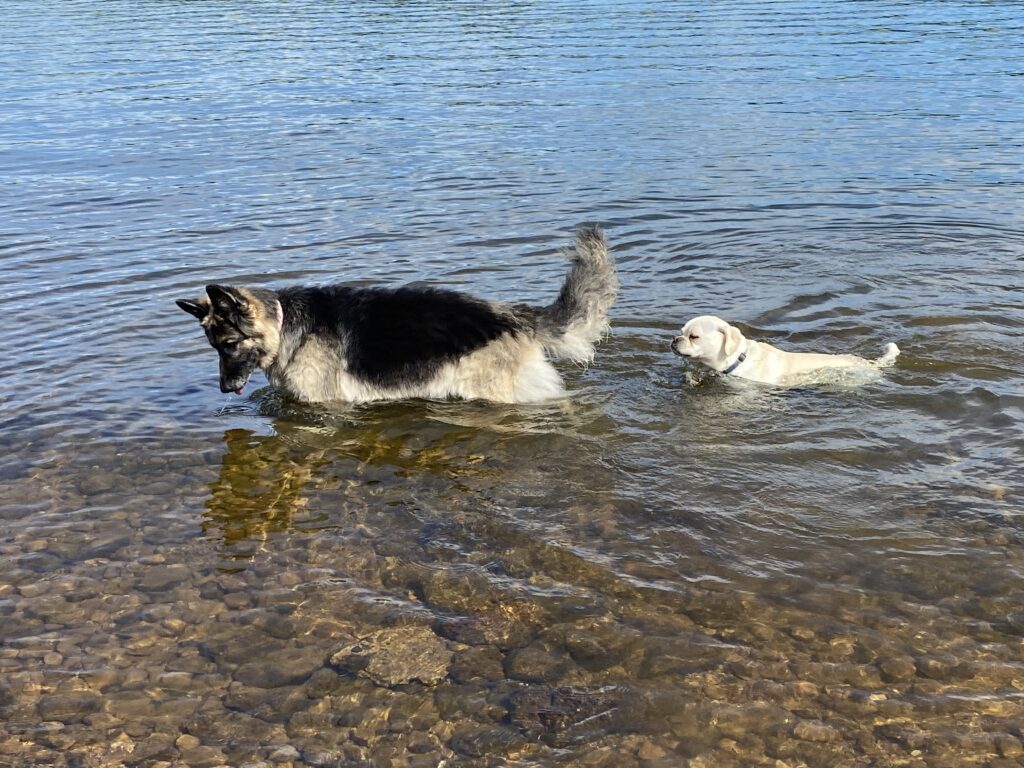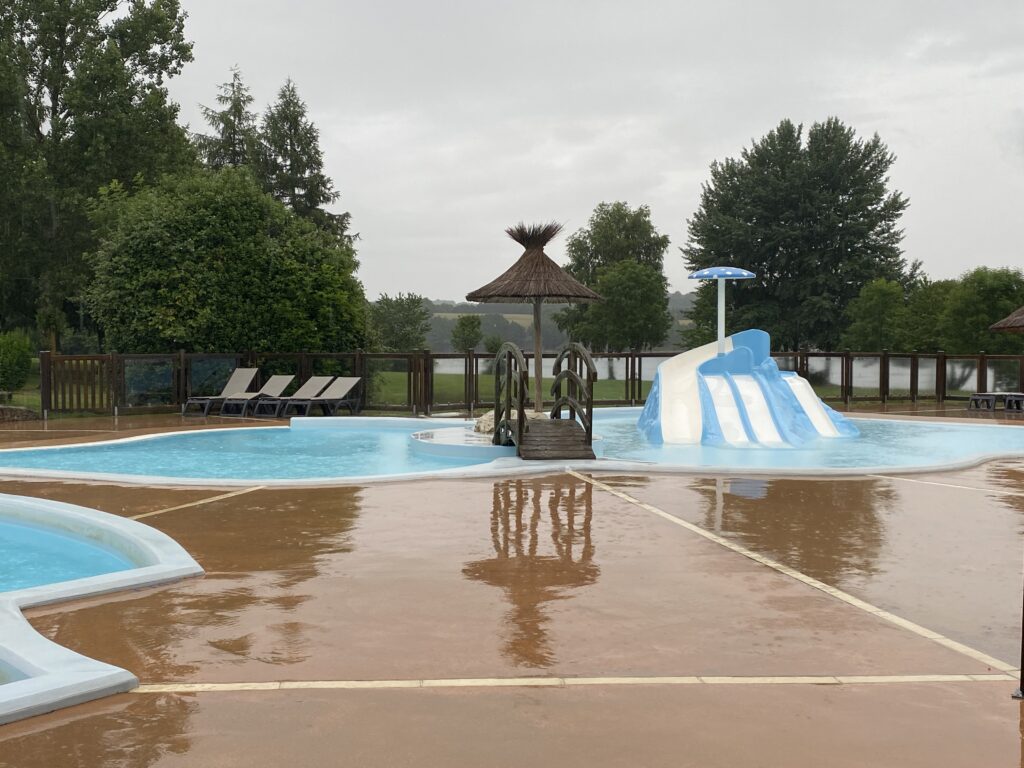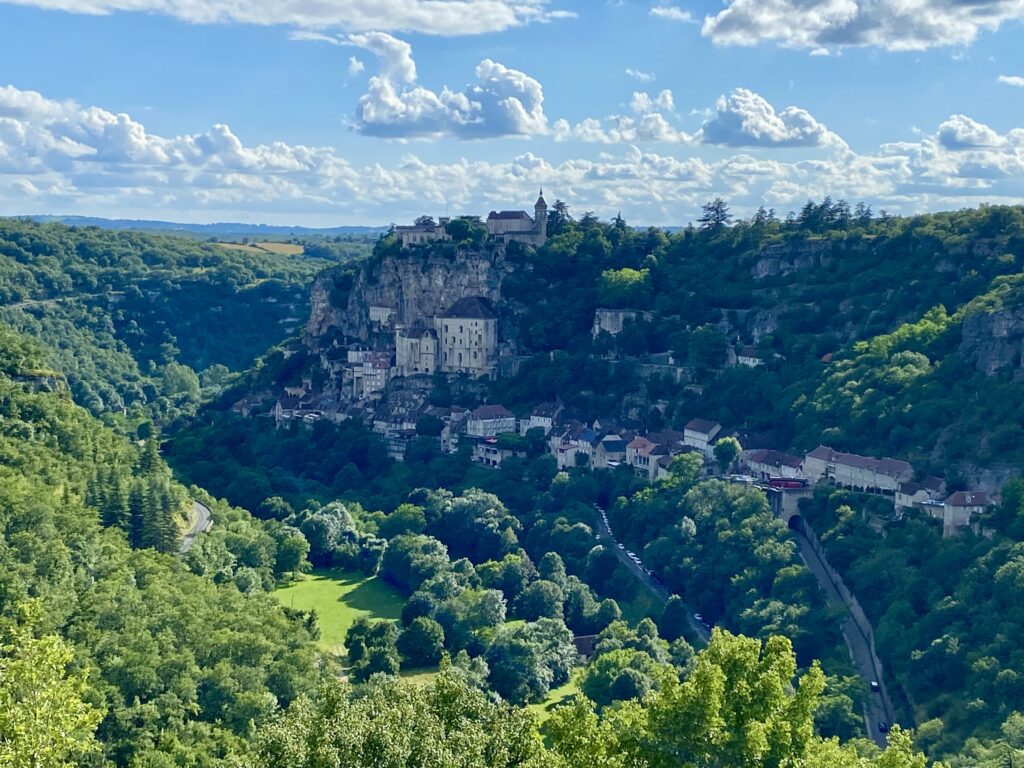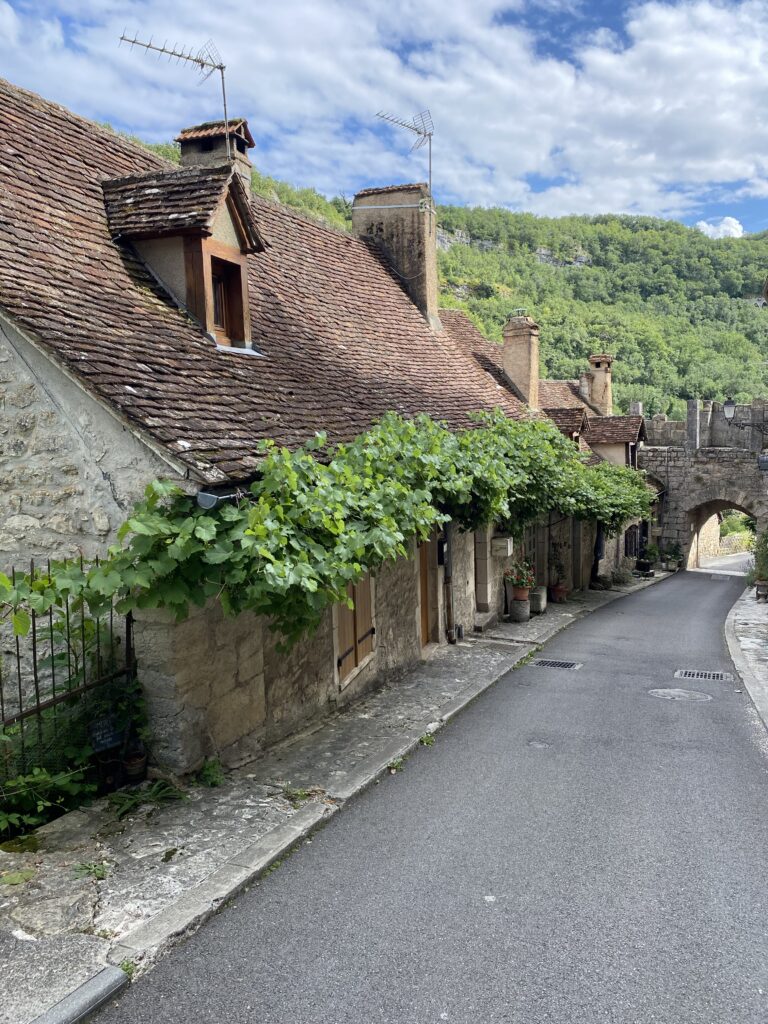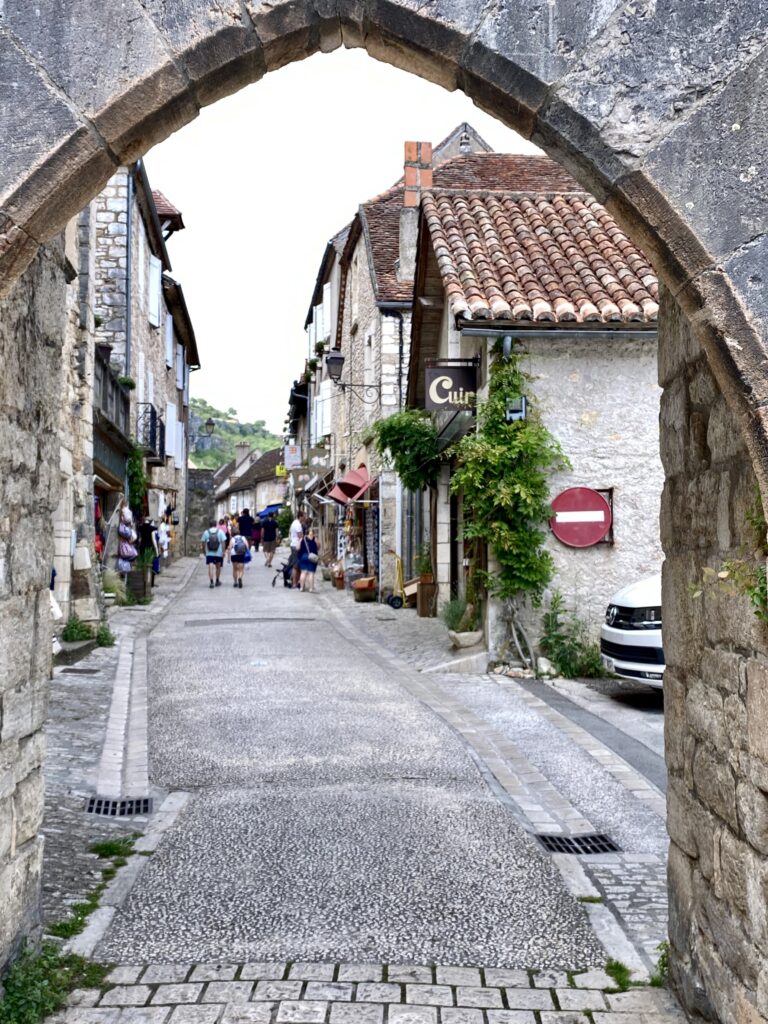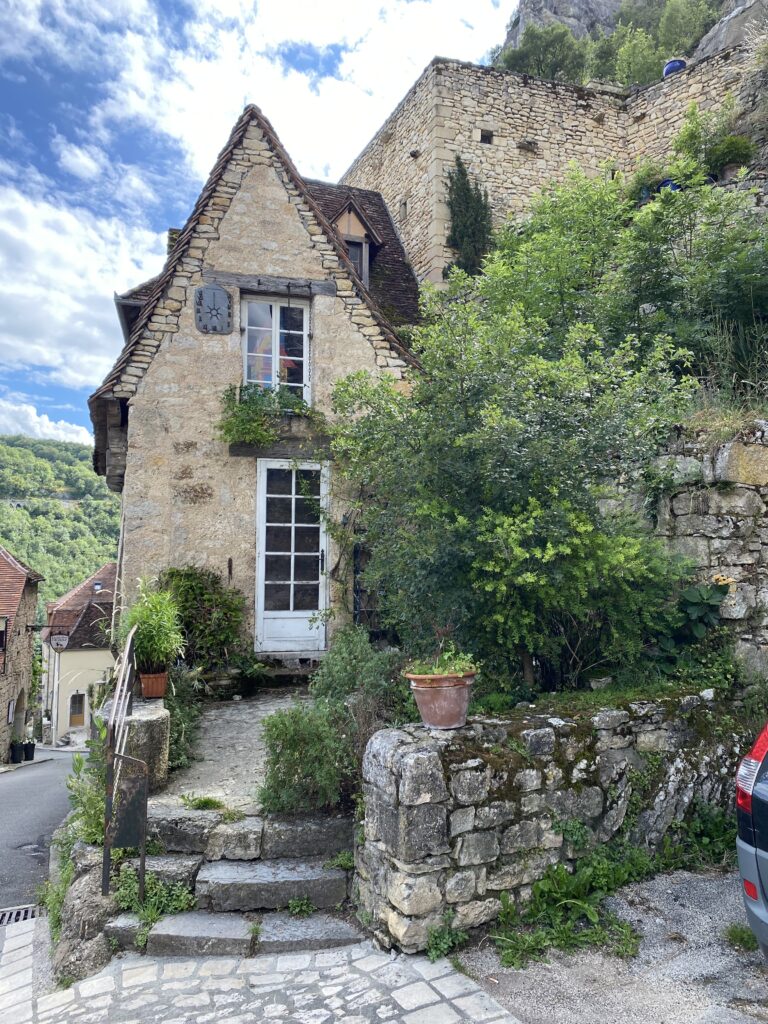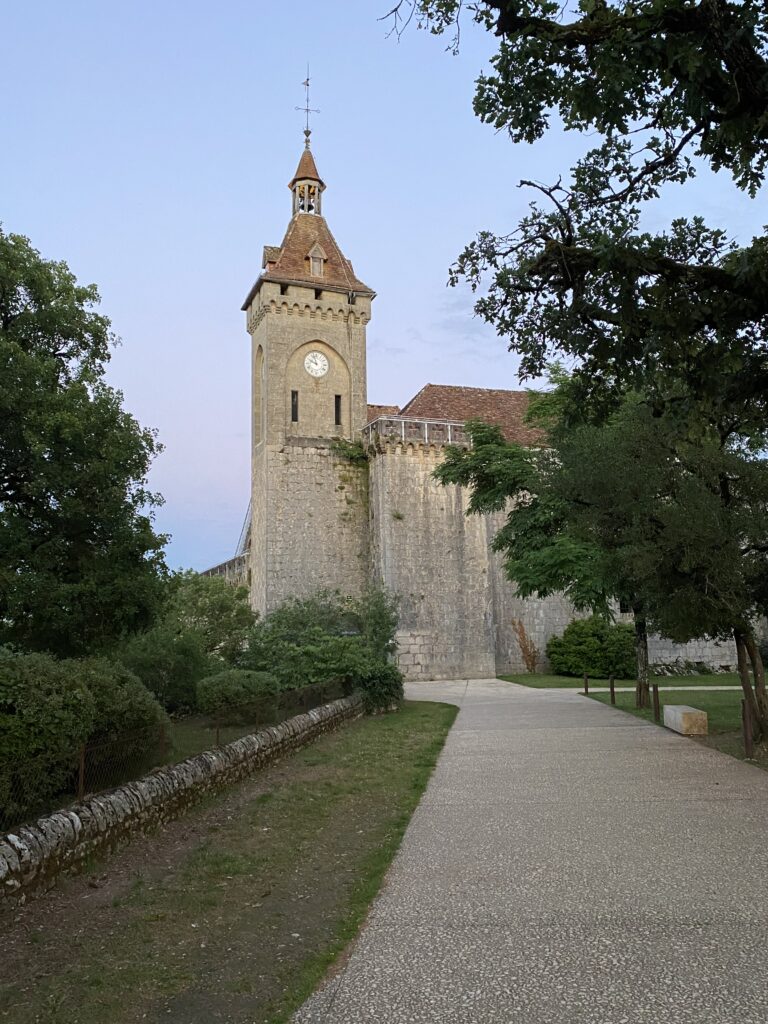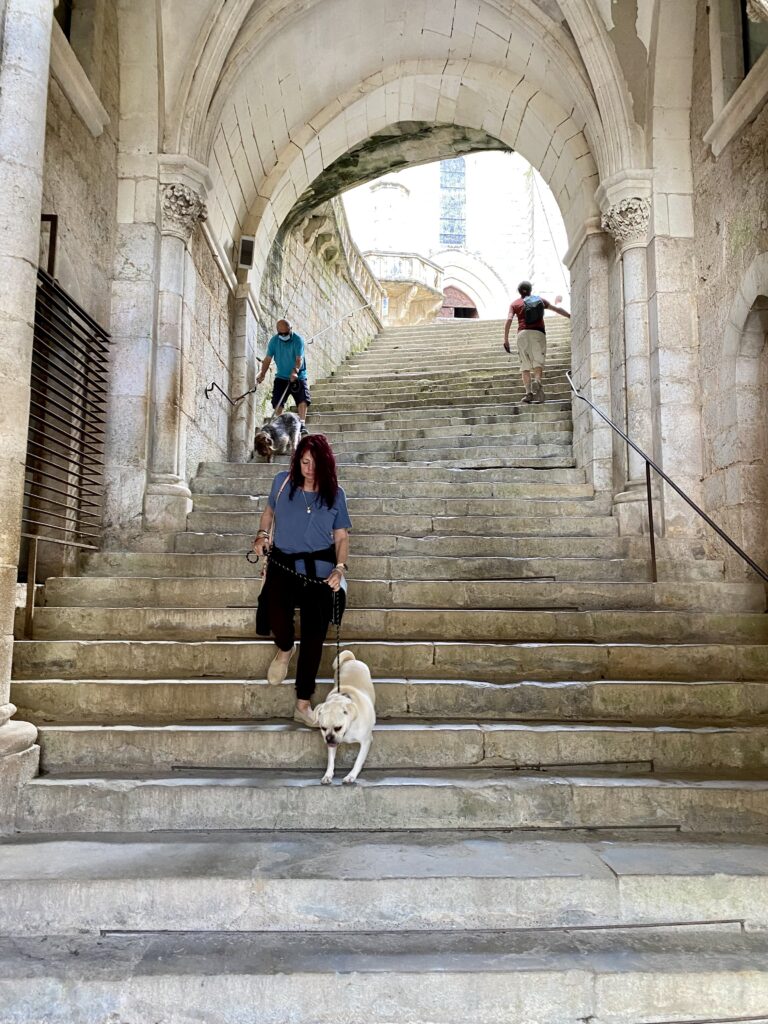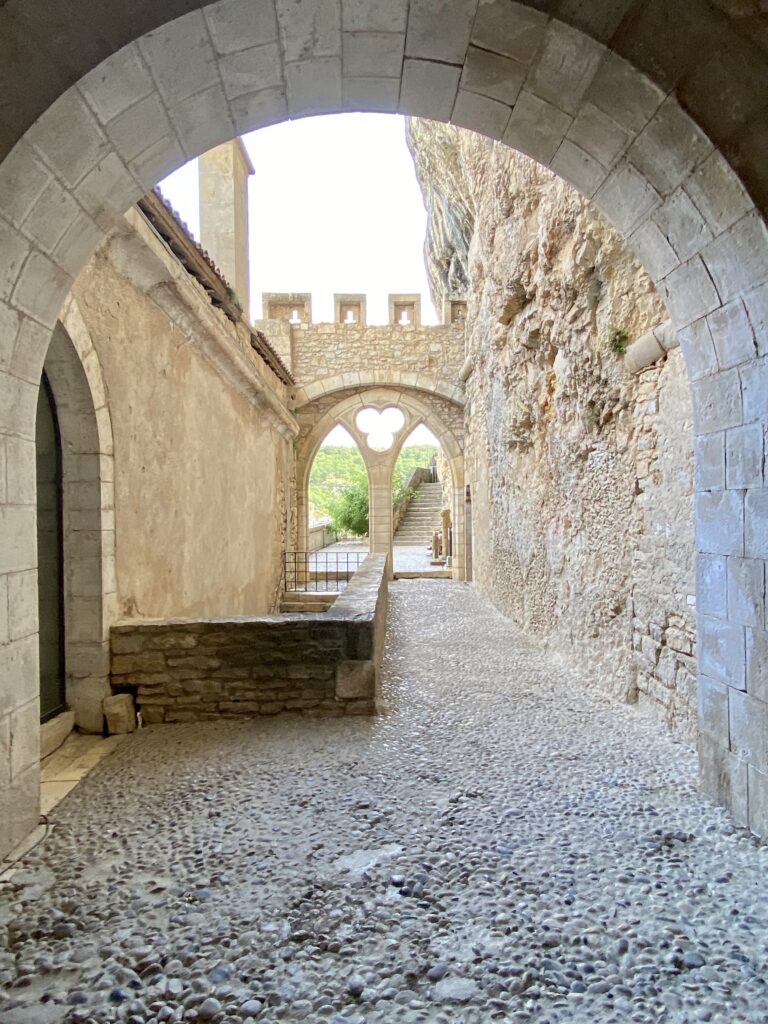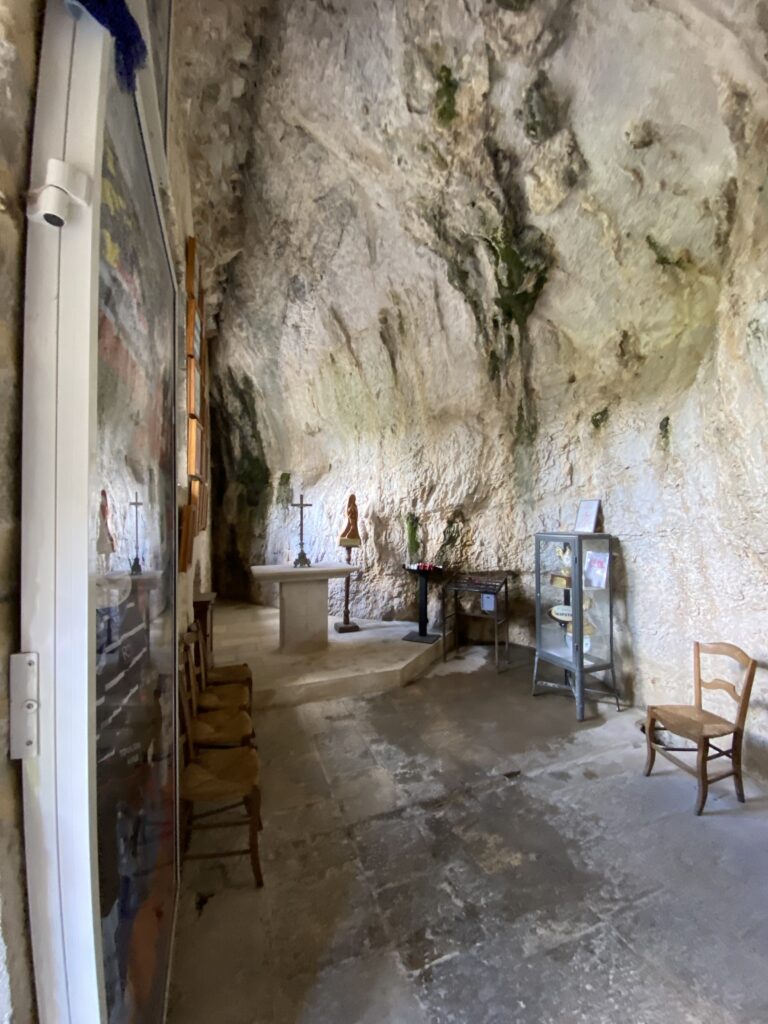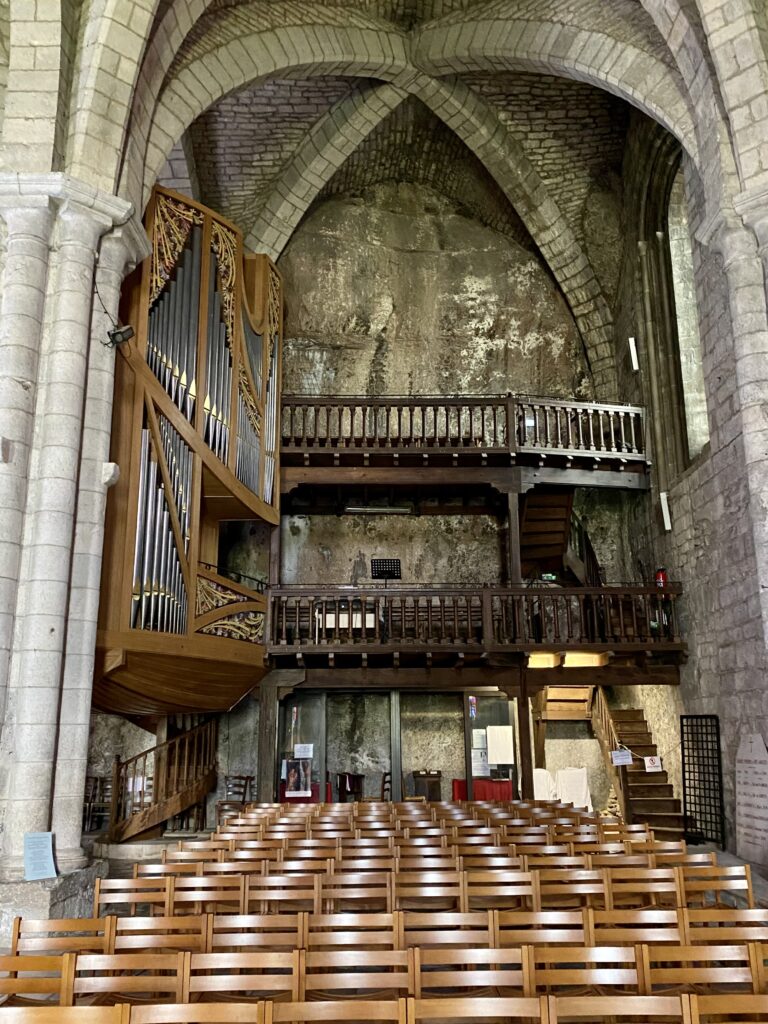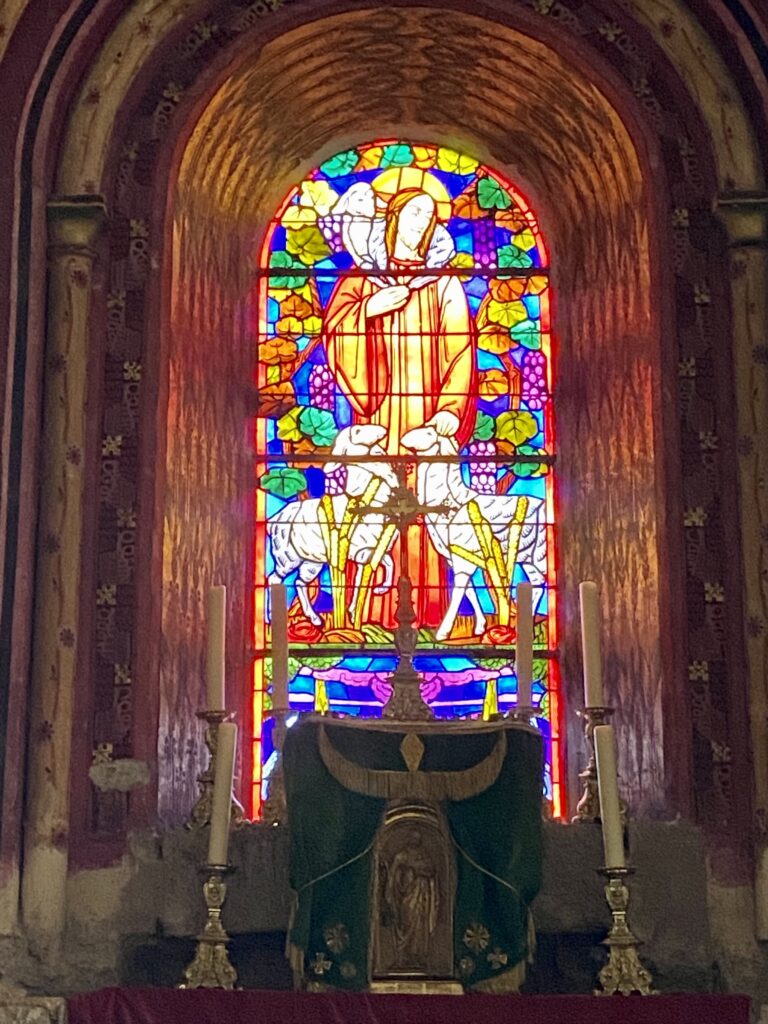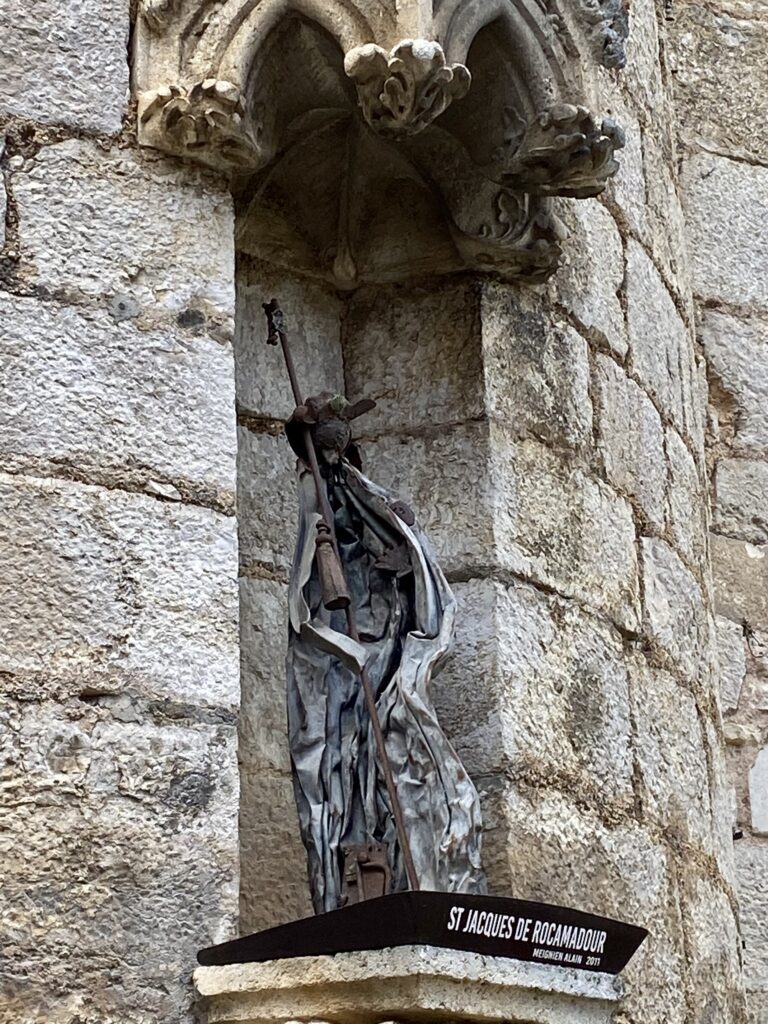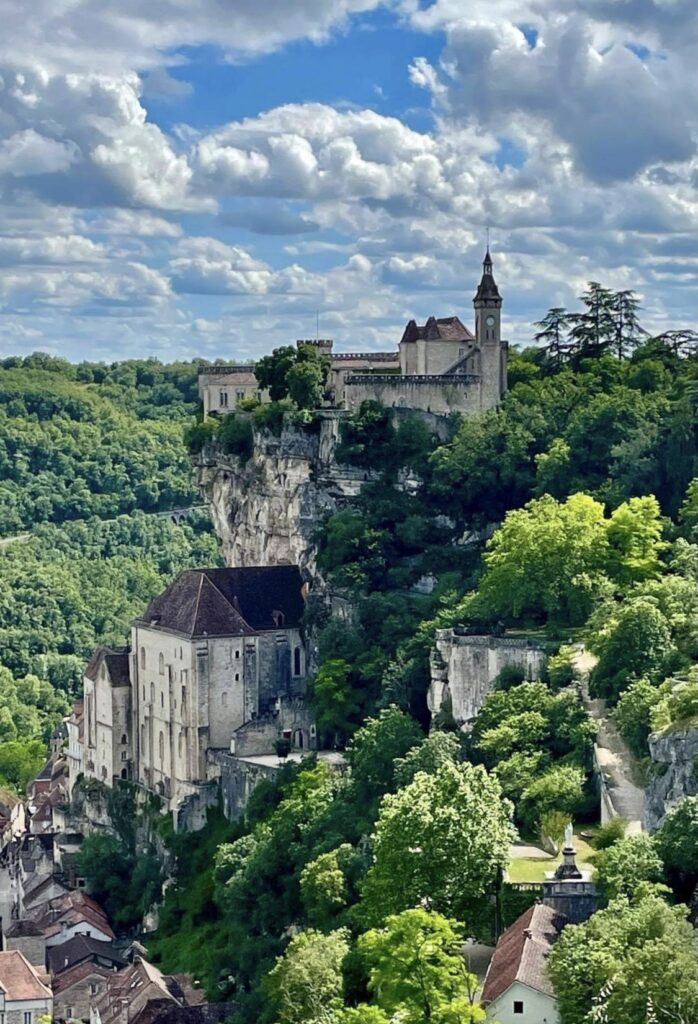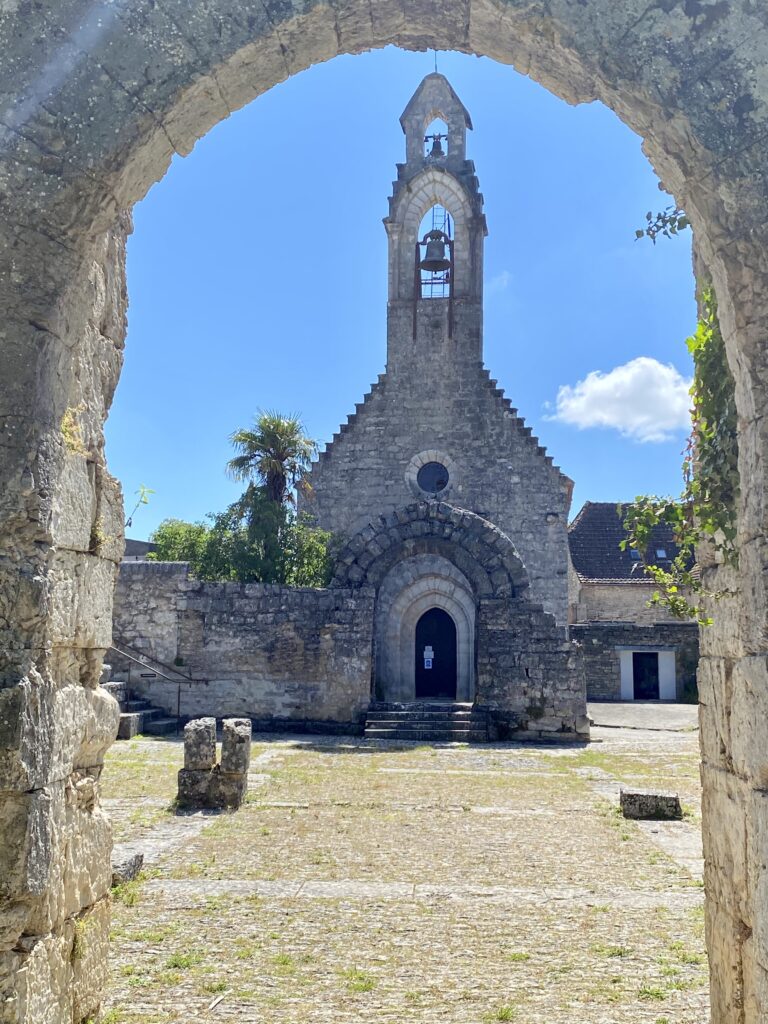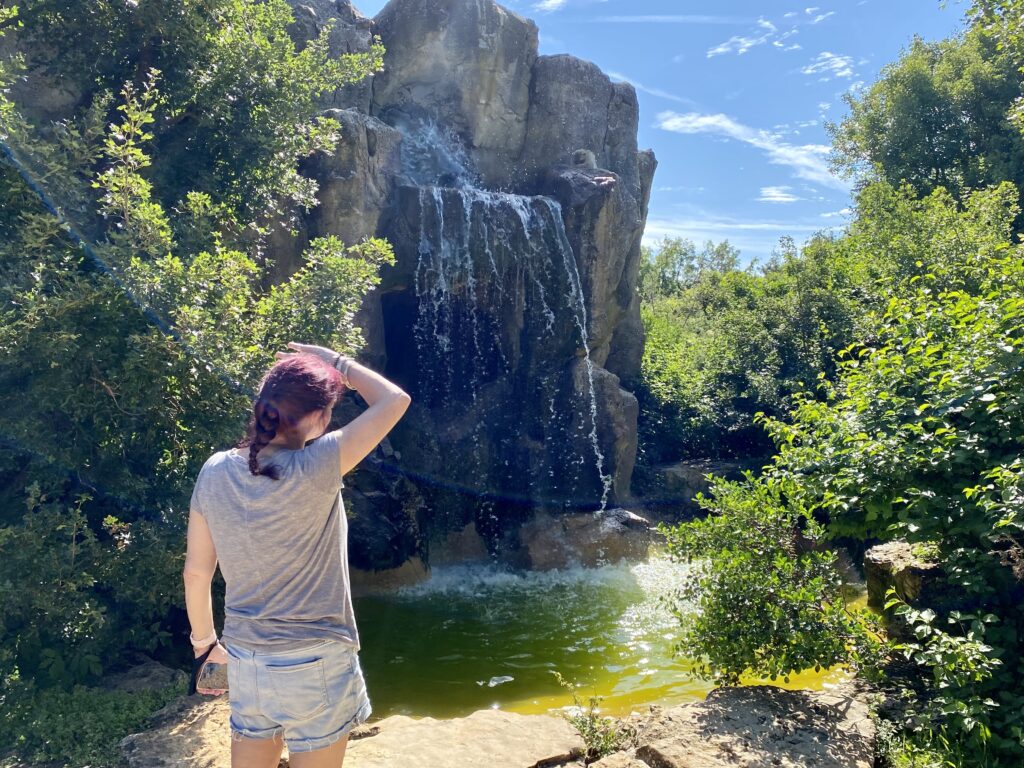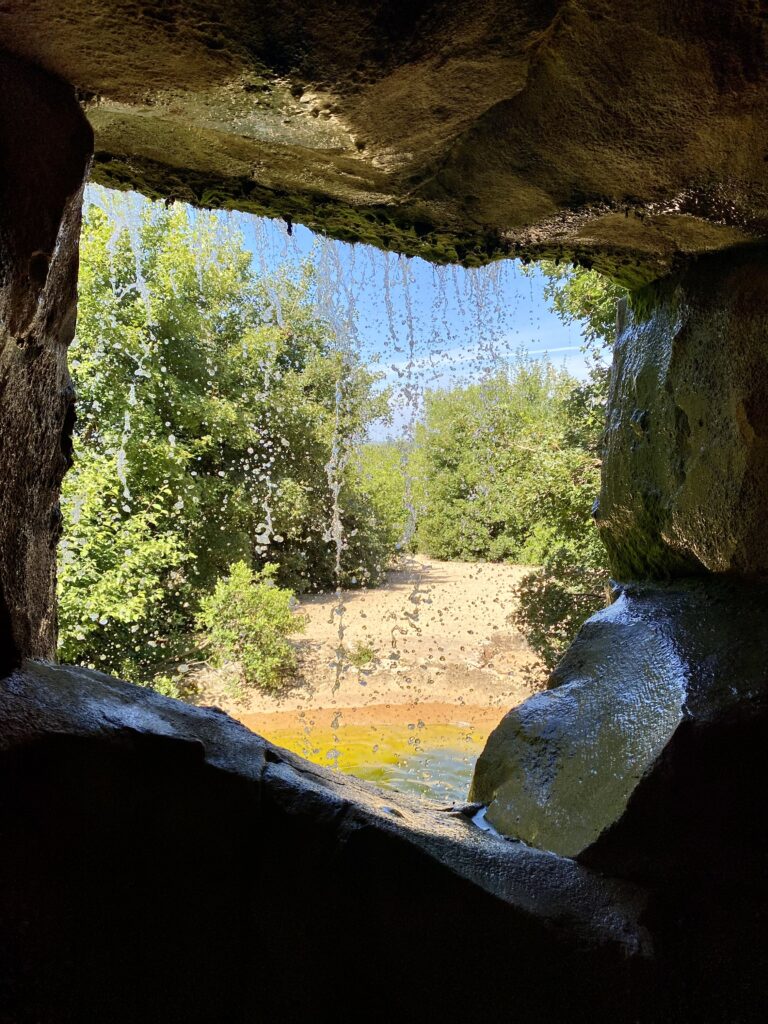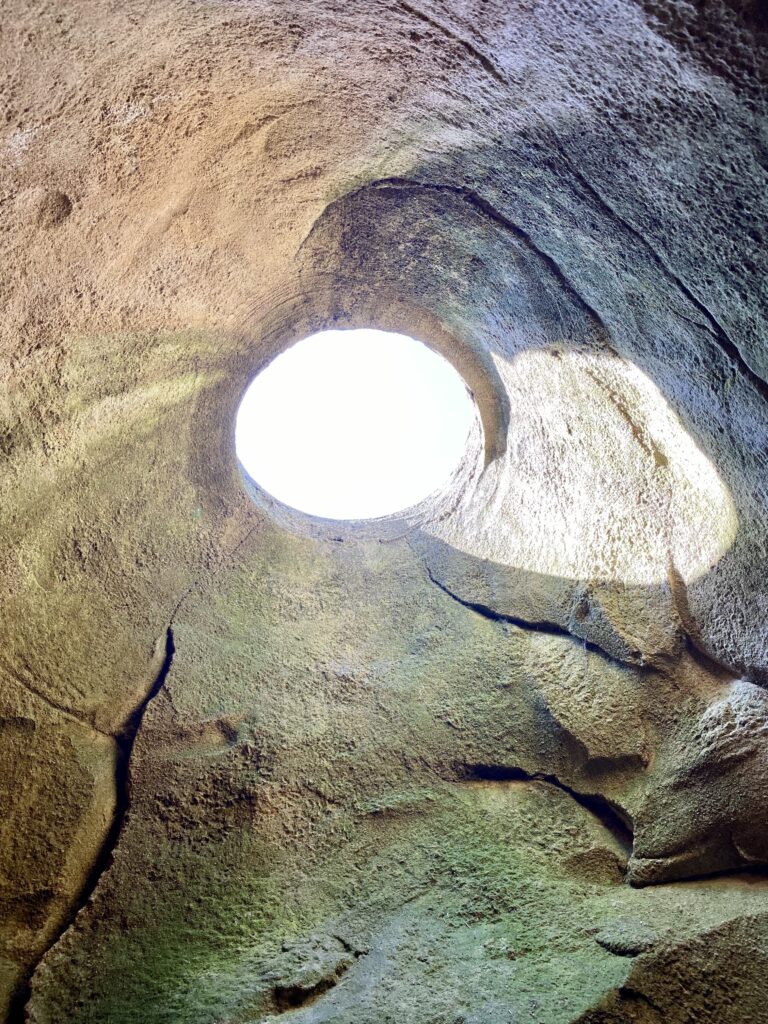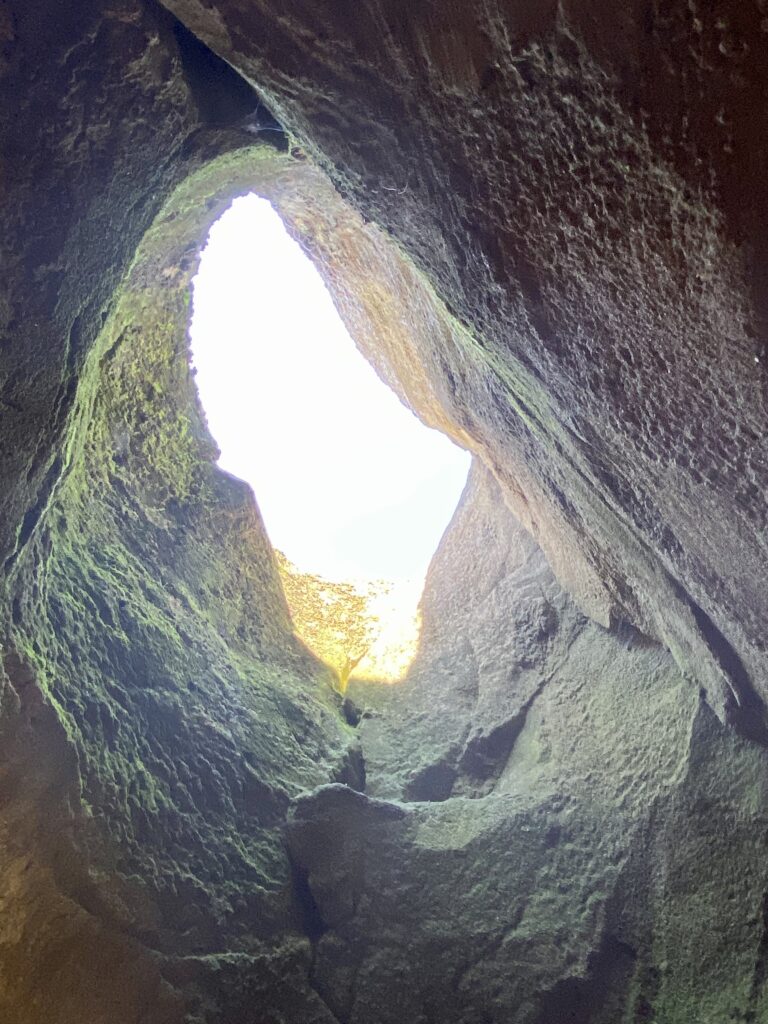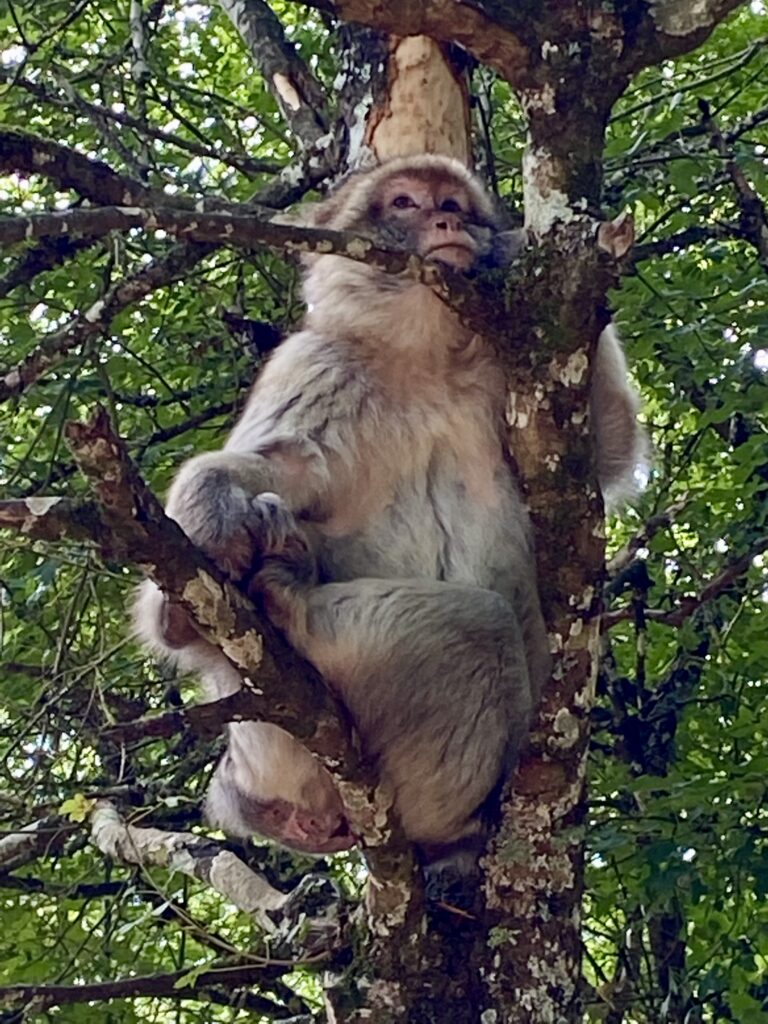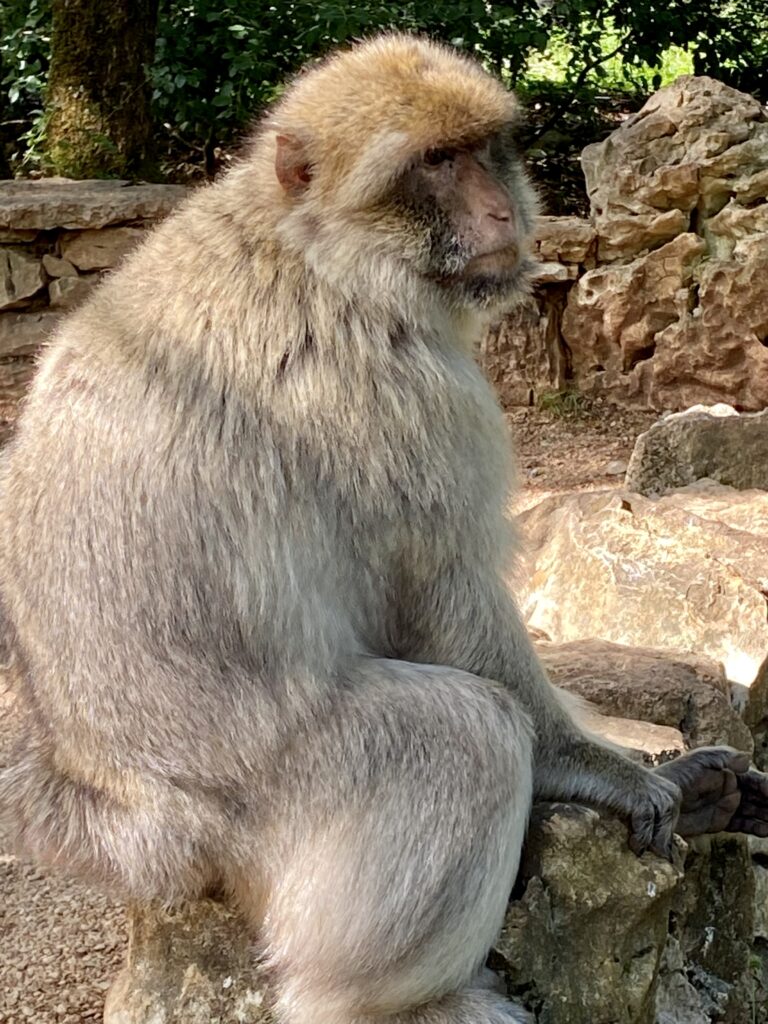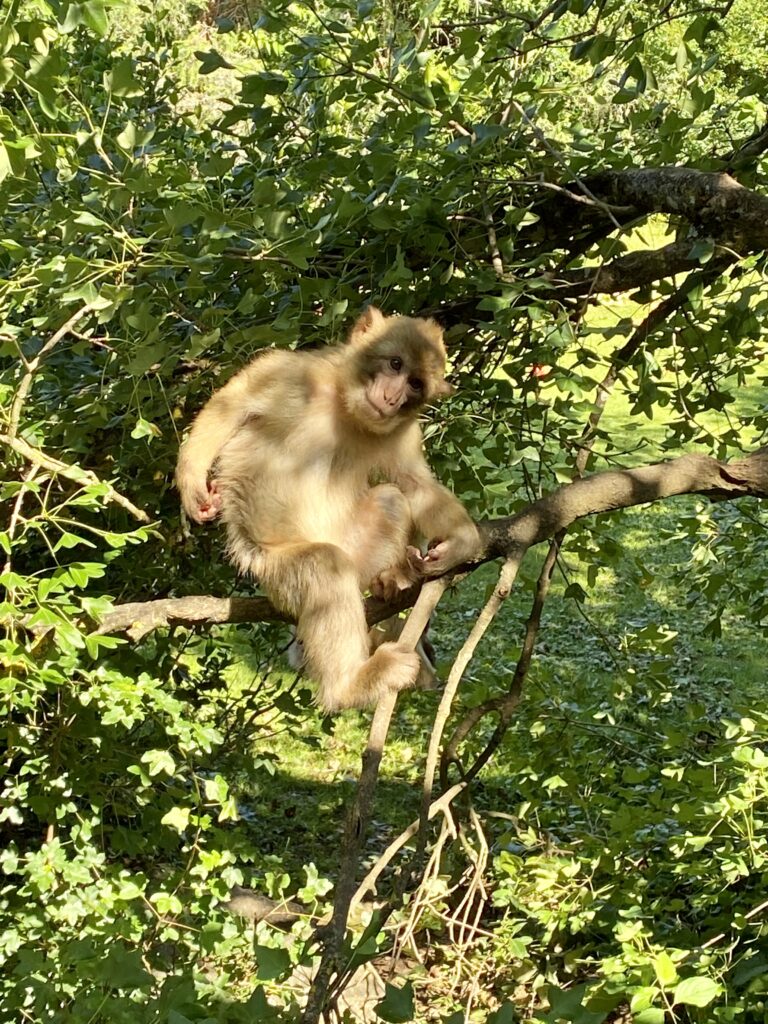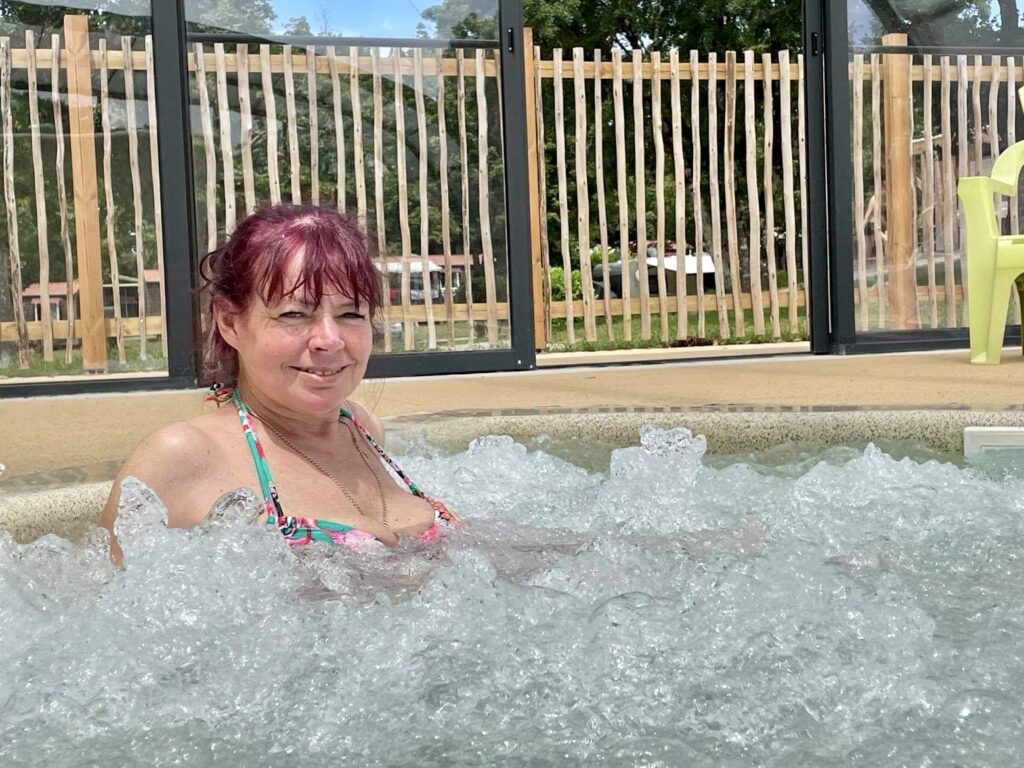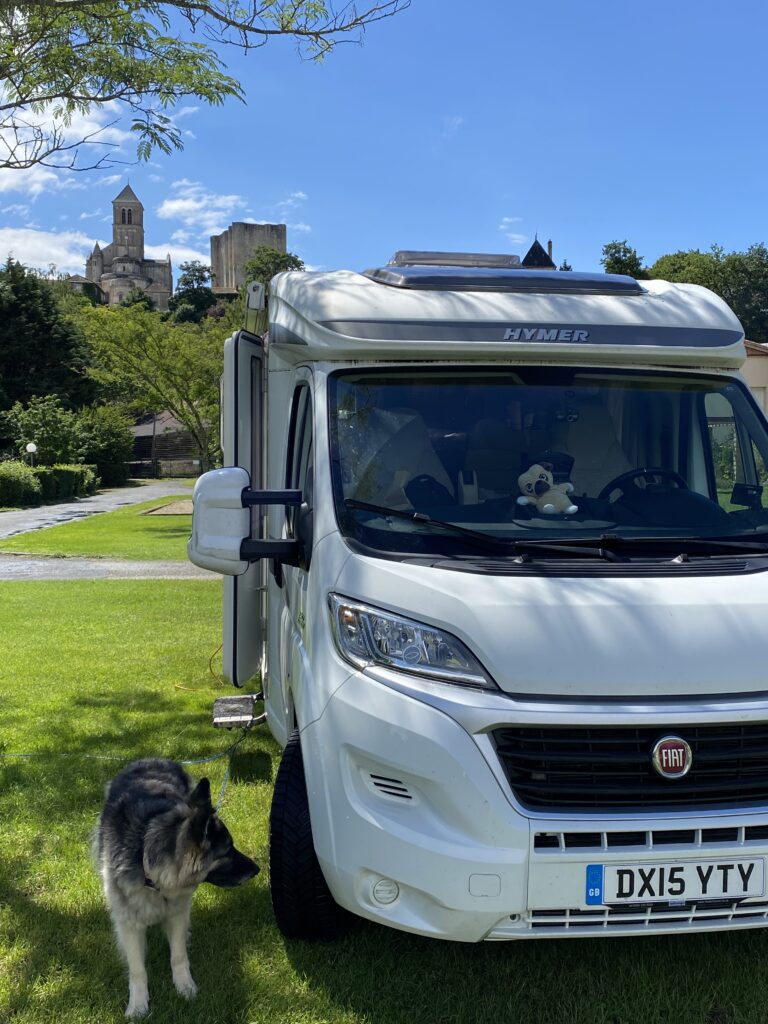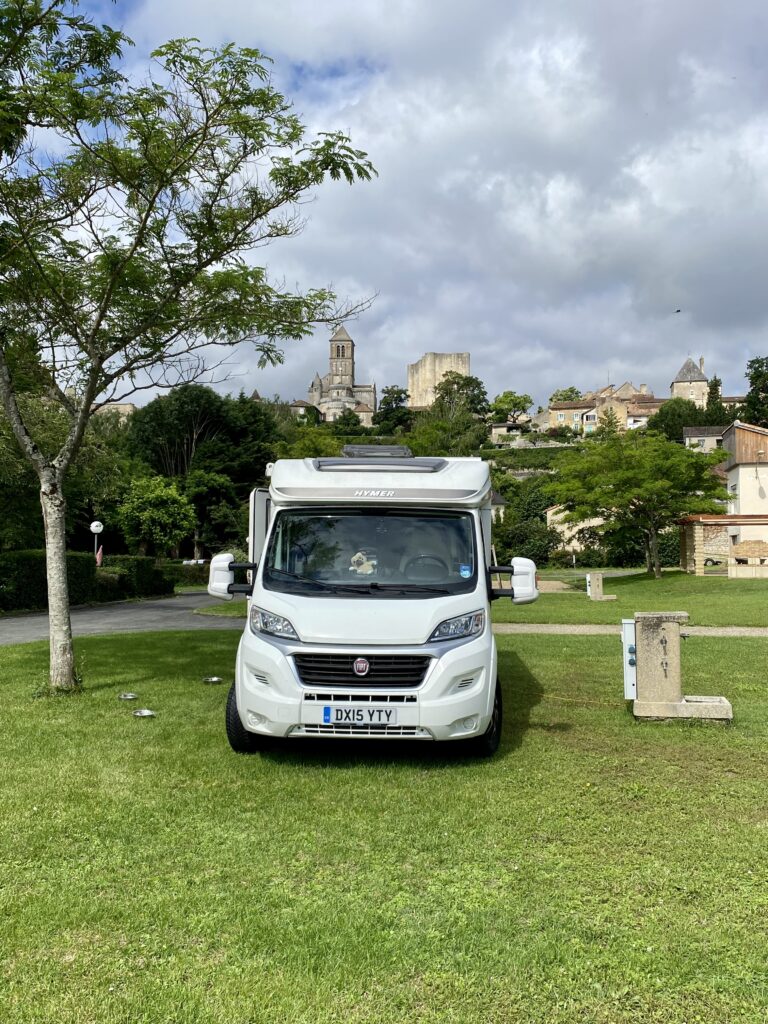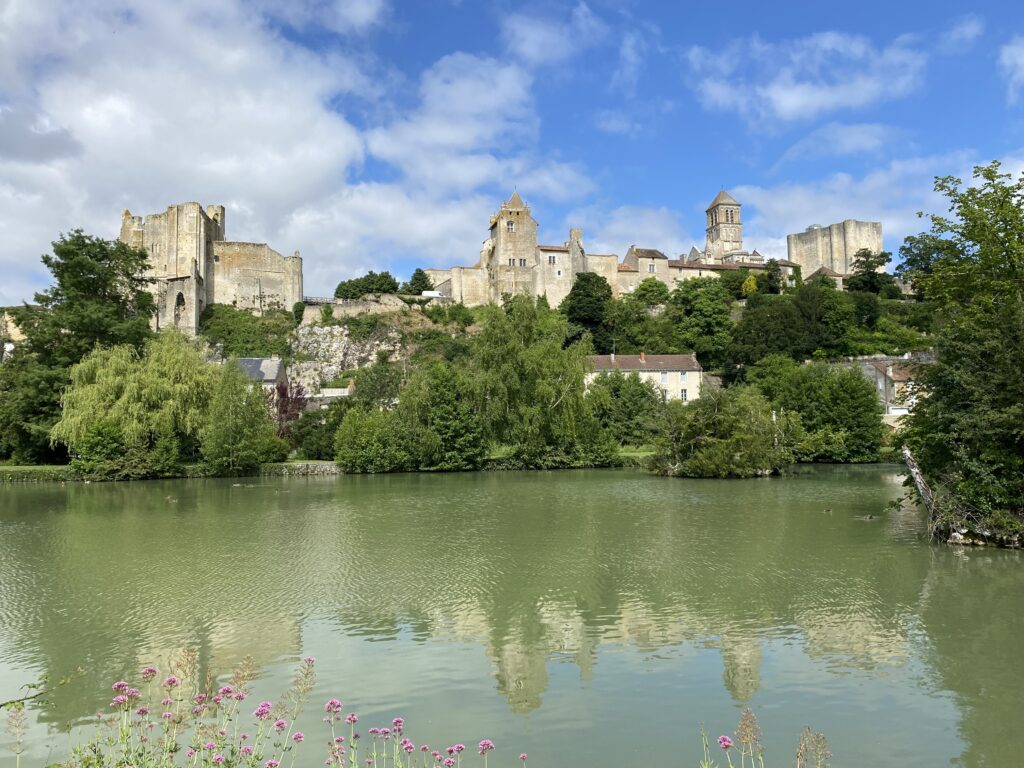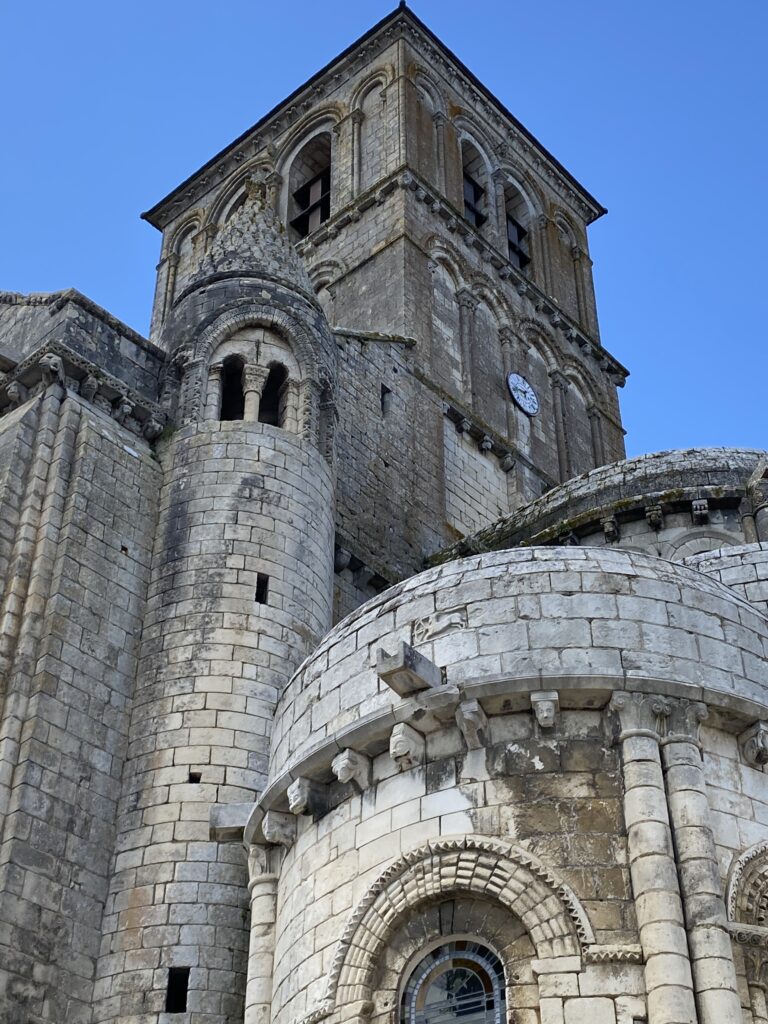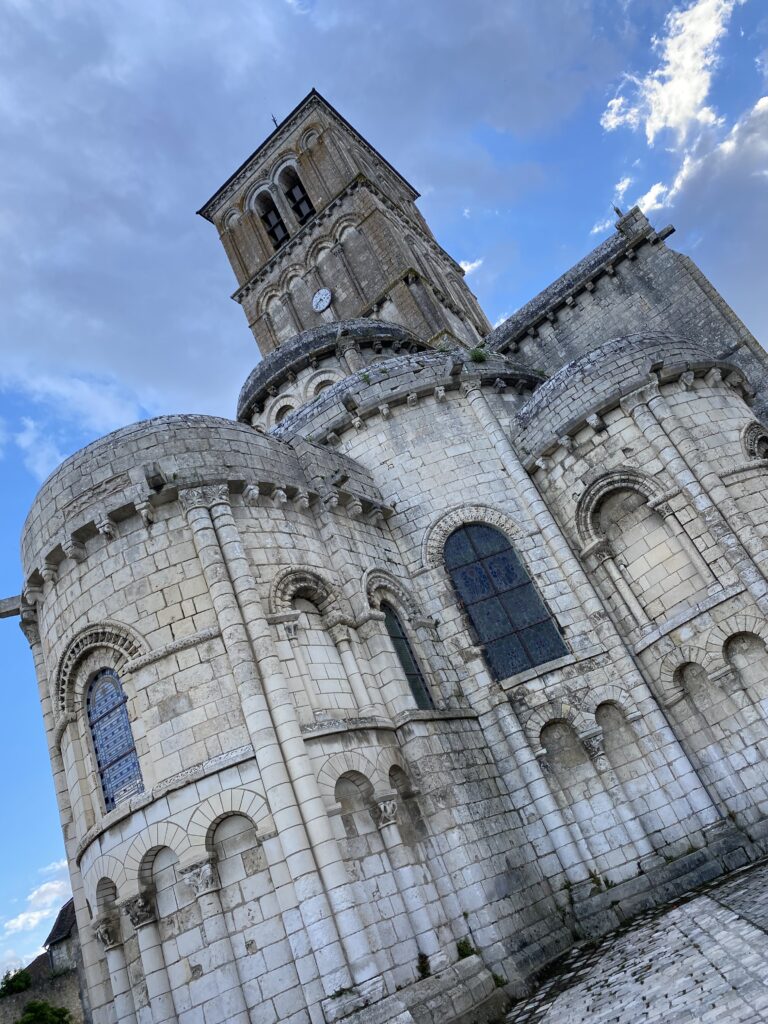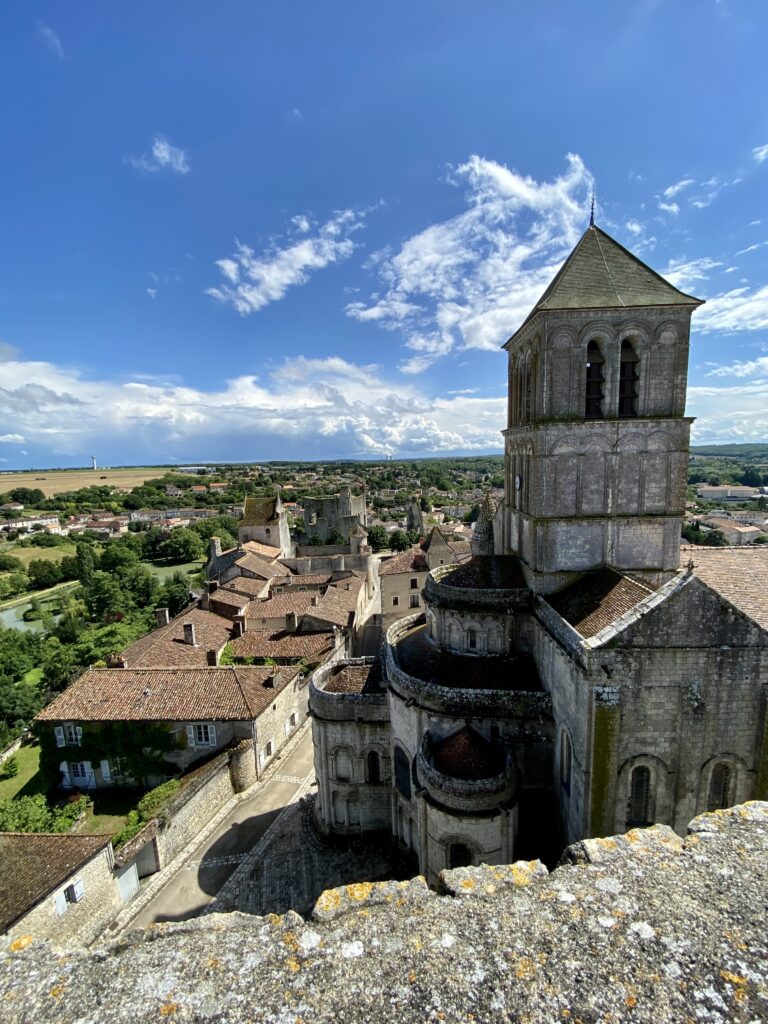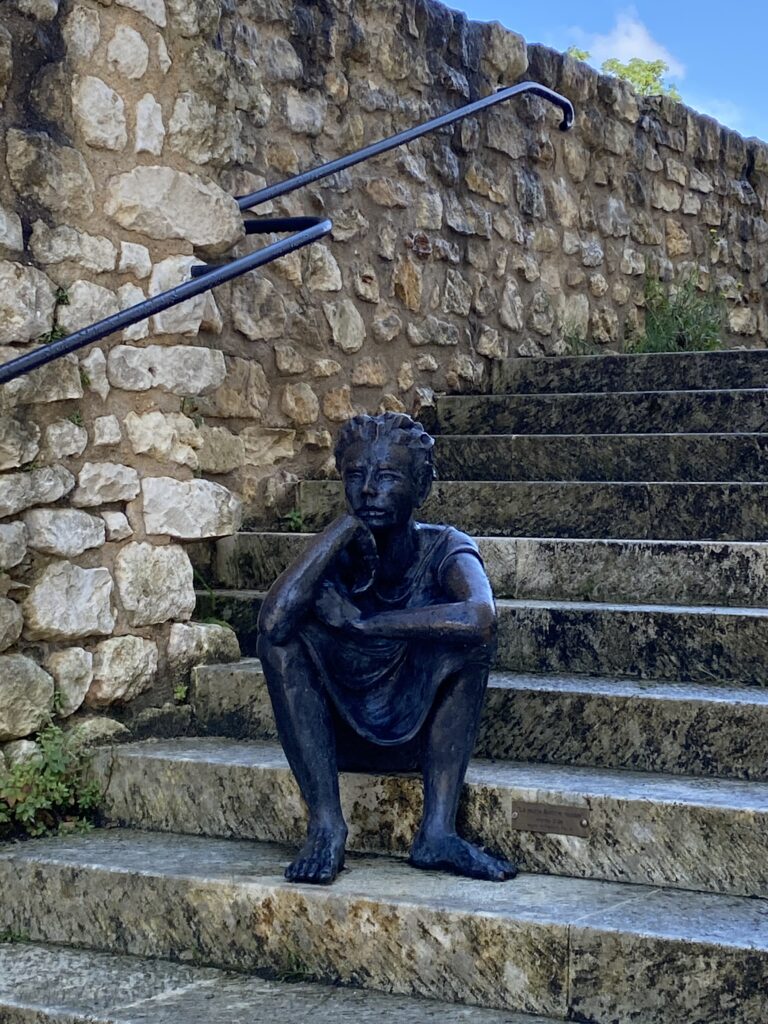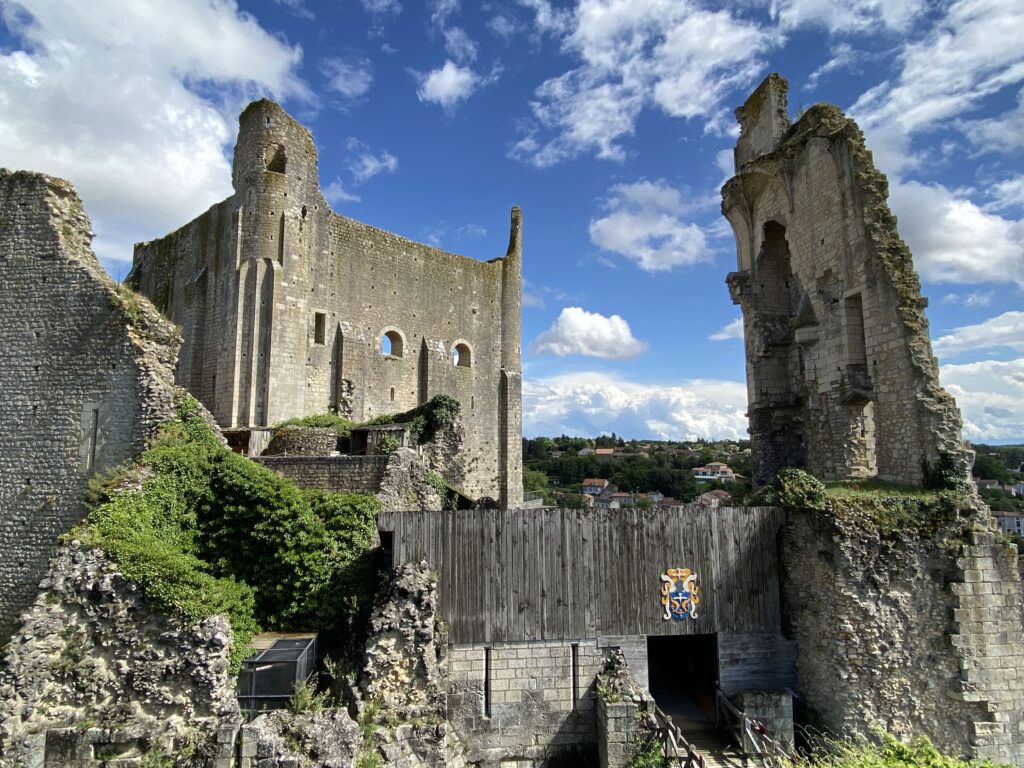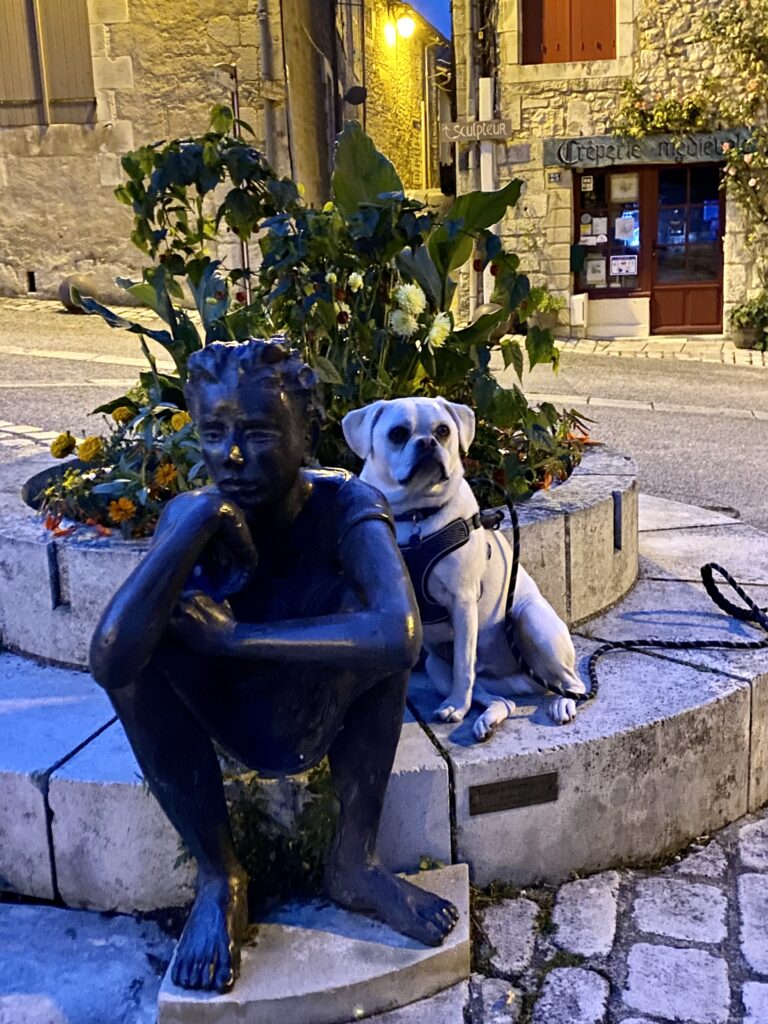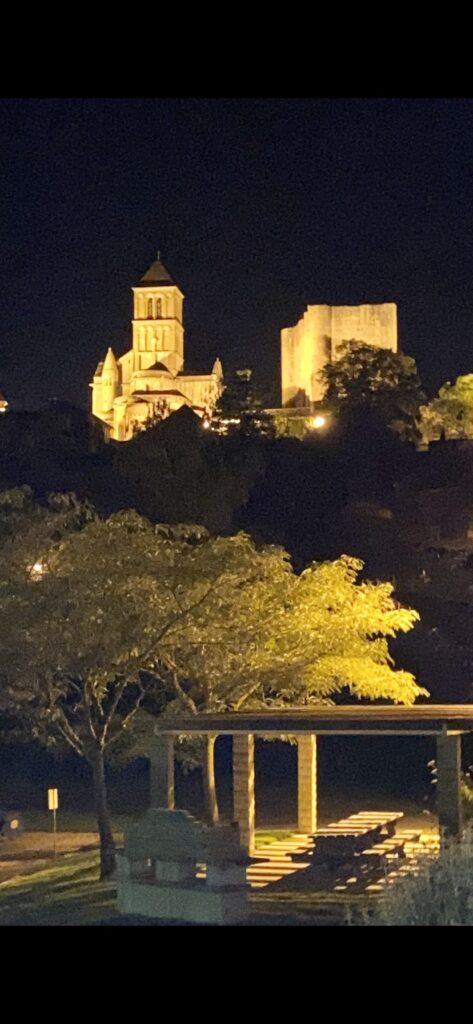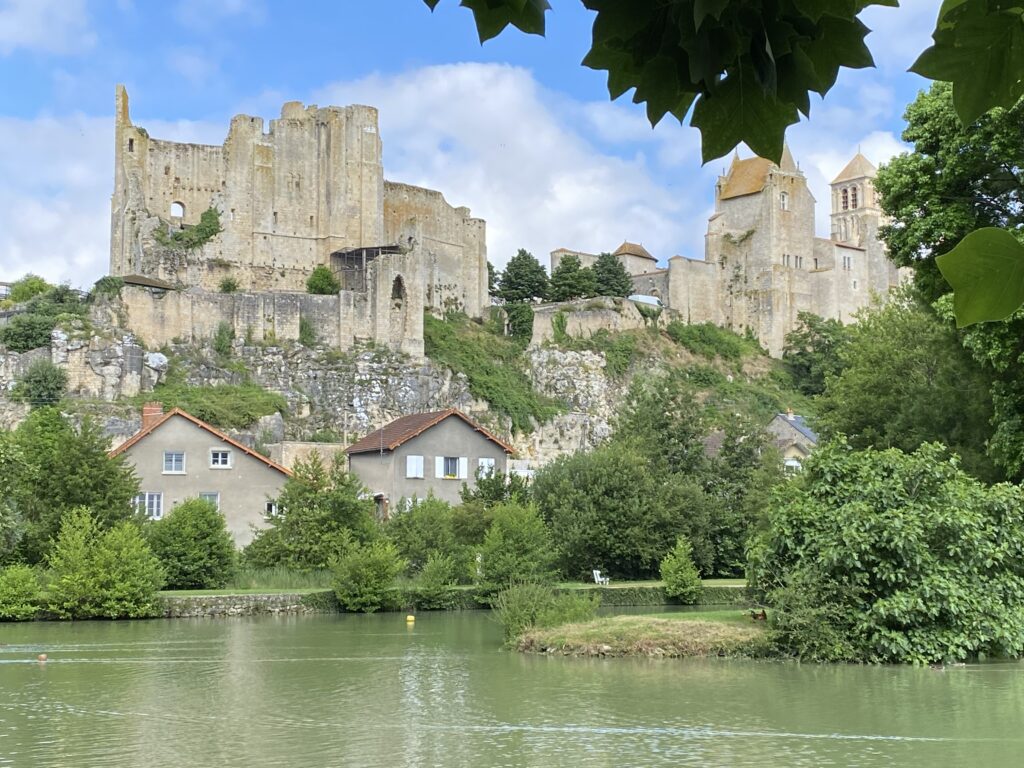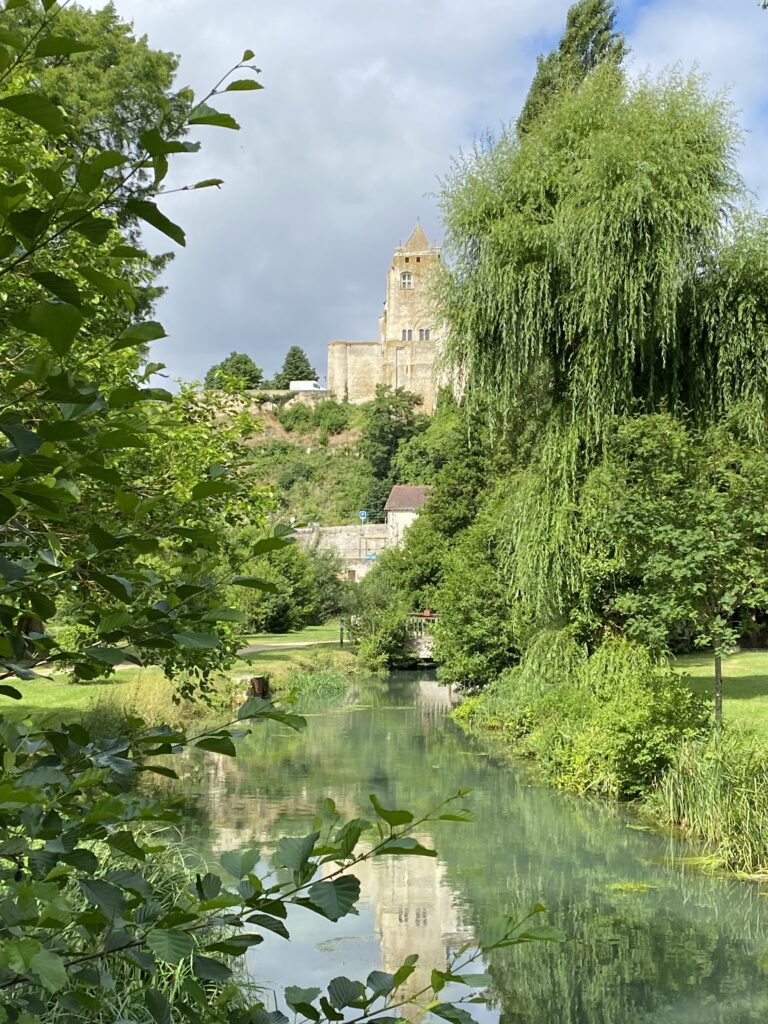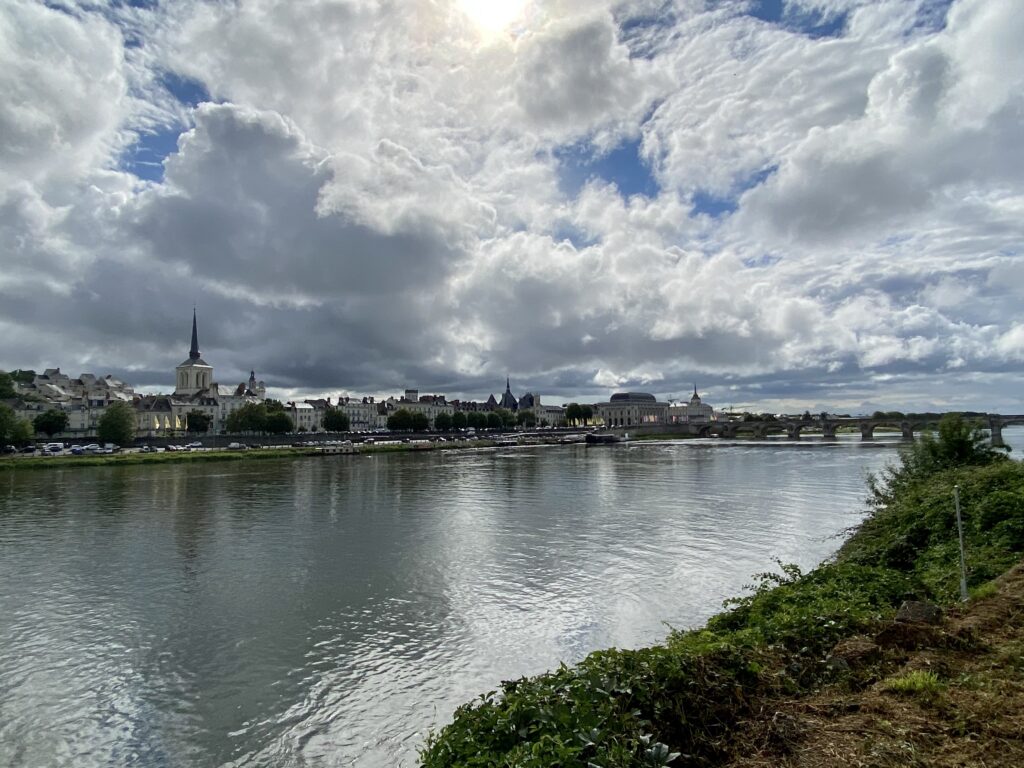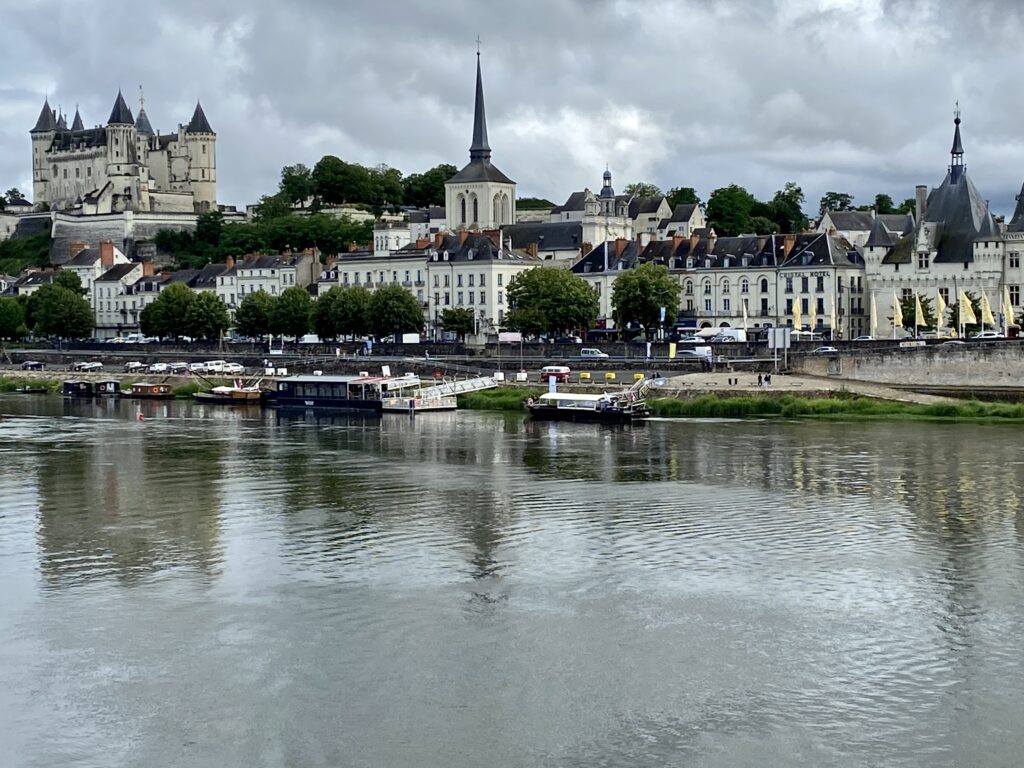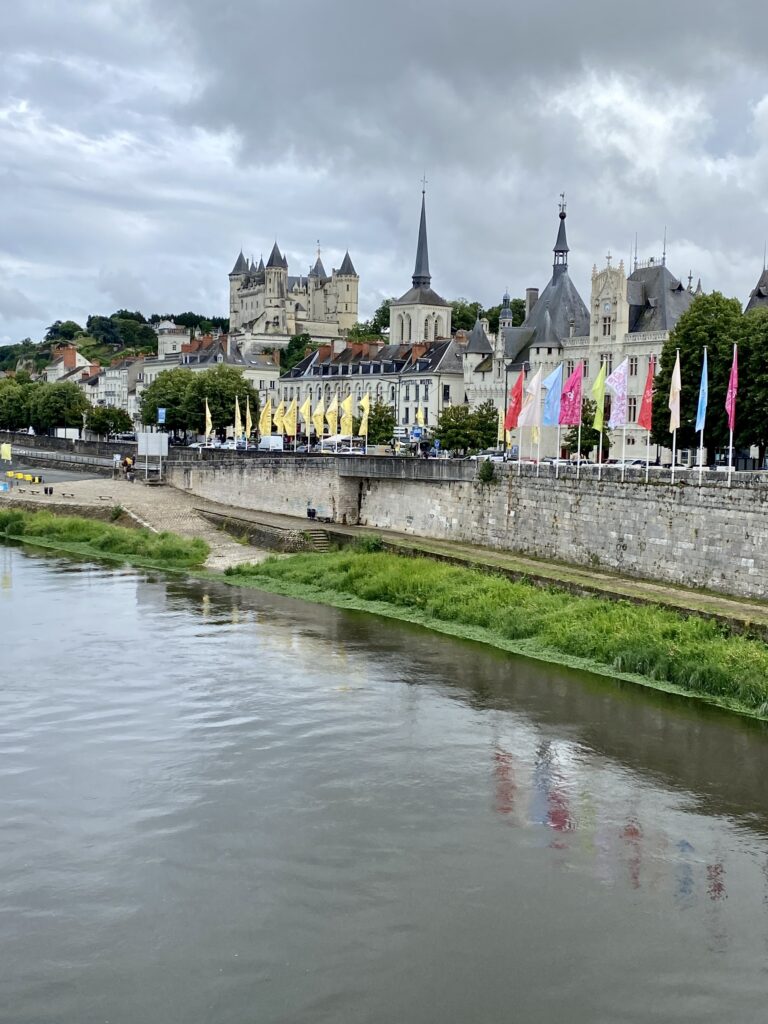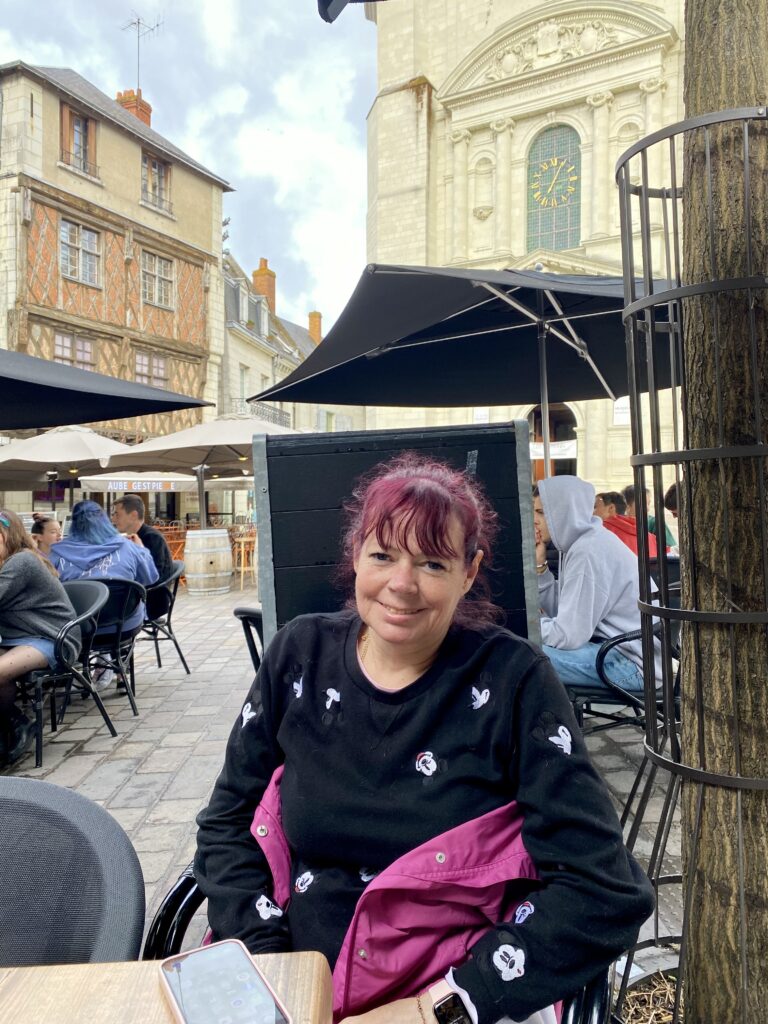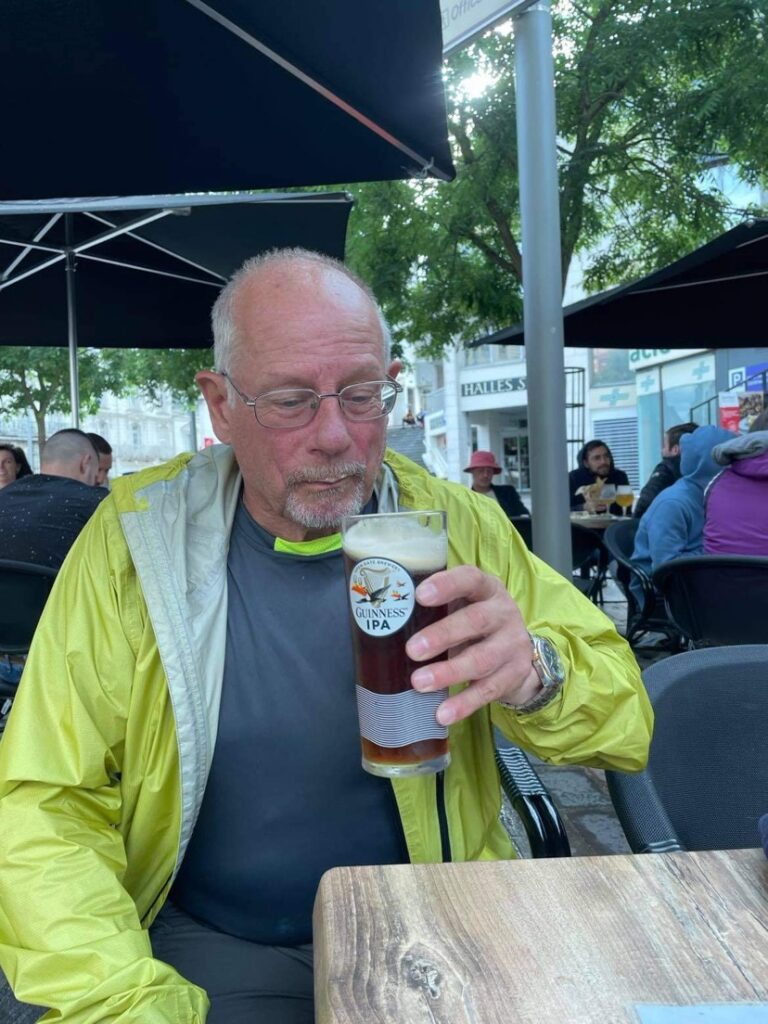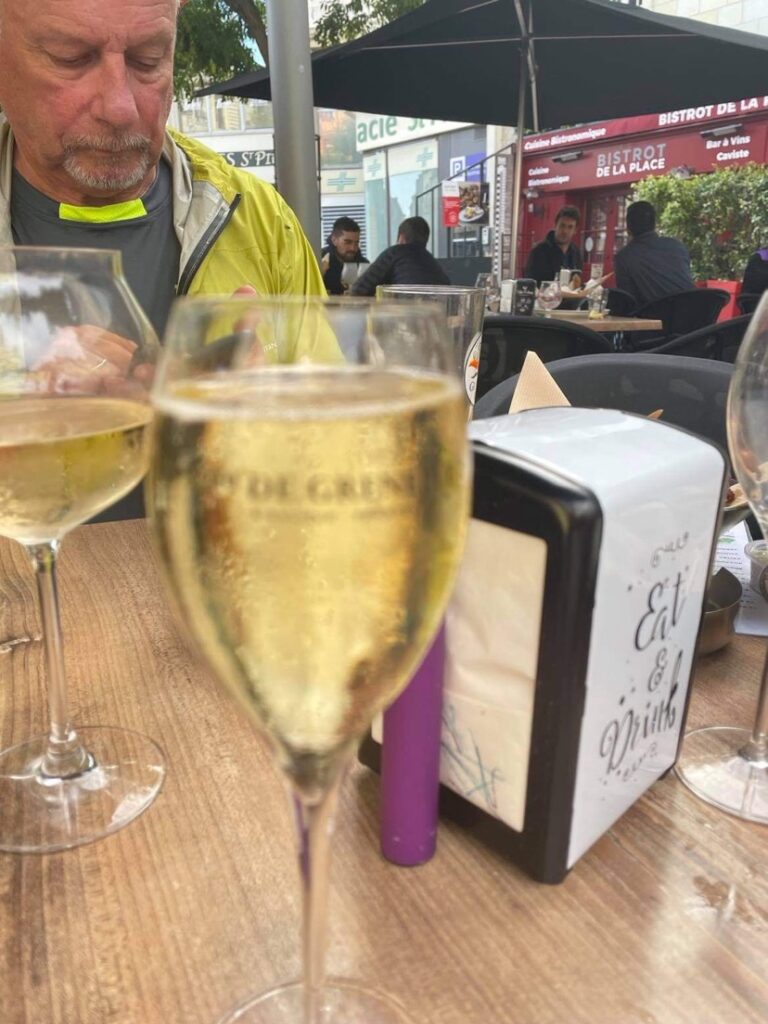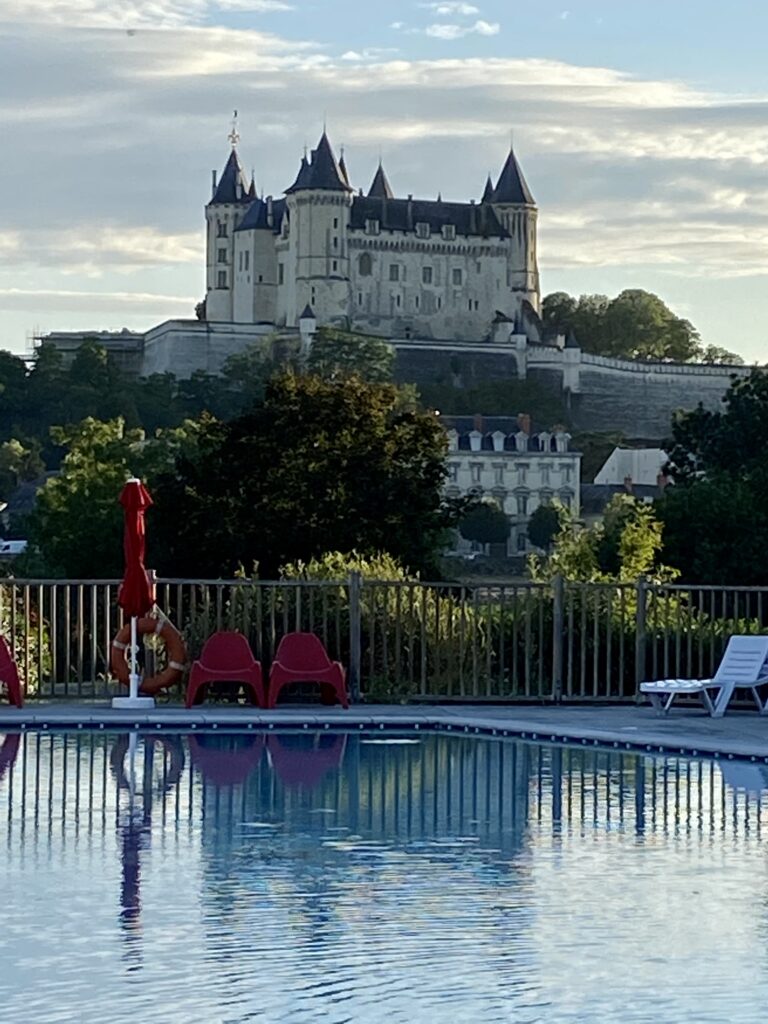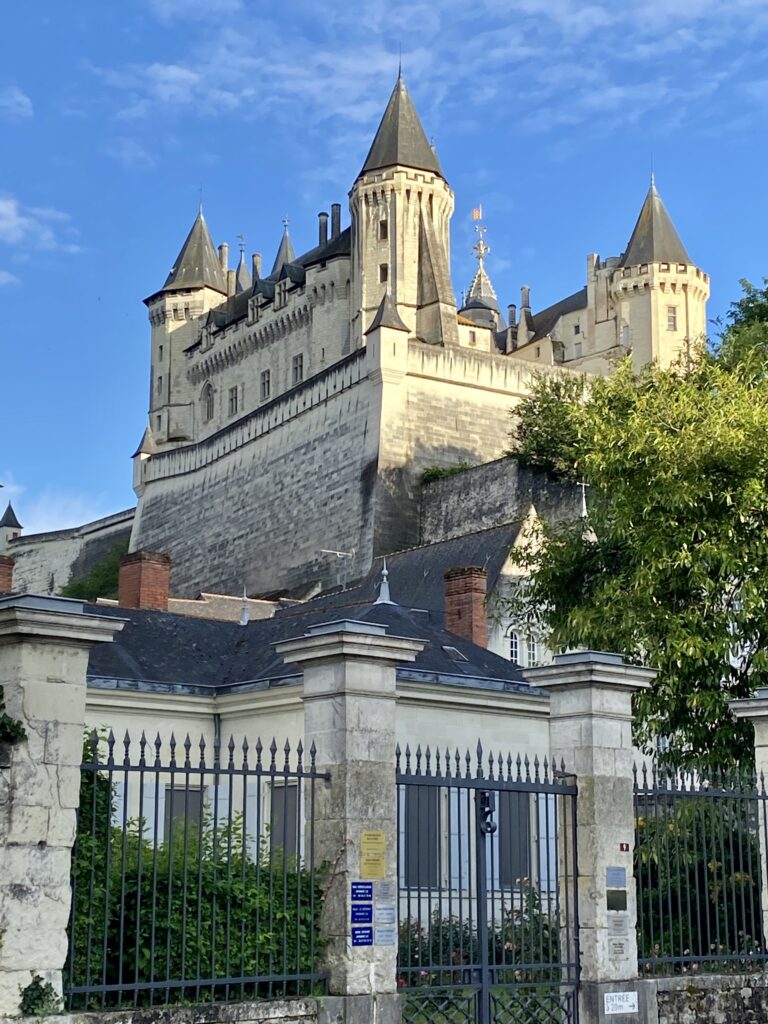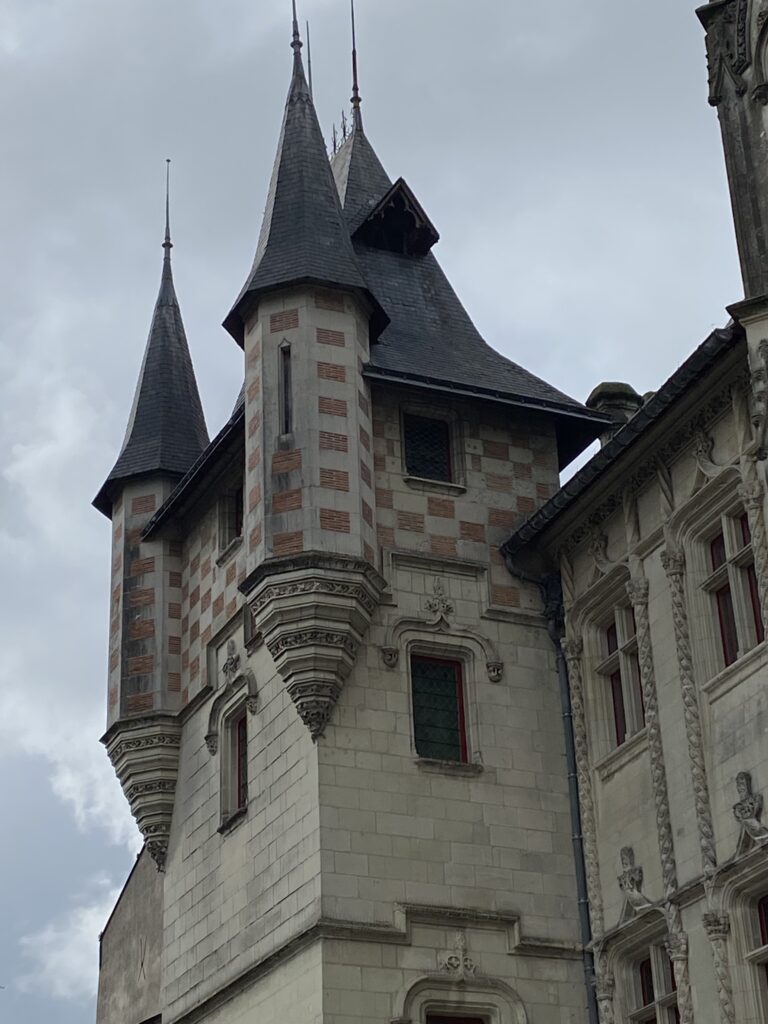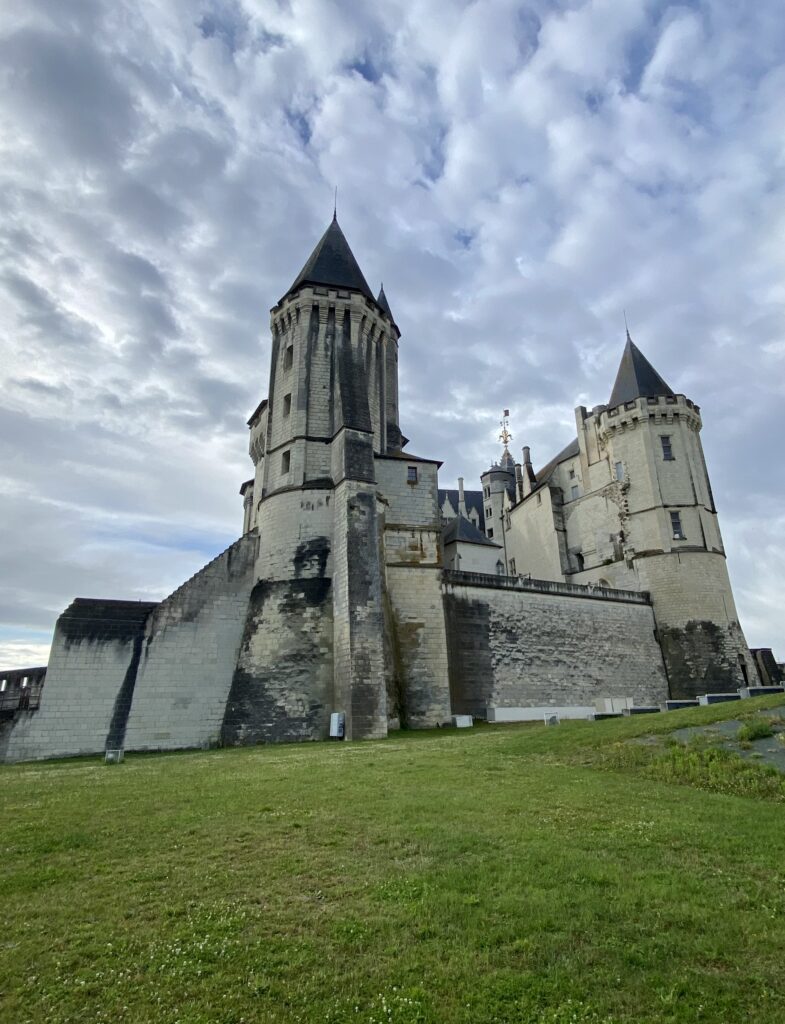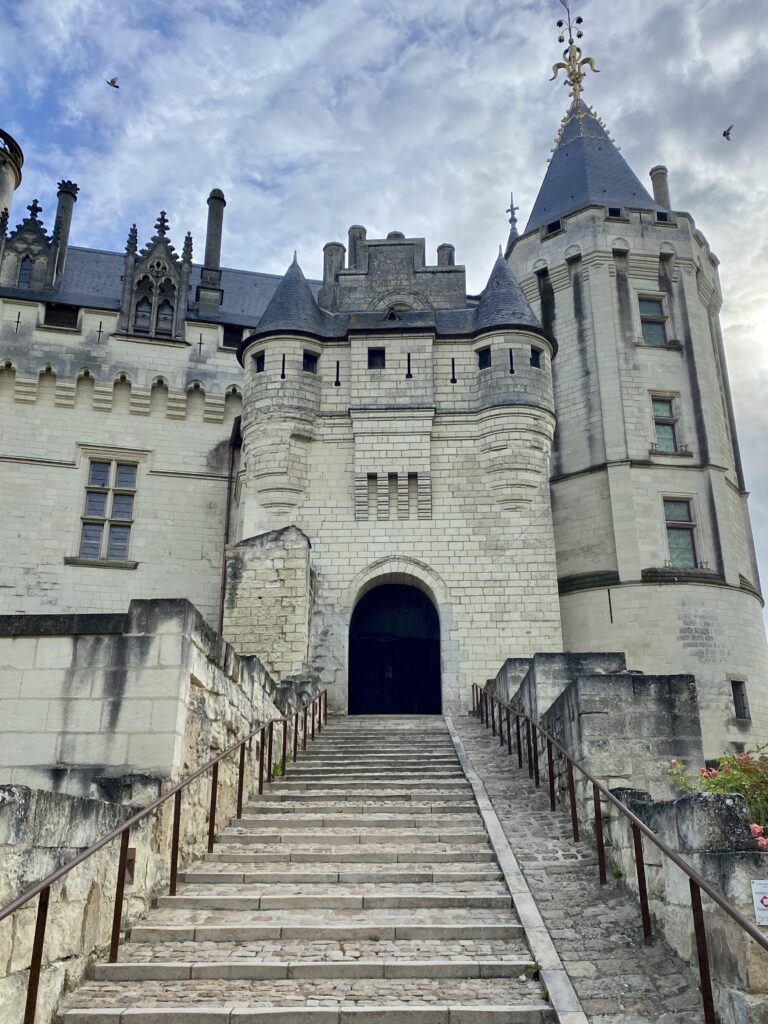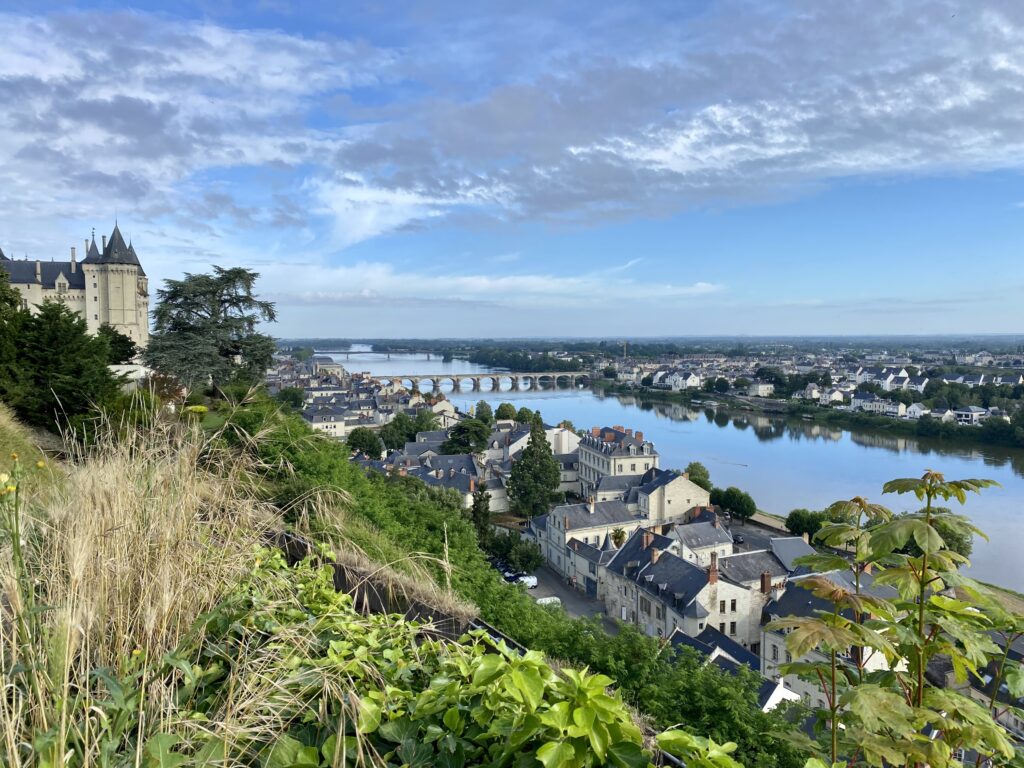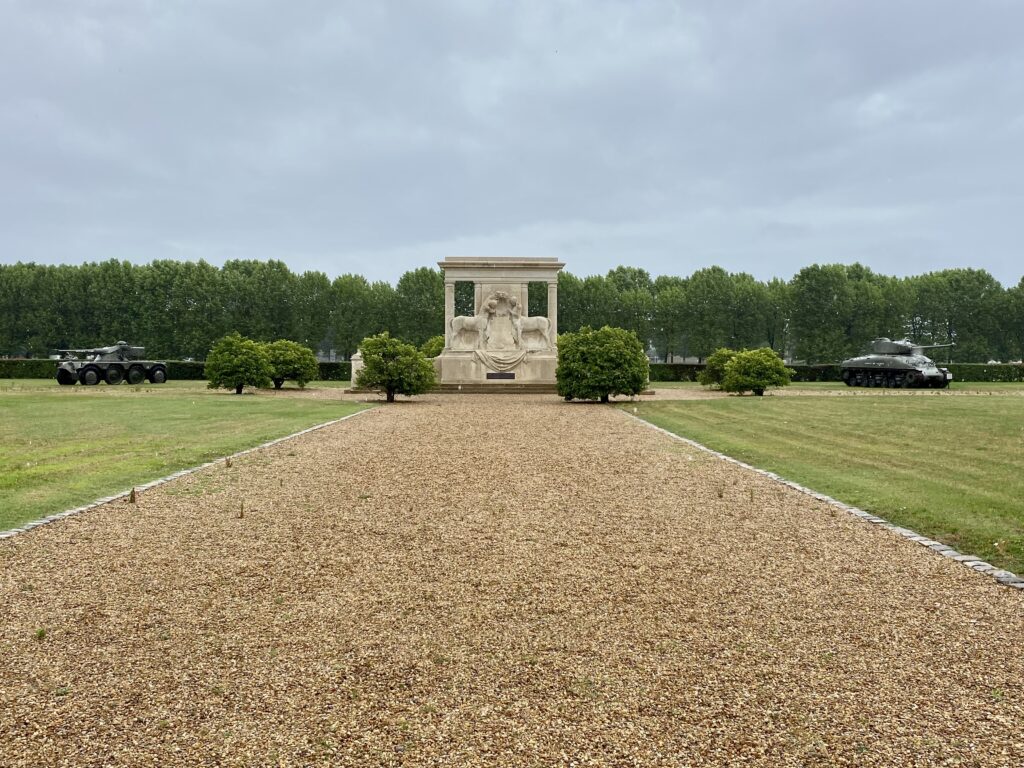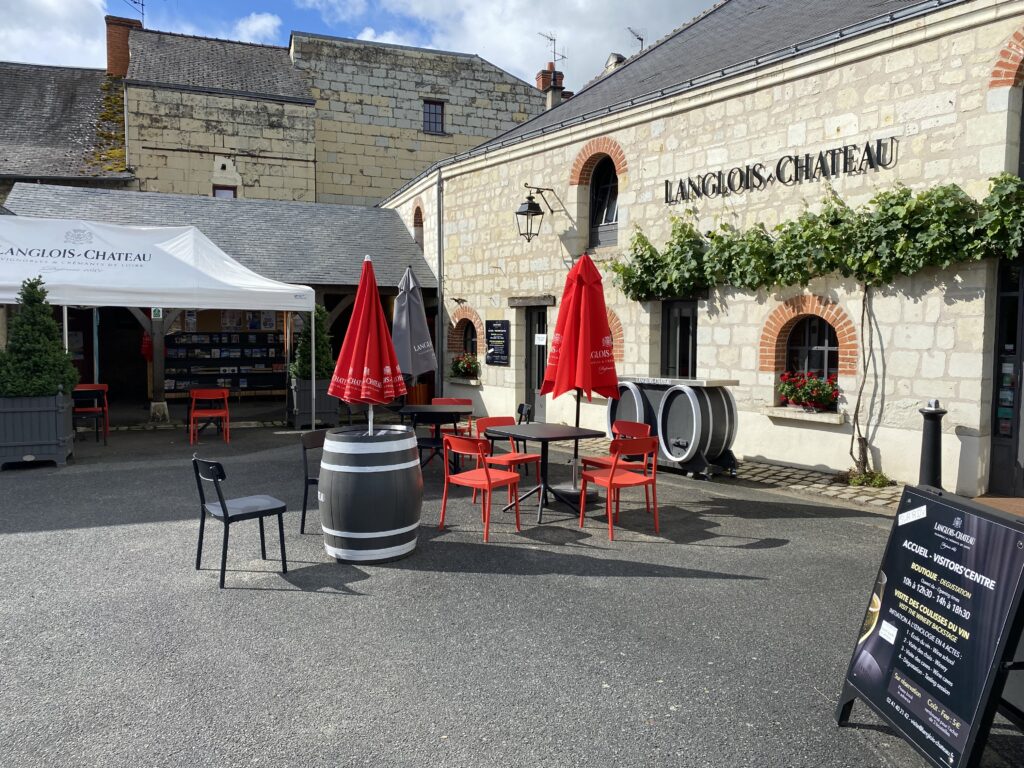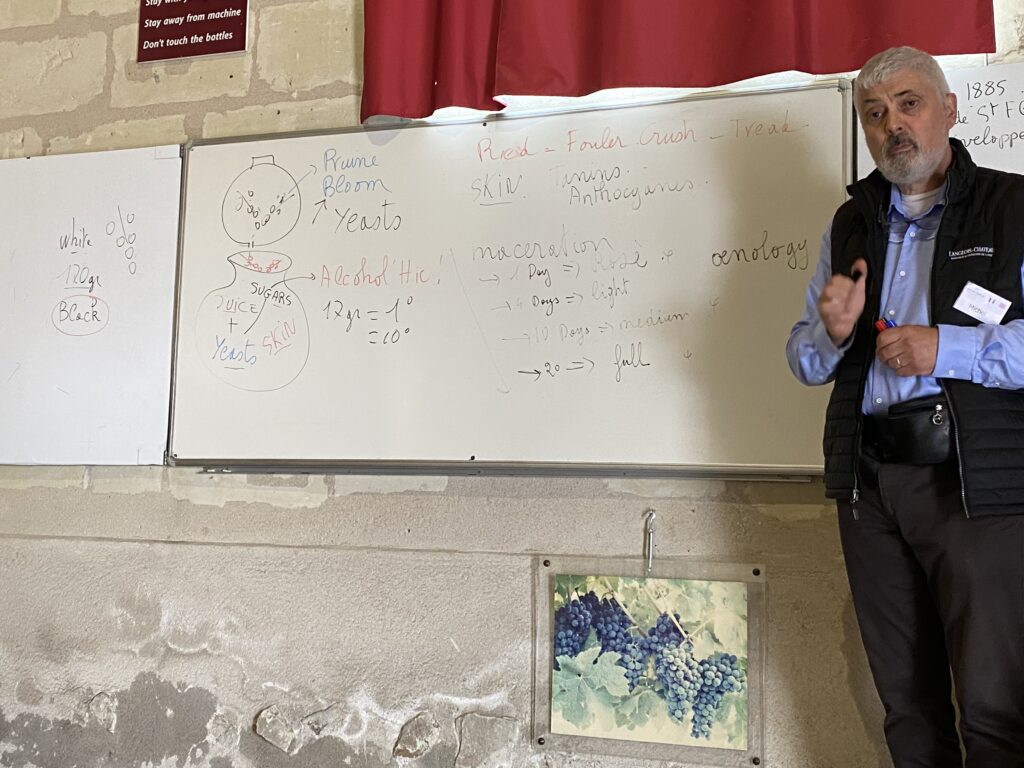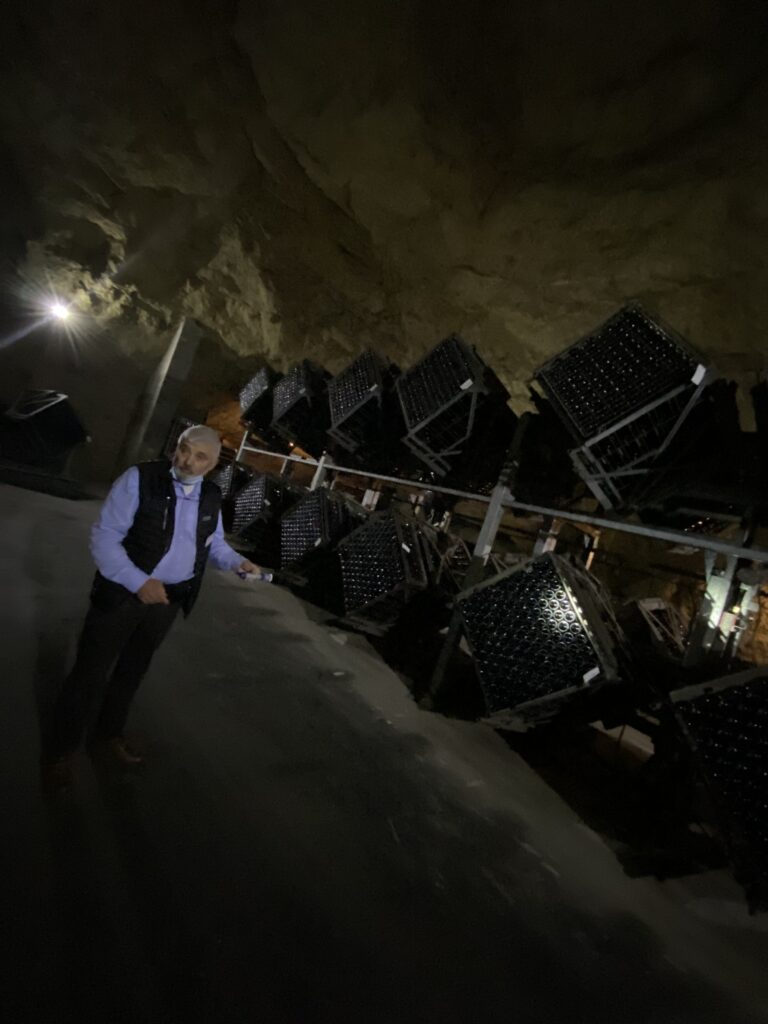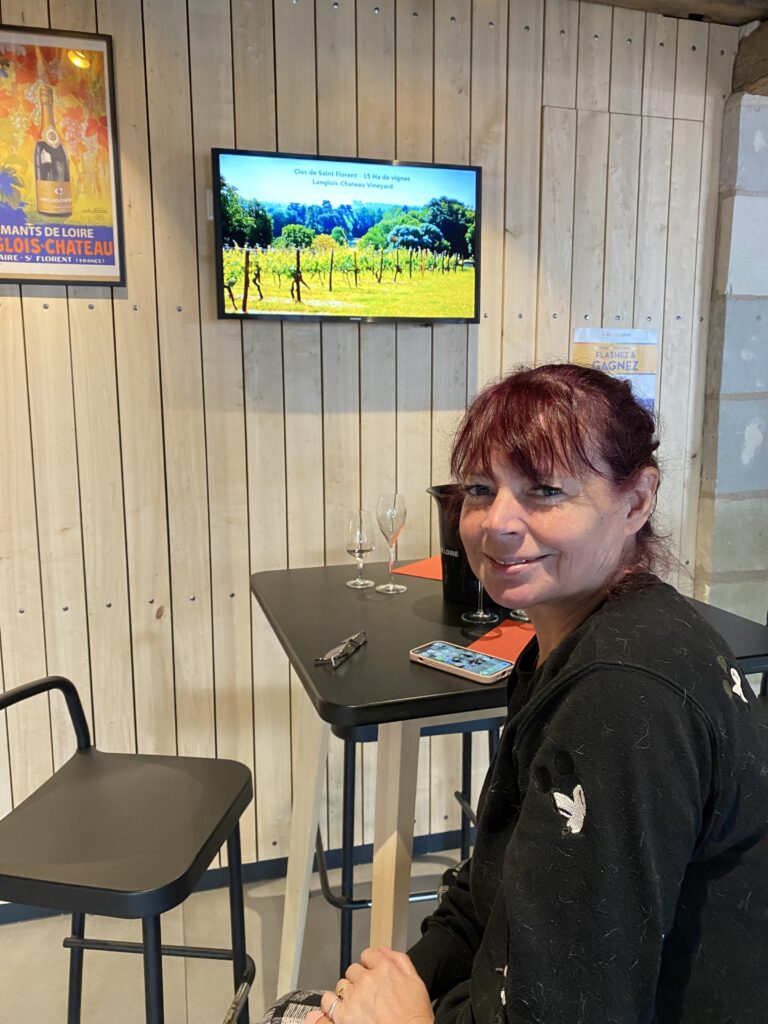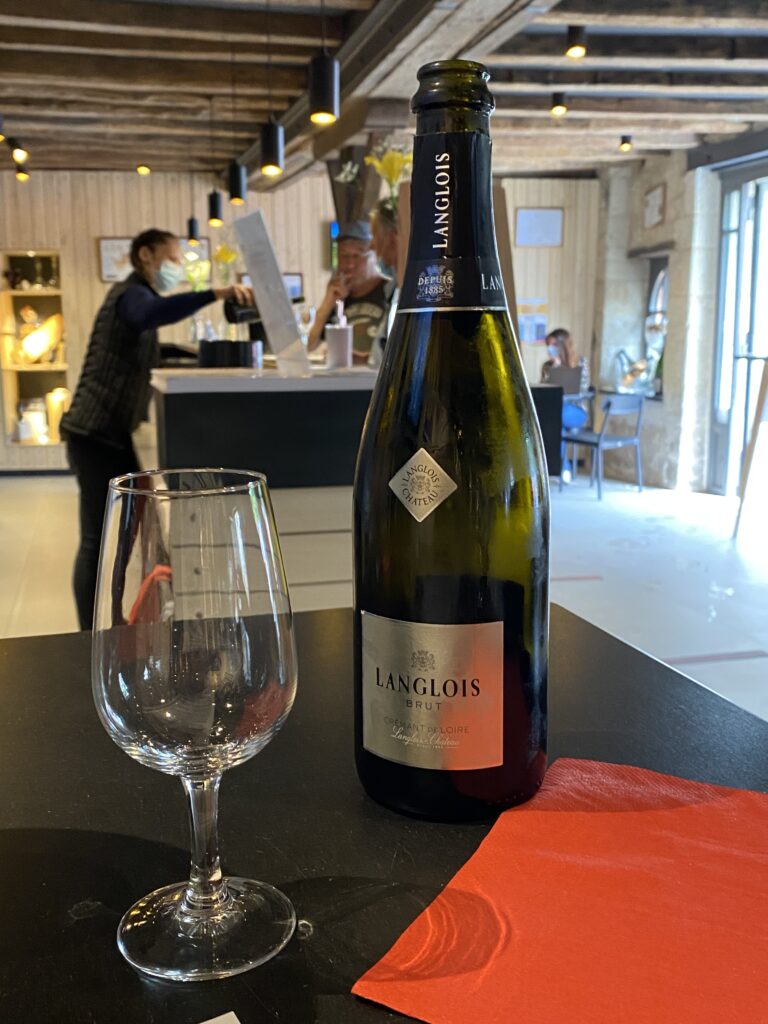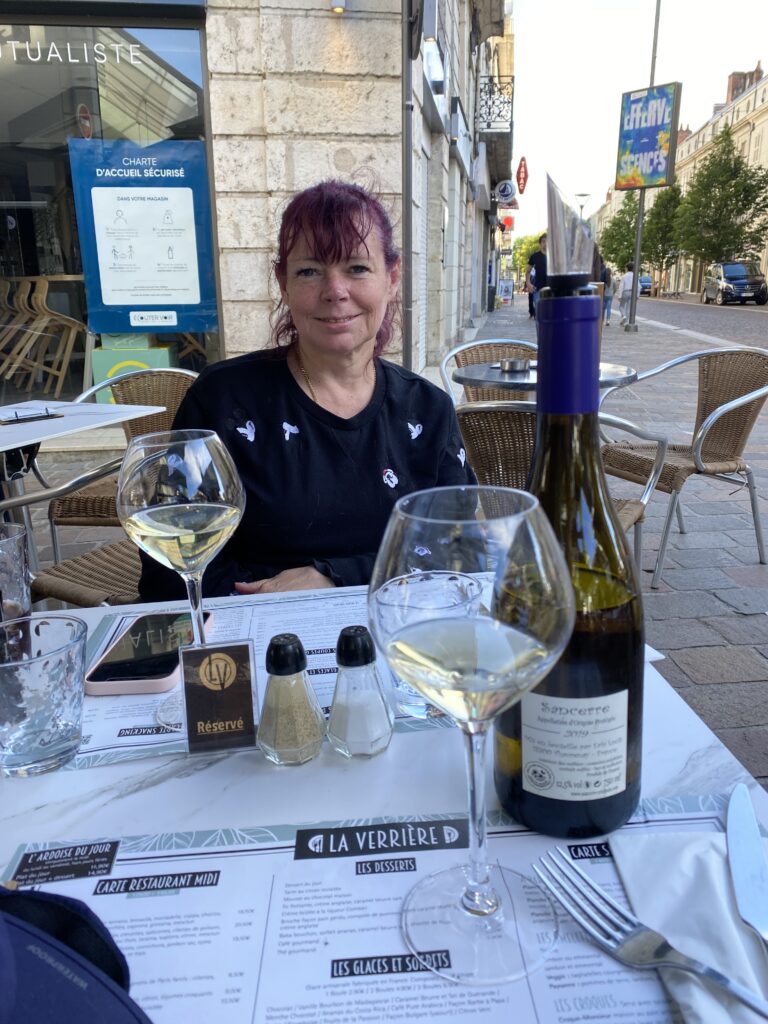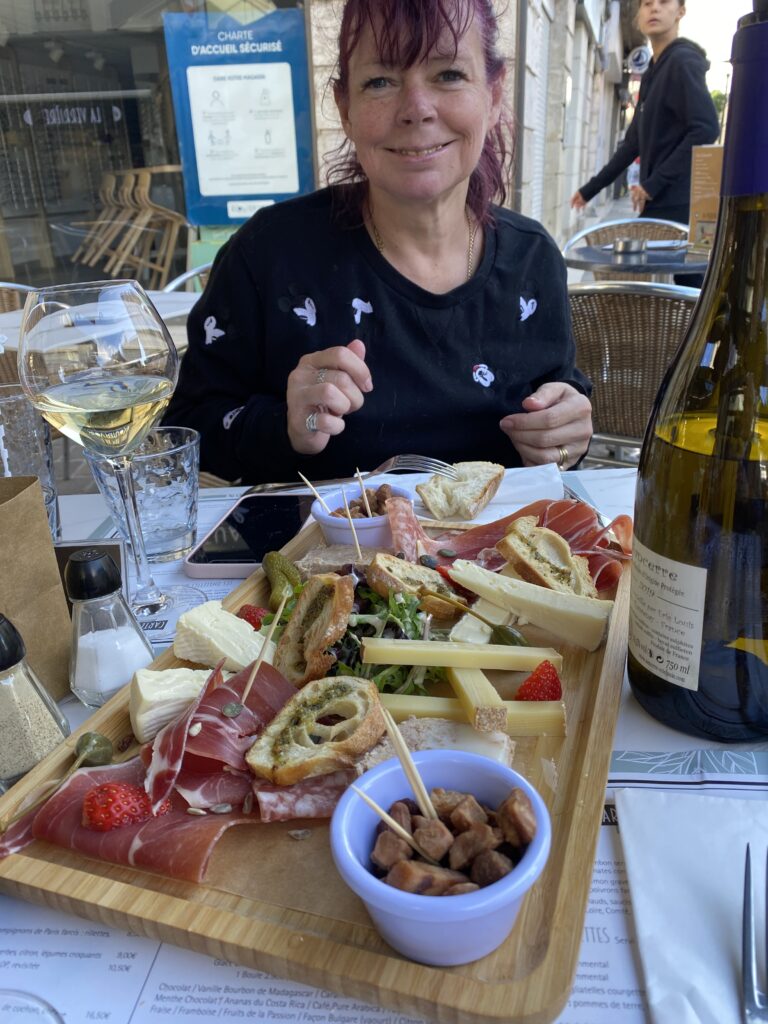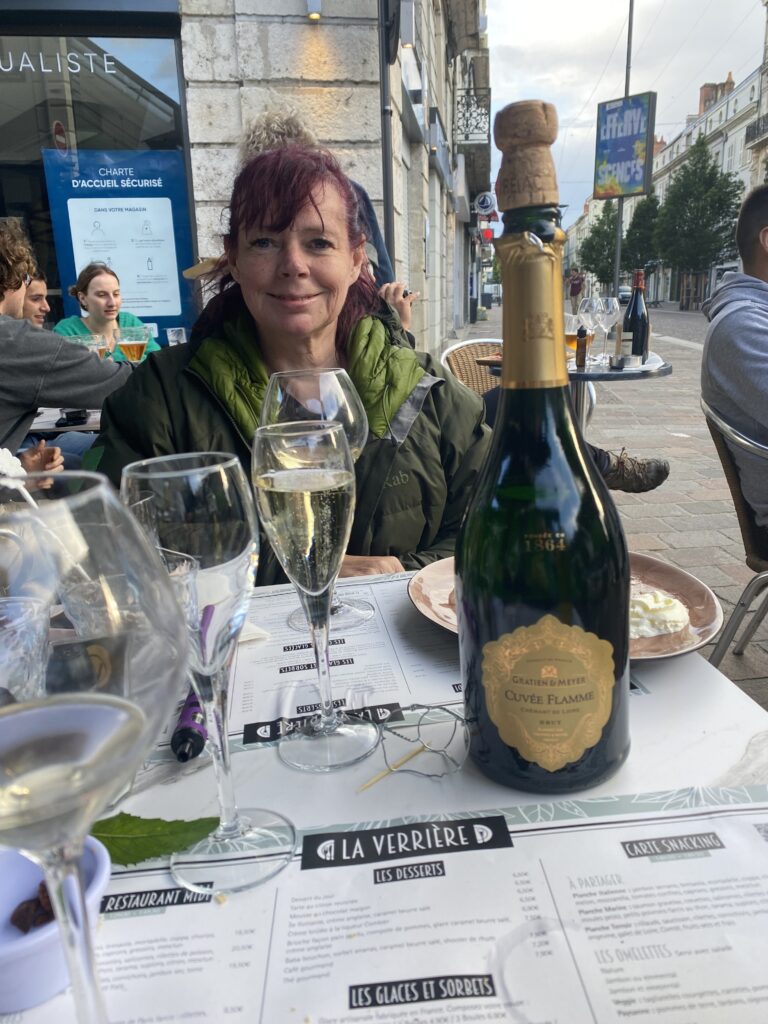Leaving Montagut we headed off towards La Seu d’Urgell in the Catalonian Pyrenees, just to the south of Andorra. Two stages of this year’s Tour de France are being held in Andorra next week and we have it in mind to visit during the event.
We took our time over the journey pausing at Ripoll (to stock up on supplies) and near Cercs on the Panta de la Baells (to enable the dogs to take their now customary morning swim). There were other stops too but these were just brief photo opportunities
We arrived at La Seu d’Urgell early afternoon and and parked up some 3 km outside of town between the two small villages of Castellciutat and Montferrer. This gave me plenty of time to conduct a brief recce of the town. It’s a small, fairly pretty town of some 12,000 people, sitting at the confluence of the Segre and Valira Rivers just 12 miles to the south of Andorra. This area is all about cycling, white water rafting on the Segre and, surprisingly, cheese – Spanish cheese producers descend on the town from all over the country every October for a major cheese fair.
Having walked the 3 kilometres to d’Urgell in 33 degrees centigrade, I was delighted to stumble upon the cool tree lined avenue of Passeig de Joan Brudieu near the centre of the town. A couple bars on the avenue were open and locals of all ages were simply sitting in the shade and chatting over a beer, wine or coffee. I can appreciate now why such avenues are a feature of so many Spanish towns. They provide much needed relief from the hot afternoon sun.
From the Avenue I made my way to the old(er) part to the town where most of the shops sit in a stone arcade (which, once again, is designed to protect the local inhabitants from the sun) and that arcade led me to the Romanesque Catedral de Santa Maria.
Just a short walk from the Cathedral is the Olympic Park which was built for the 1992 Barcelona Olympics. The white water canoeing and kayaking events were held there in 1992 and while those same sports facilities are now available for locals to use, much of the area has been given over to gentler pursuits. For instance, there are now two very welcoming bars in the complex (not that I had time to use them – I had to get back to the Van for the football – England v Italy in the European Championship Final at Wembley).
And so to the football, after starting brilliantly (England were 1-0 up within just 2 minutes following a great strike by Luke Shaw) it turned into a disaster with Italy first equalising and then, after extra time was played without any further score, winning on penalties. The saddest thing is that Italy deserved their win.
The football was memorable on two counts. Firstly, England lost despite having the home advantage and being odds on favourites. The second was the electrical storm which hit us just after Italy equalised. Strong winds came from nowhere and caused absolute havoc across the campsite. We made it into the Van just before the thunder, lightening and heavy rain struck. We got away with it but some serious damage was caused to the vehicles and tents of people camped both sides of us.
The next day was about my visiting the two local villages of Castellciutat and Montferrer and finding us a pub for lunch. That was easy. Montferrer has no shops, bars or restaurants – absolutely nothing. Castellciutat has only the one pub but it did us proud. Despite it being Sunday (or because of it?) the pub was packed with locals who all seemed to know each other and the mood was lively and friendly. Add that the beer and food was good and inexpensive and we were more than happy to while away a good two hours sitting at a table outside and relaxing.
And so to Andorra…

